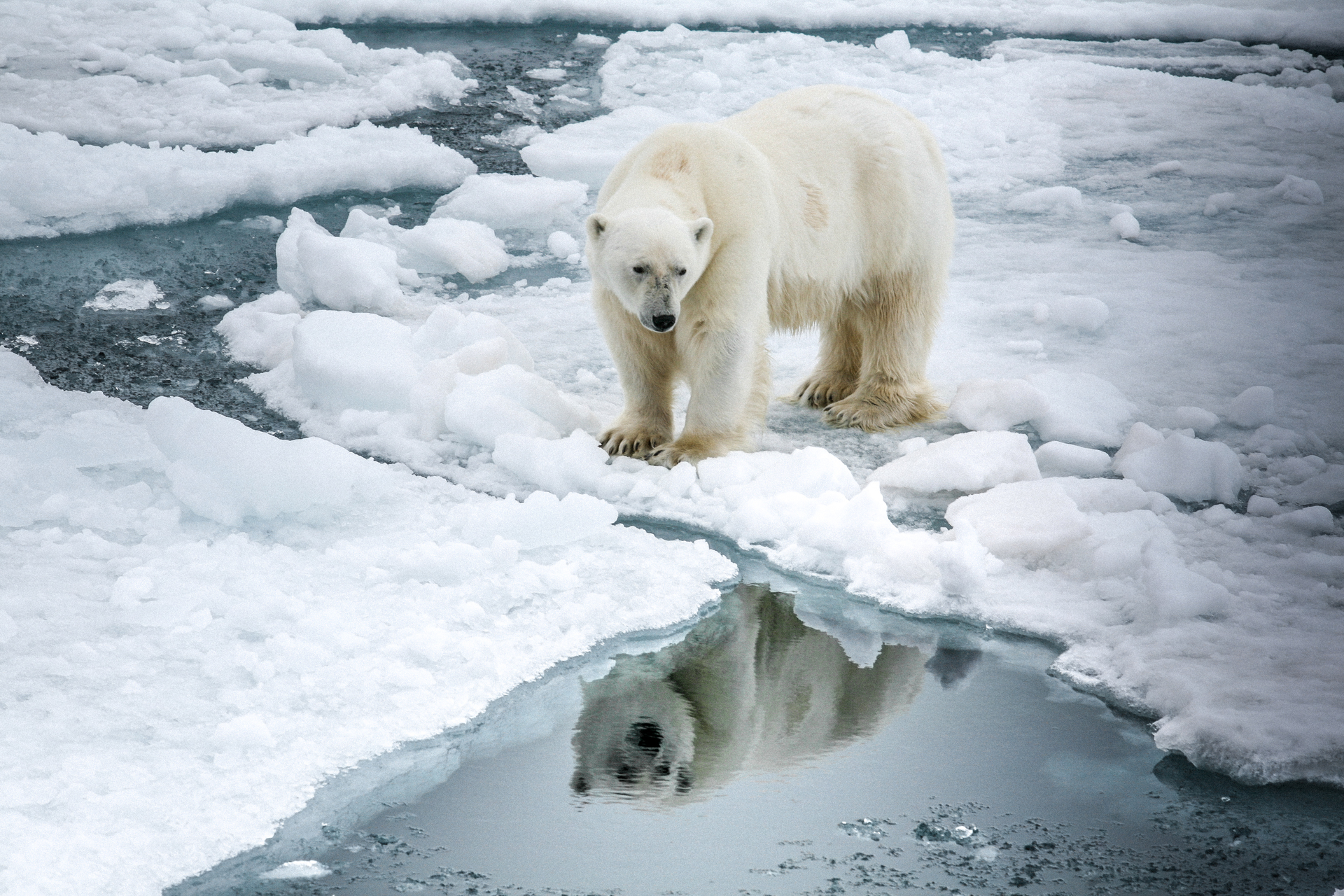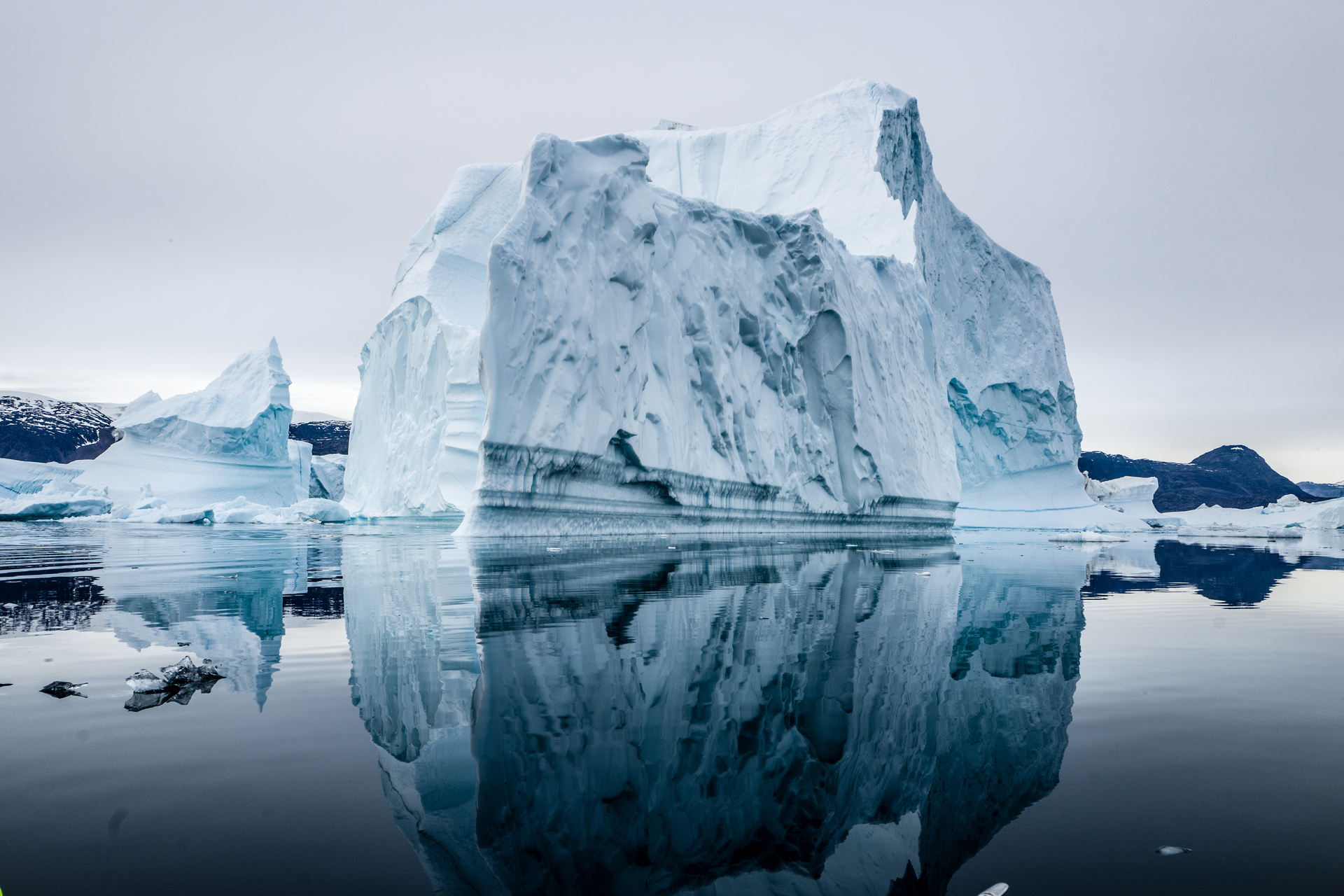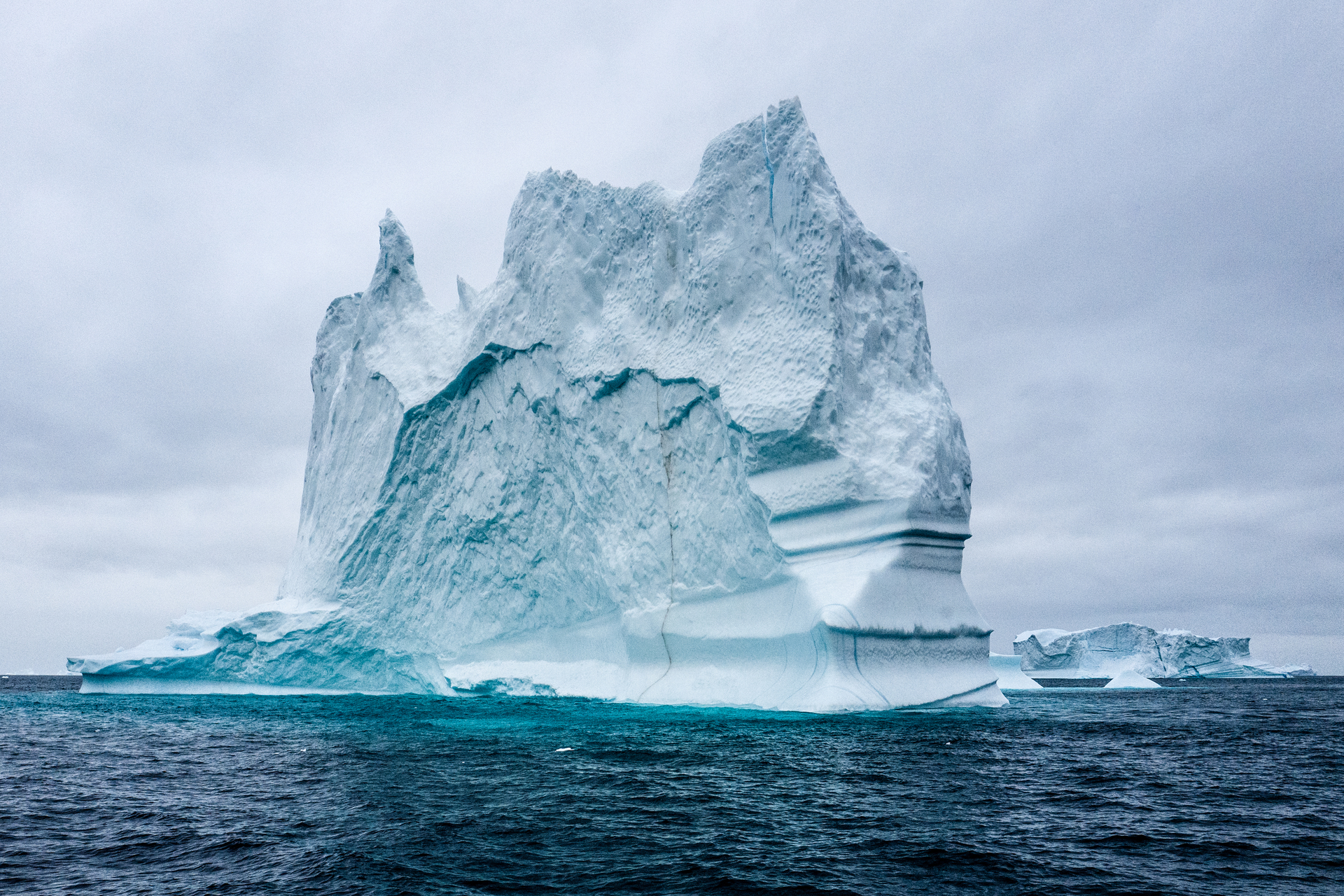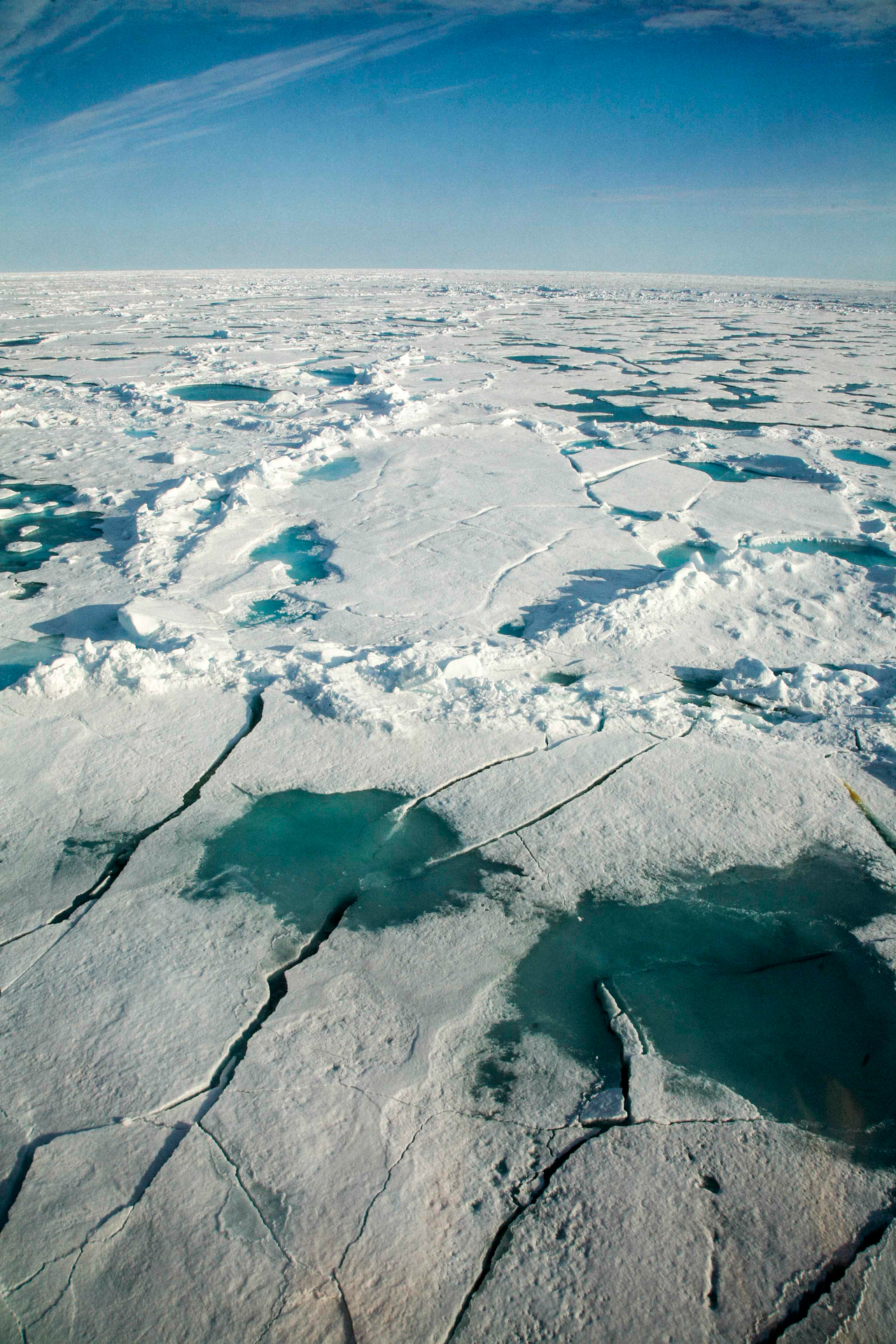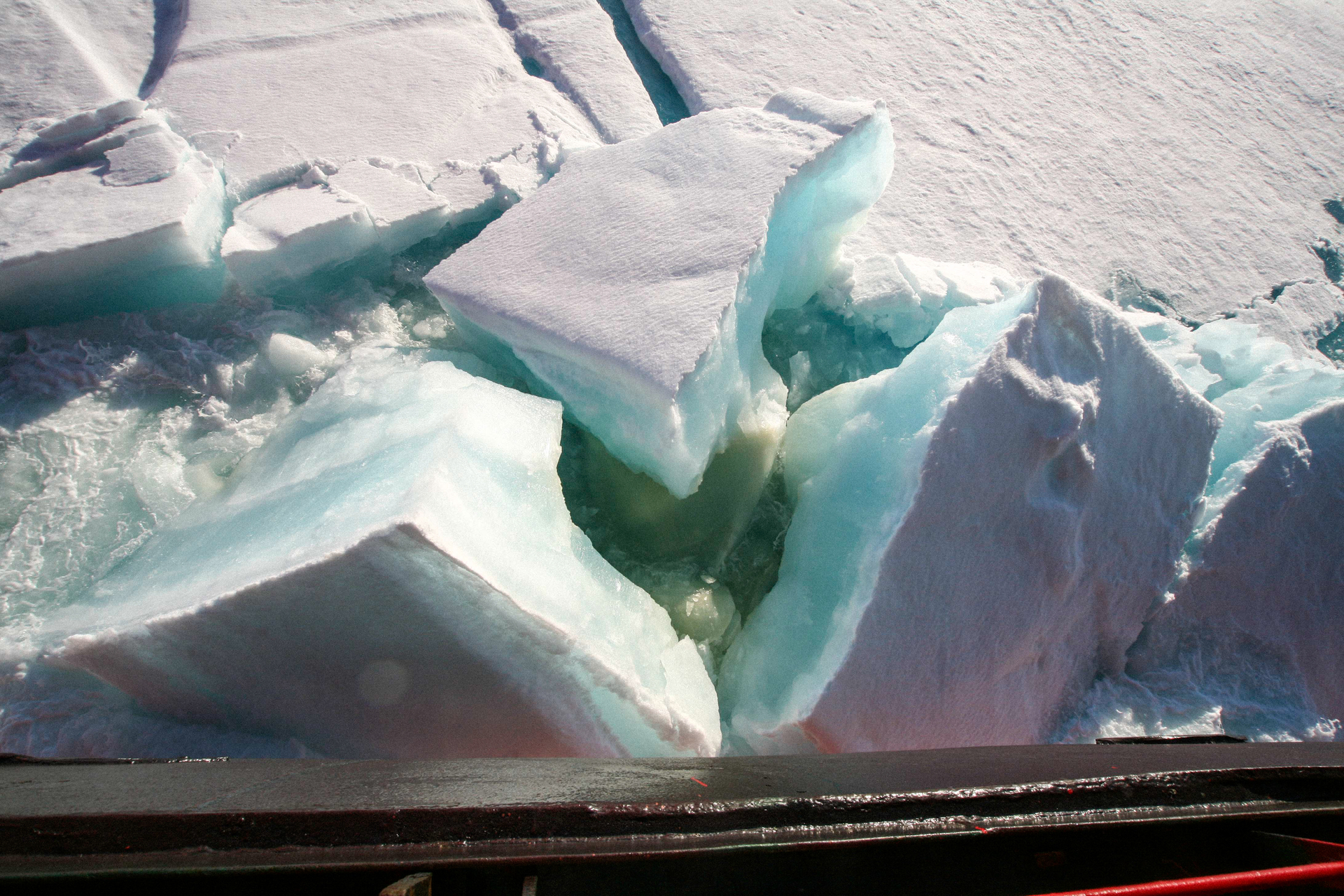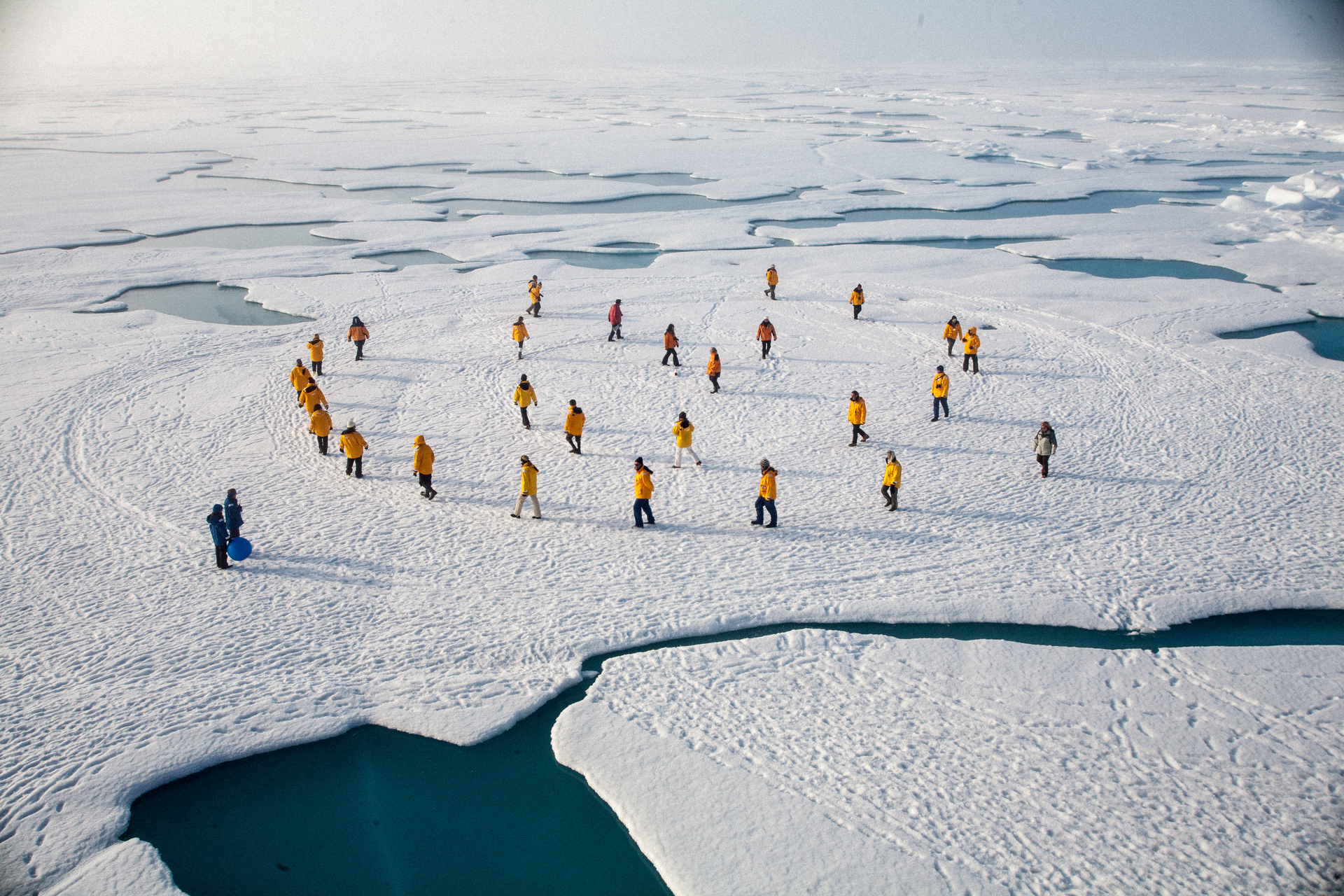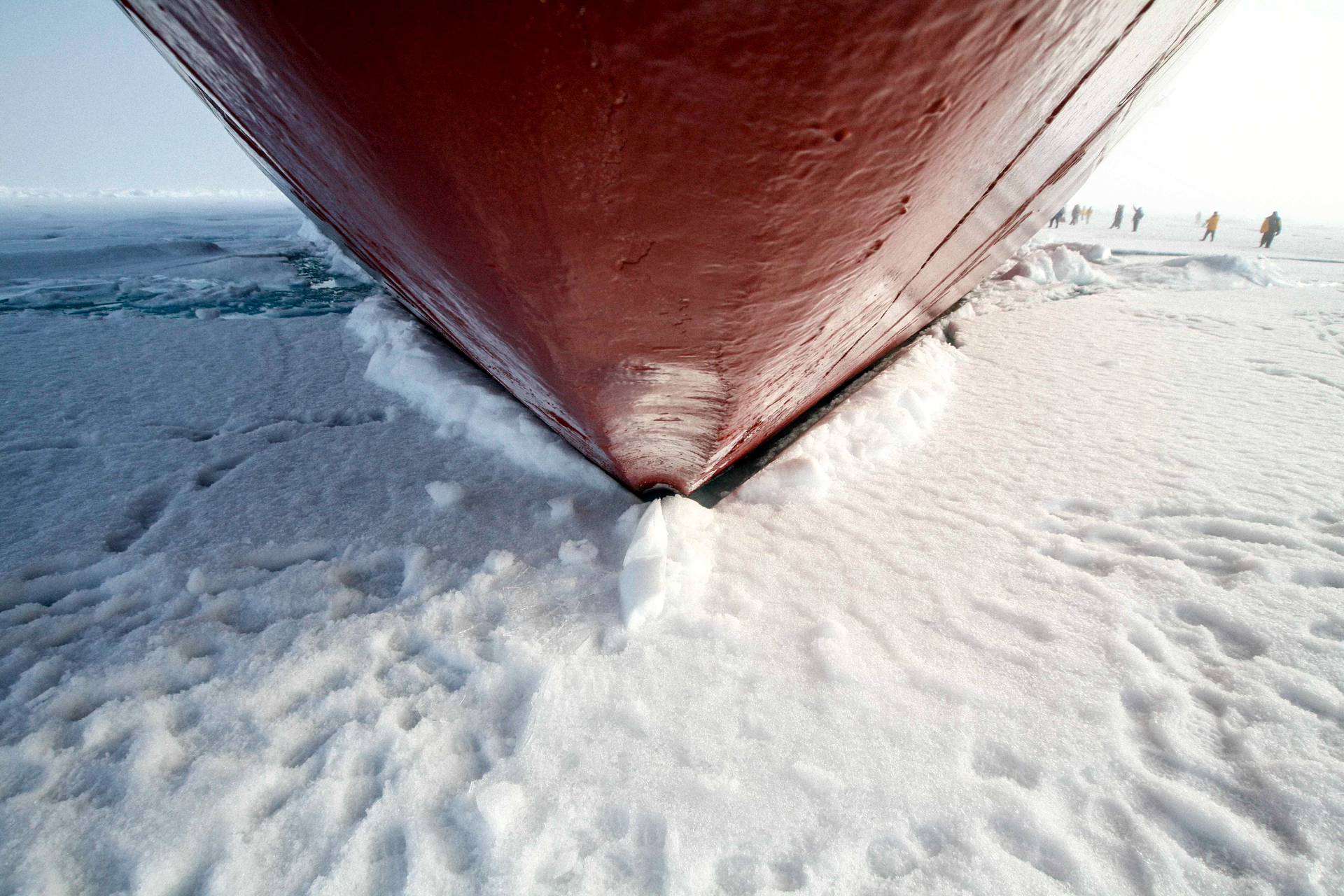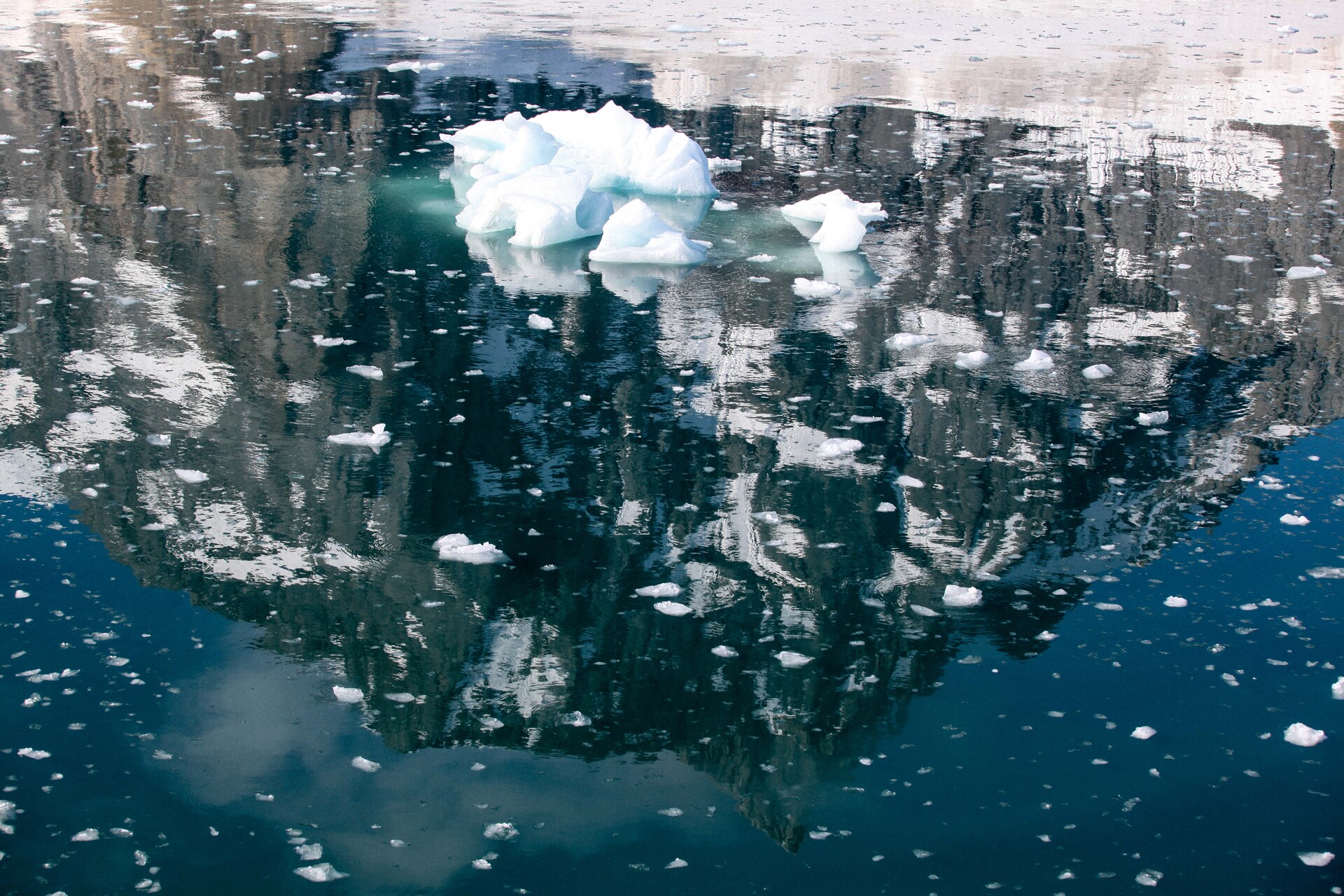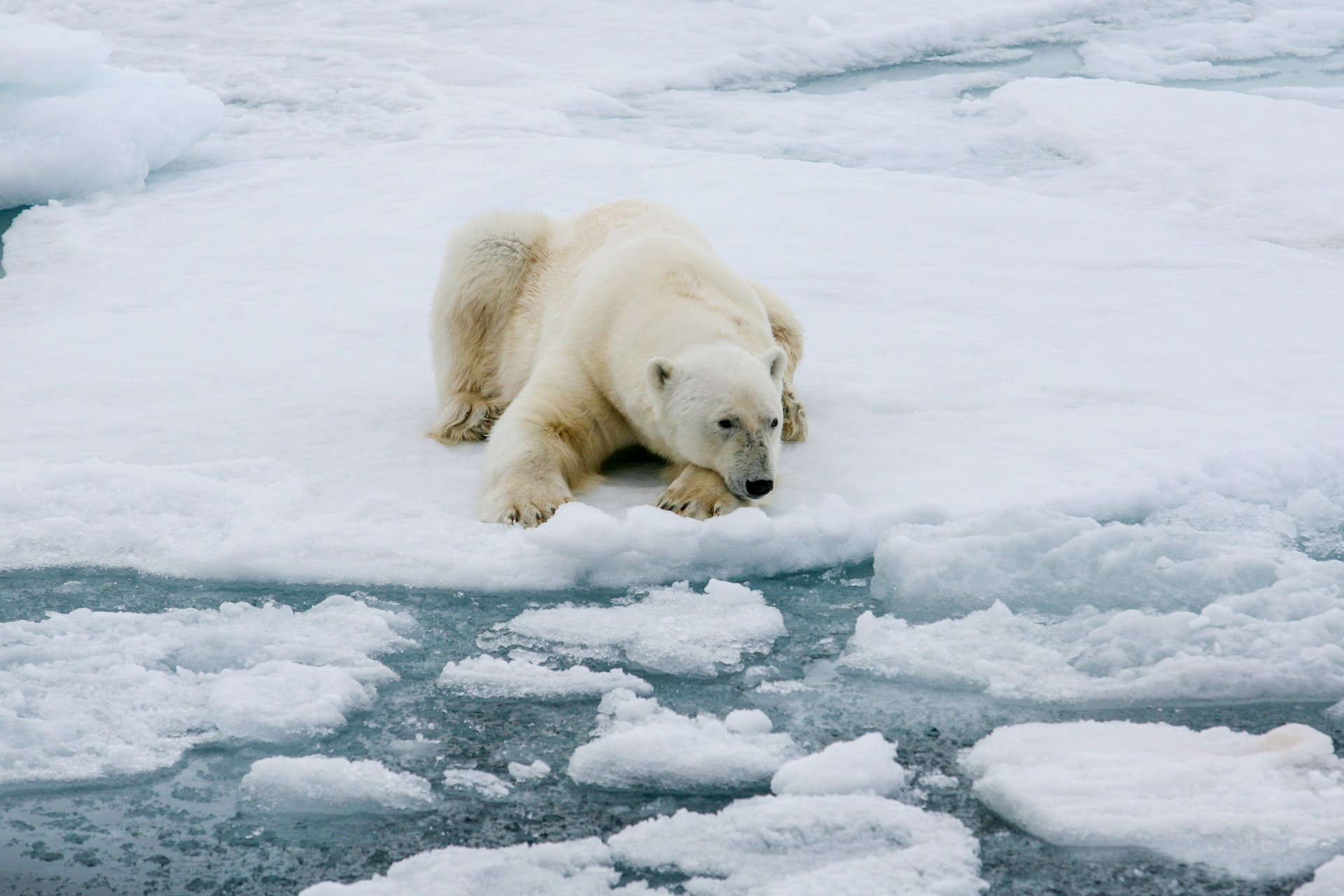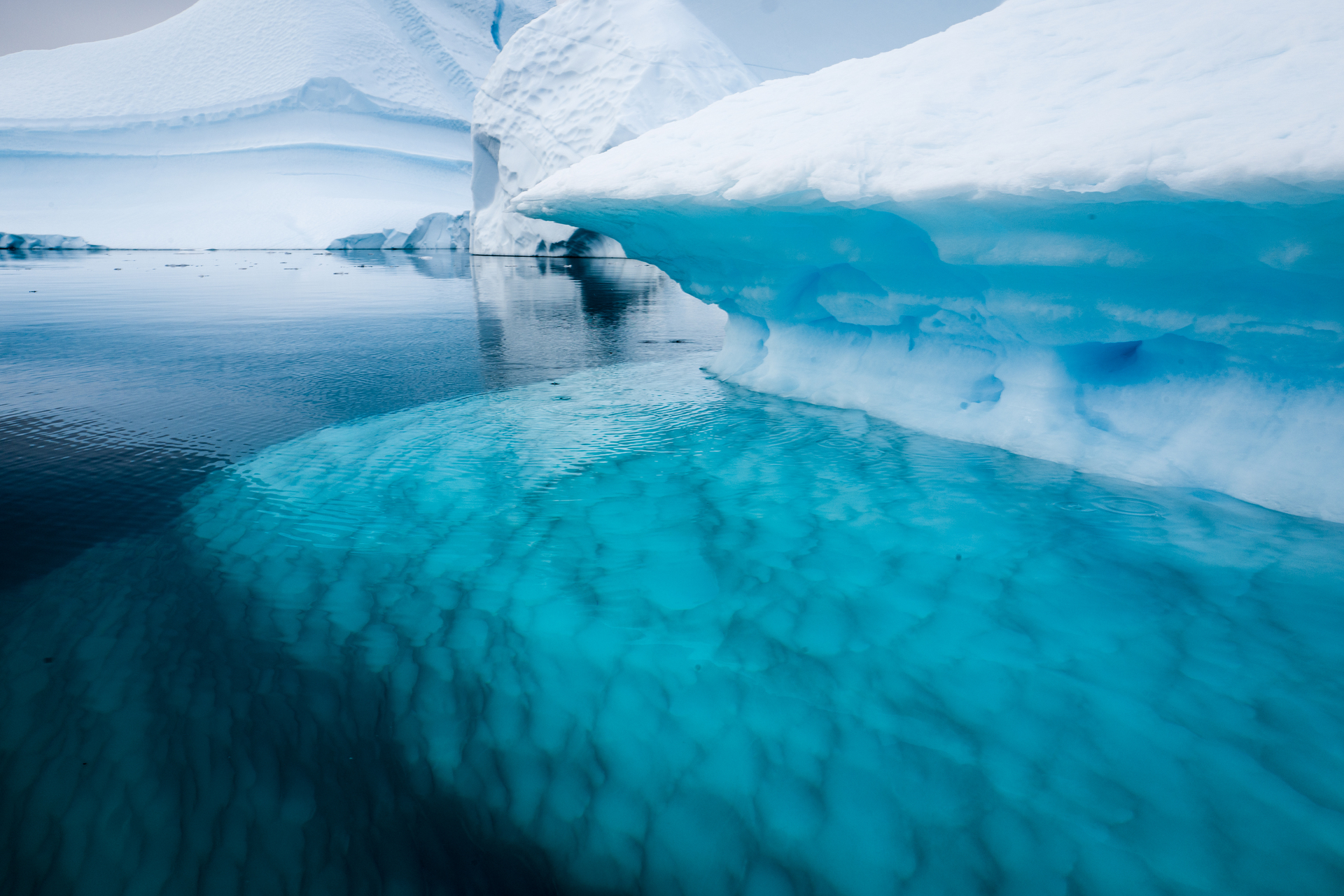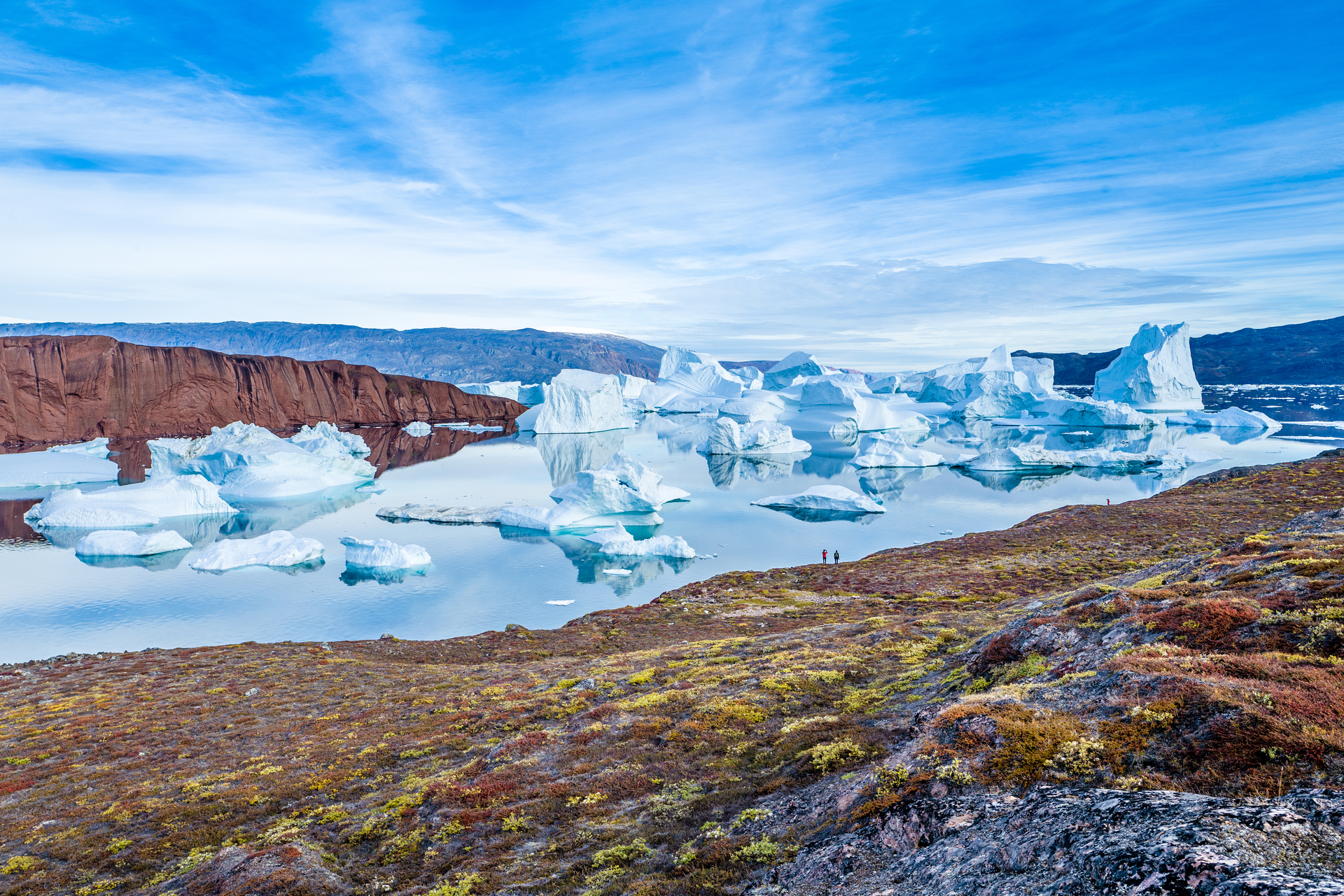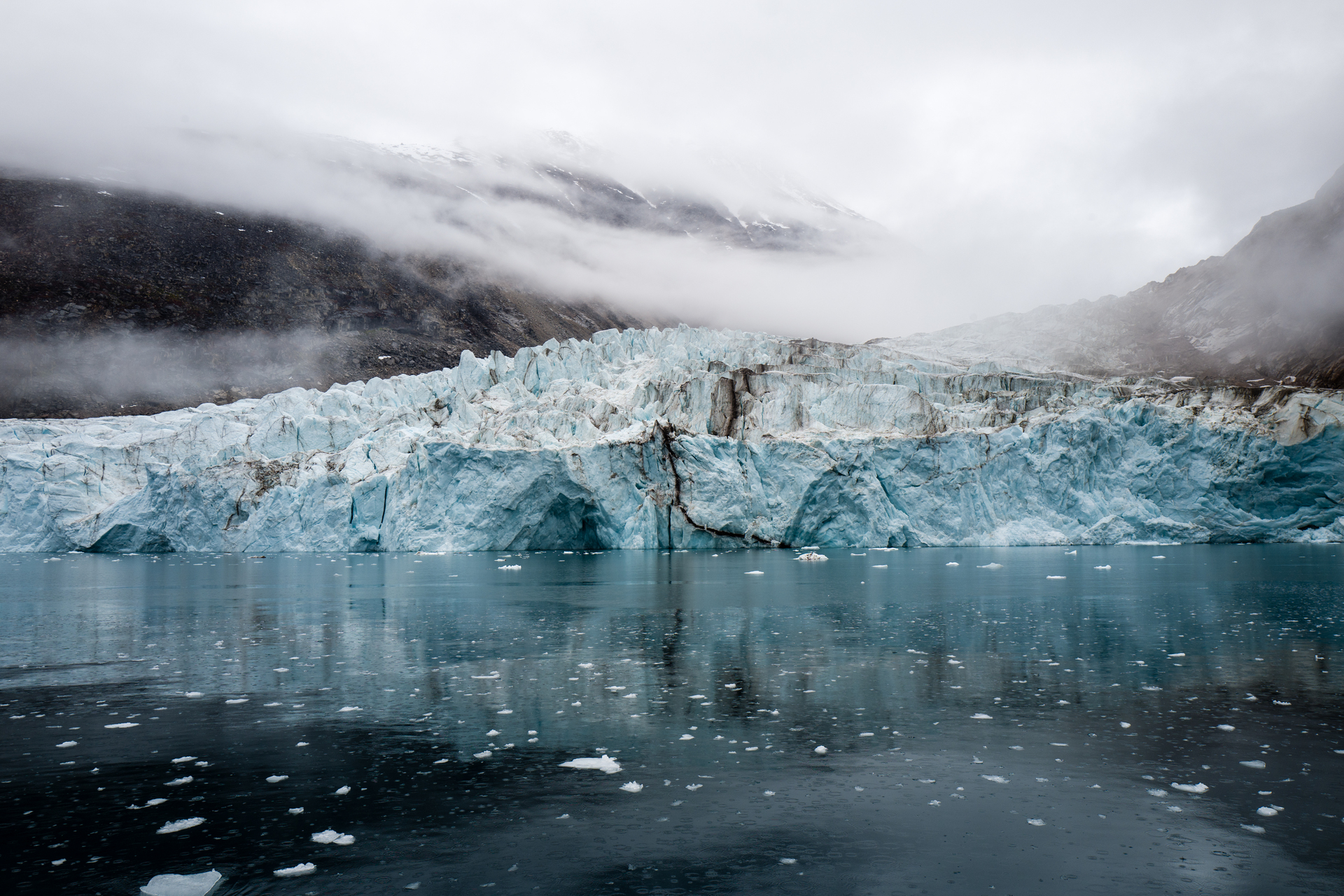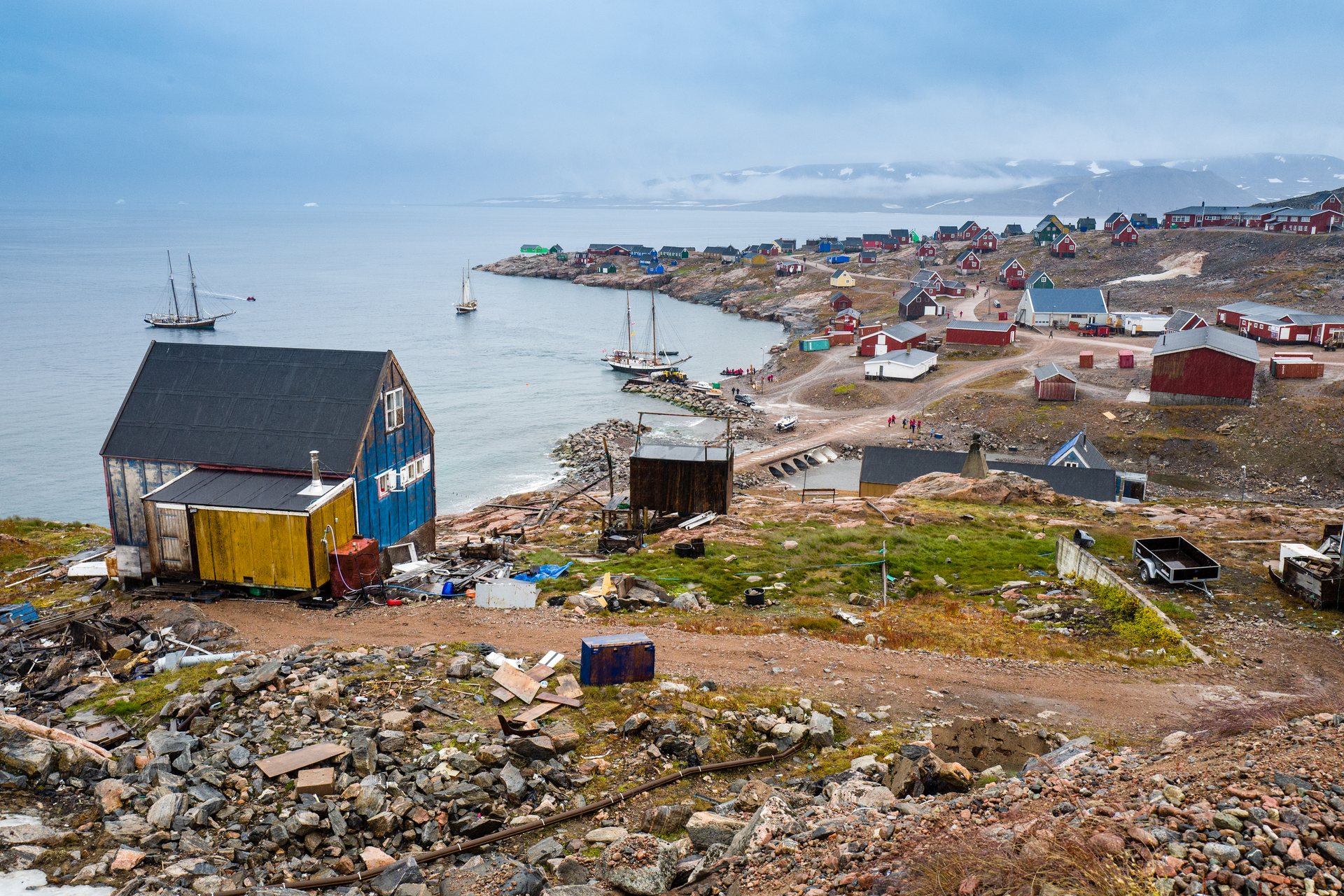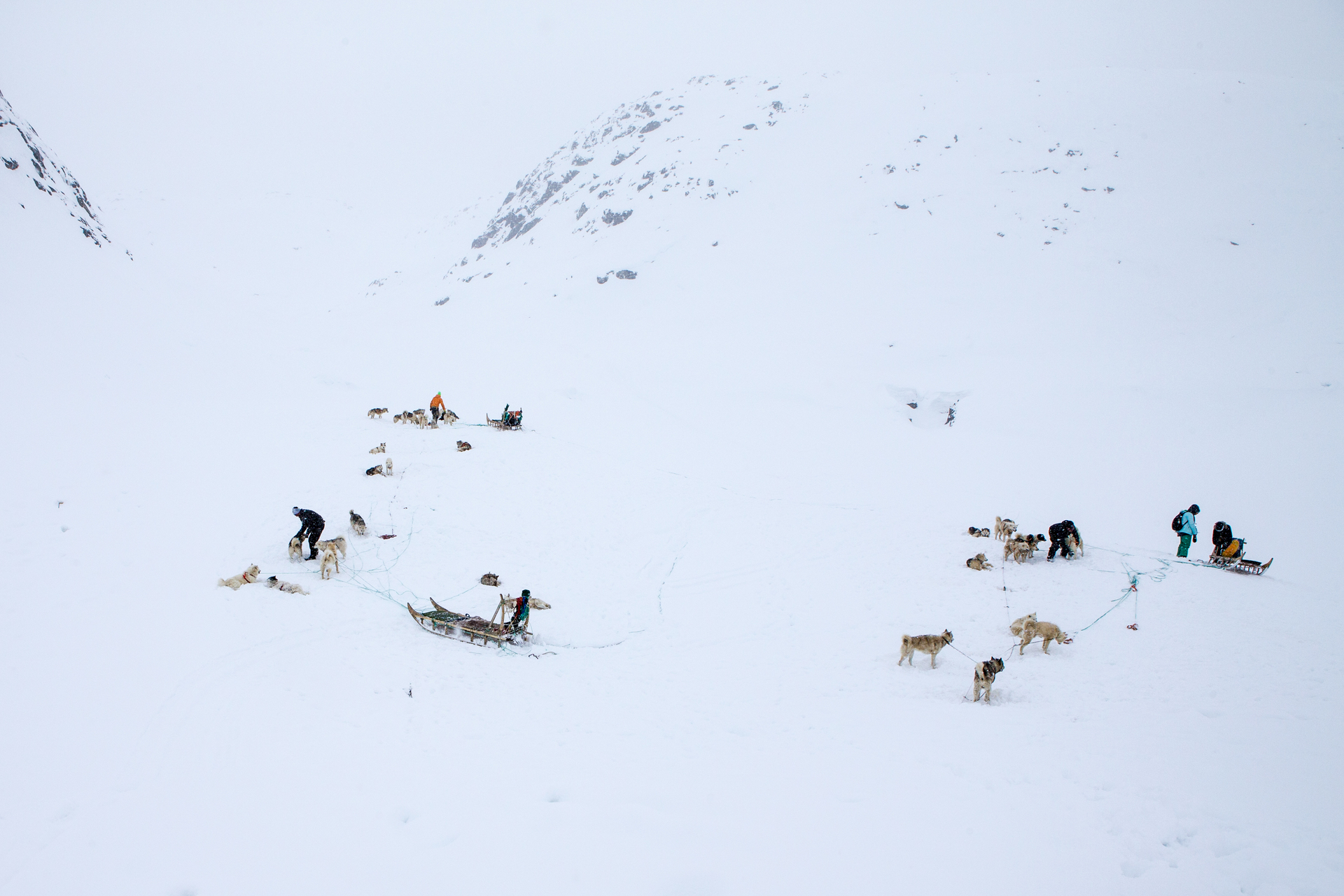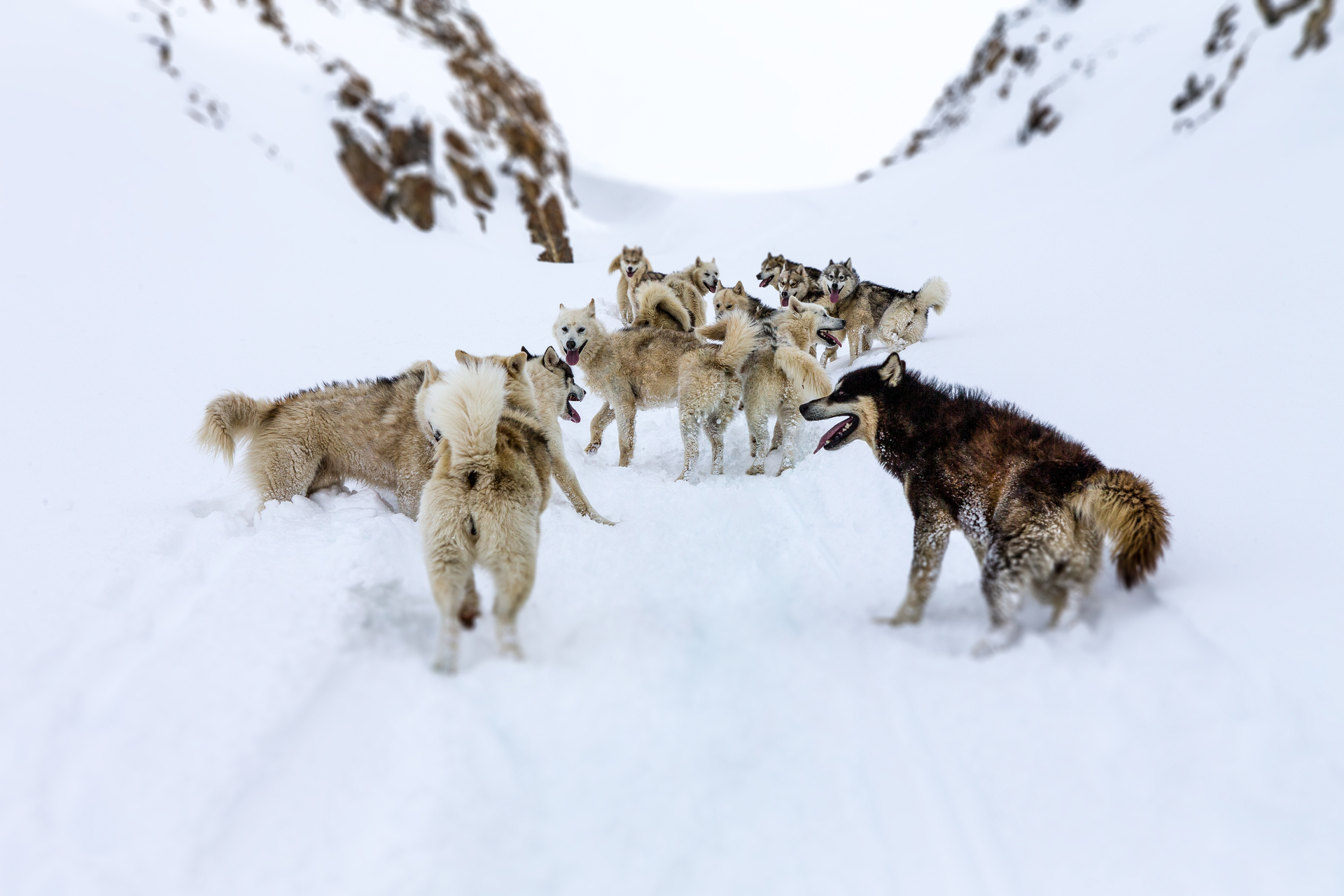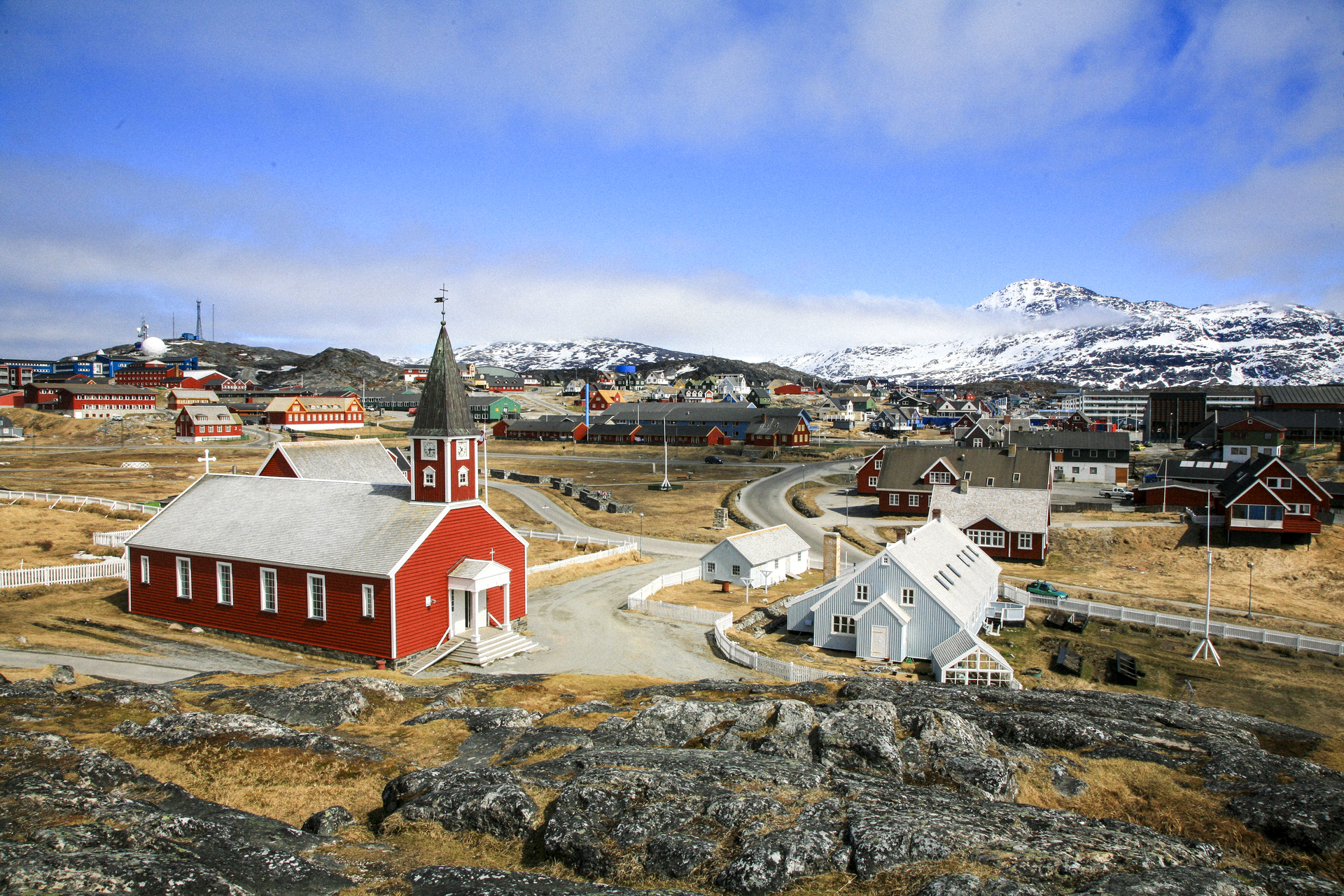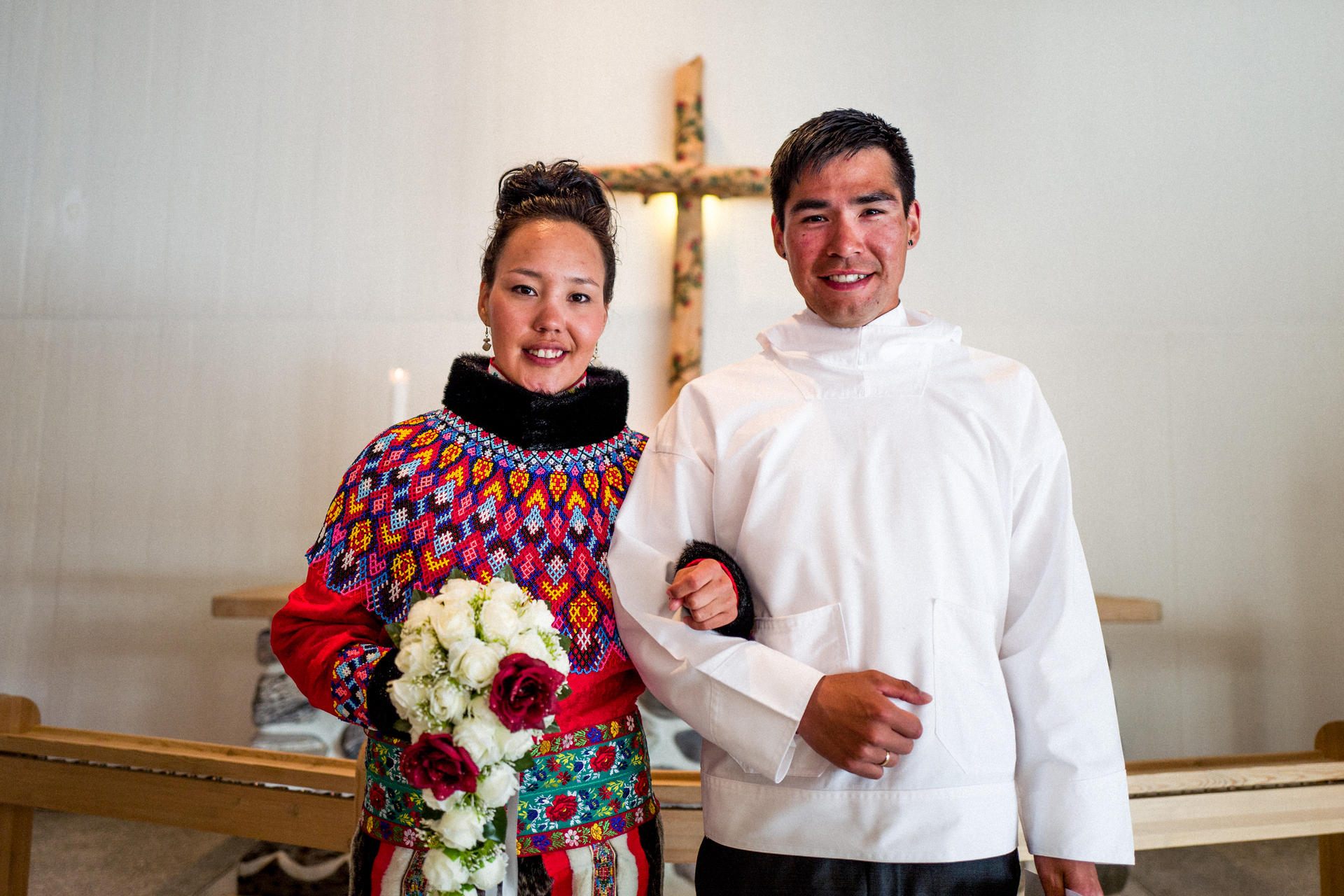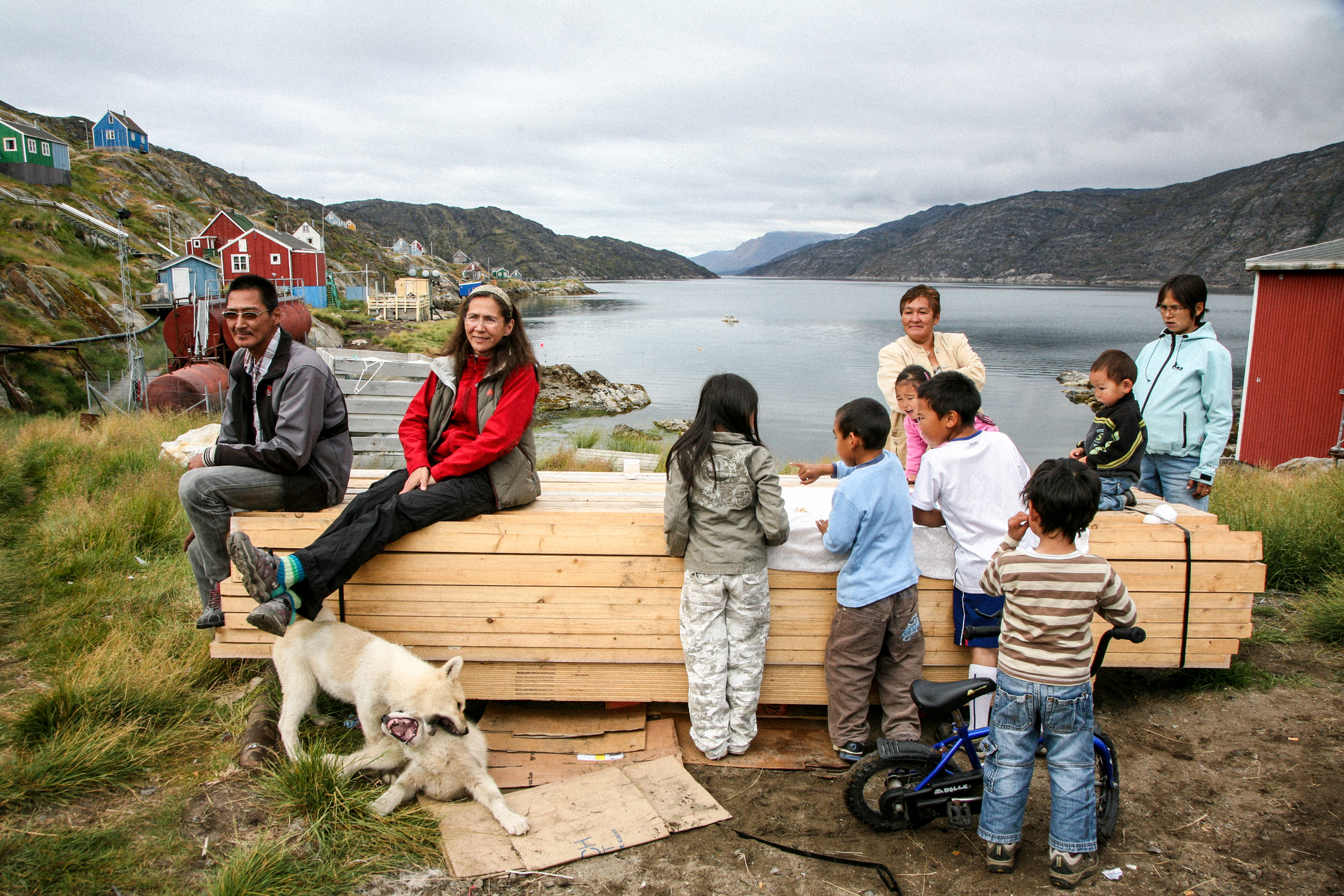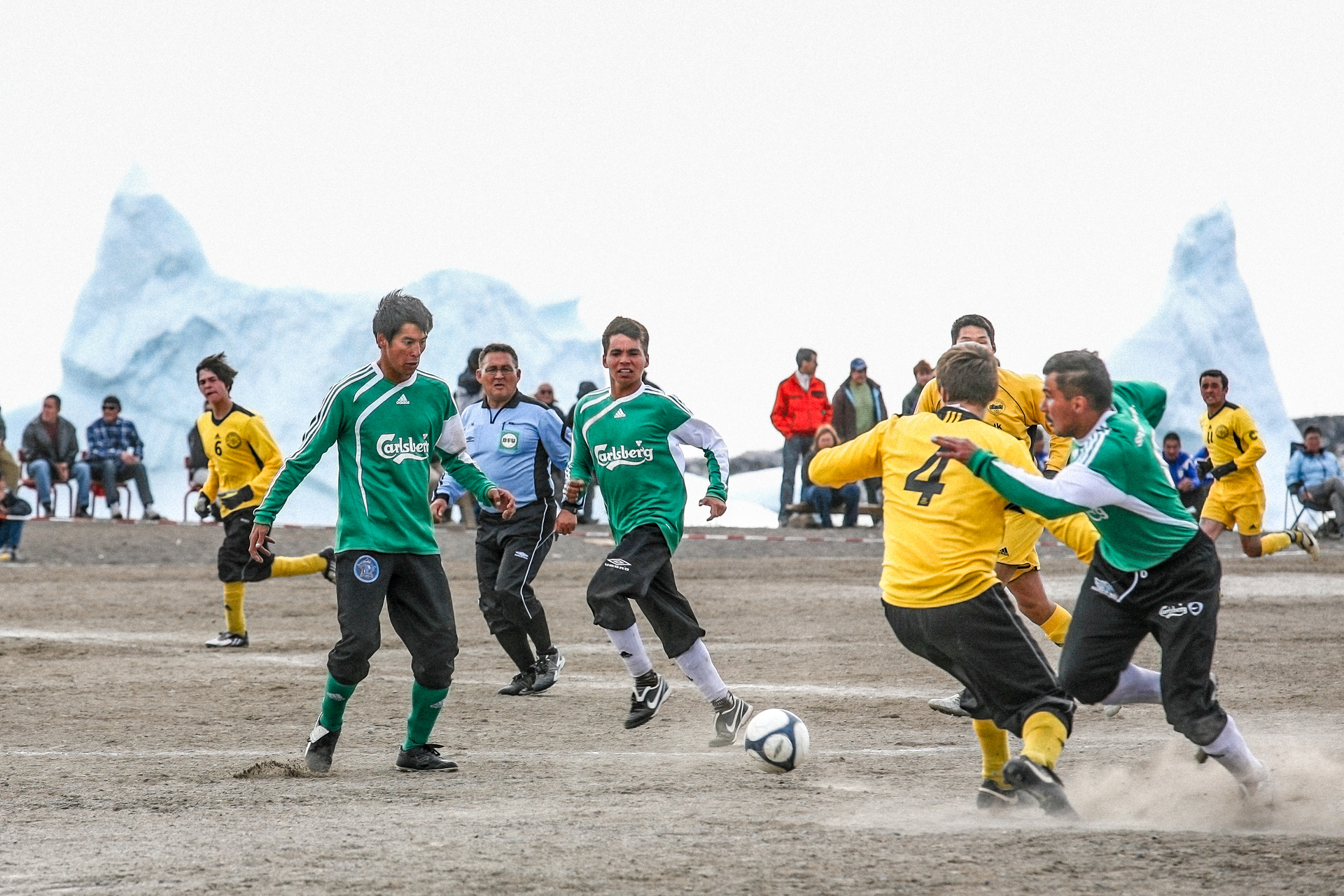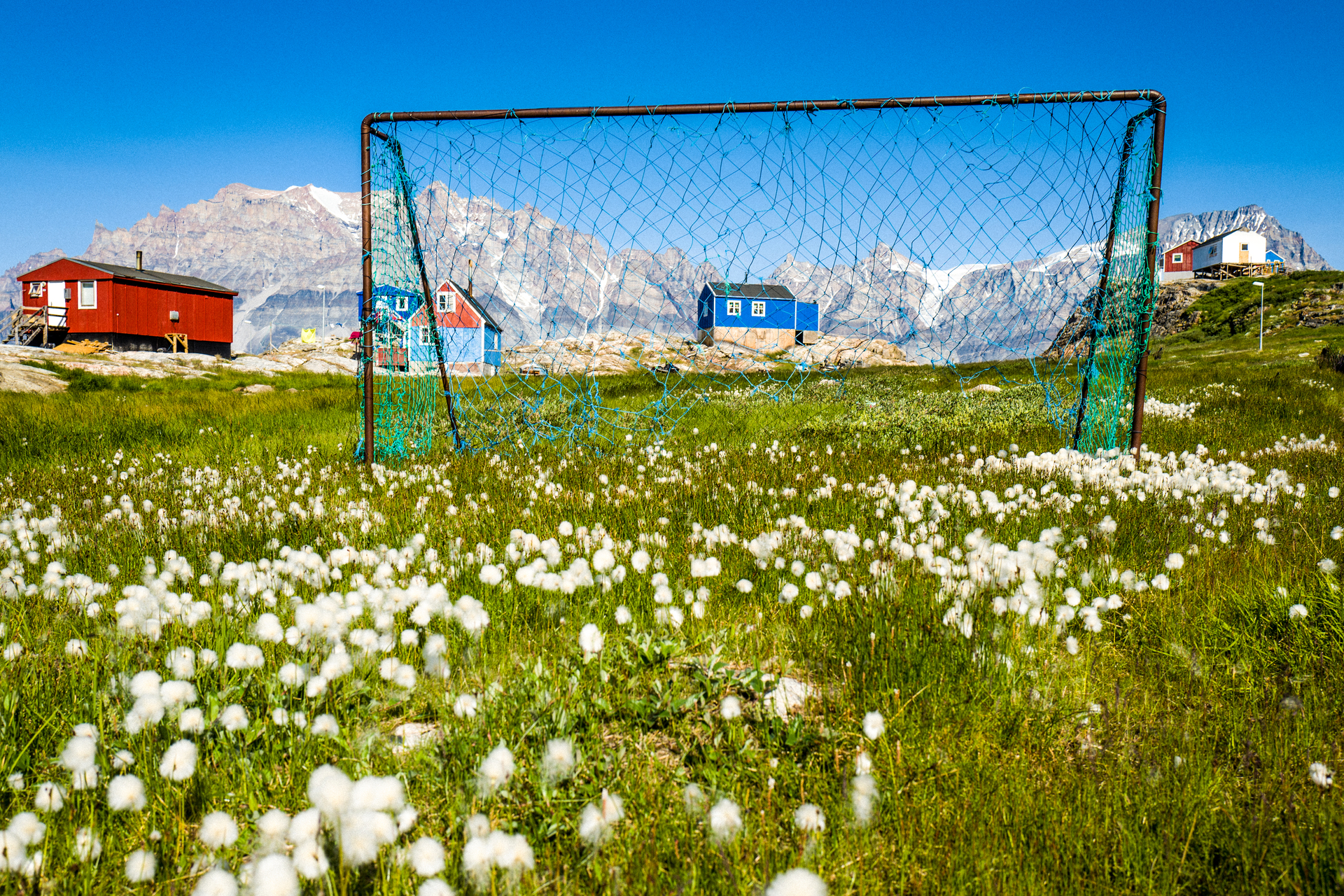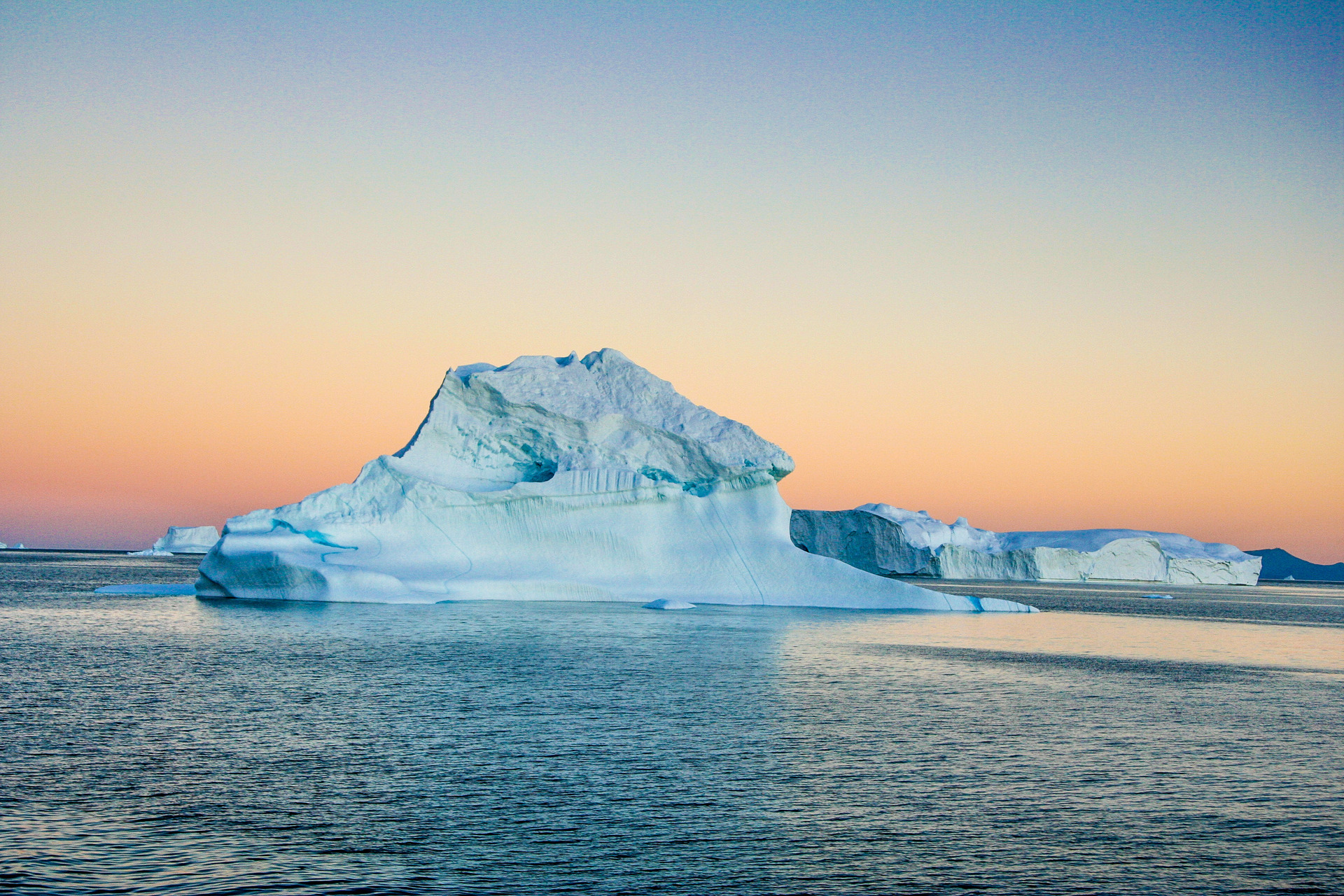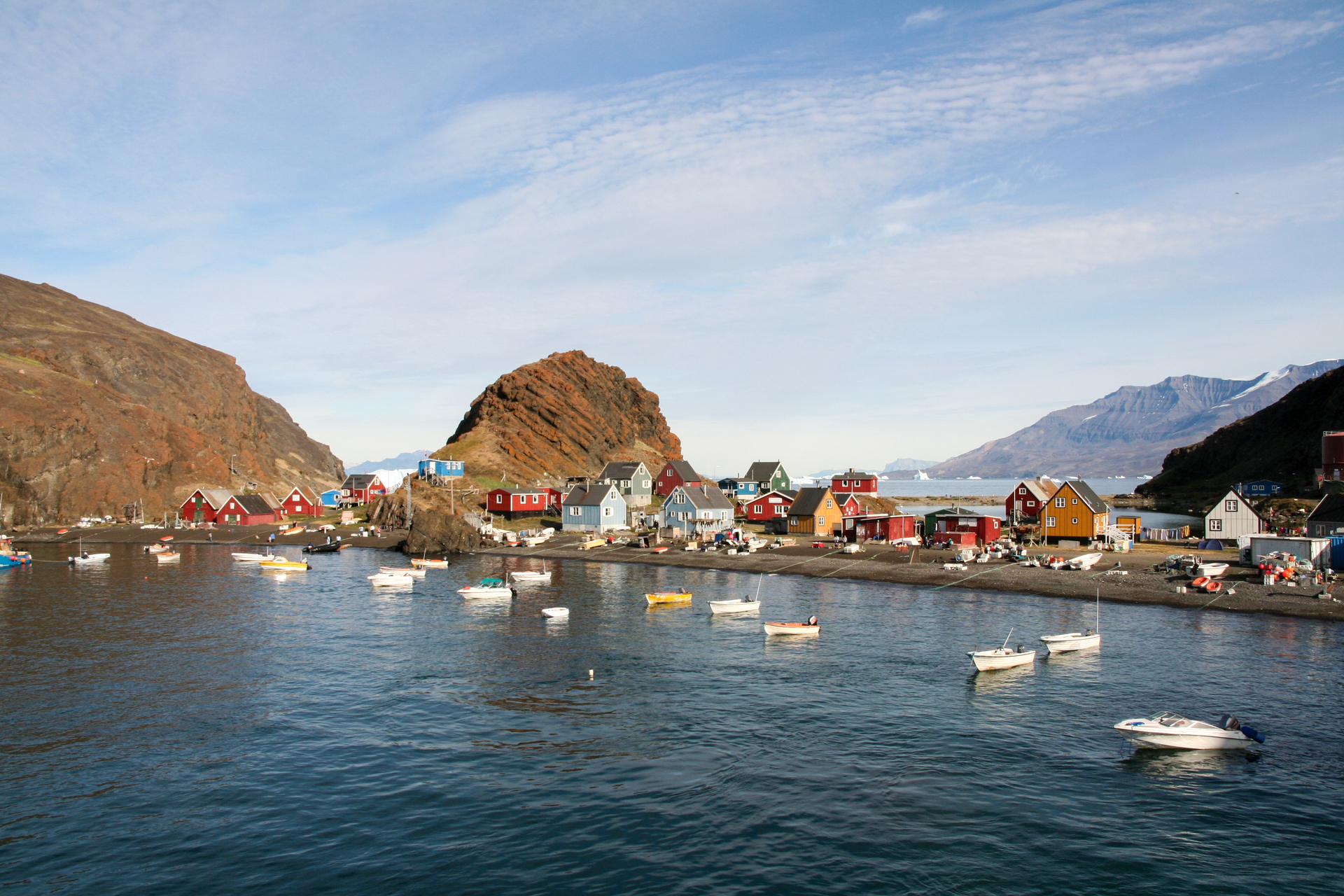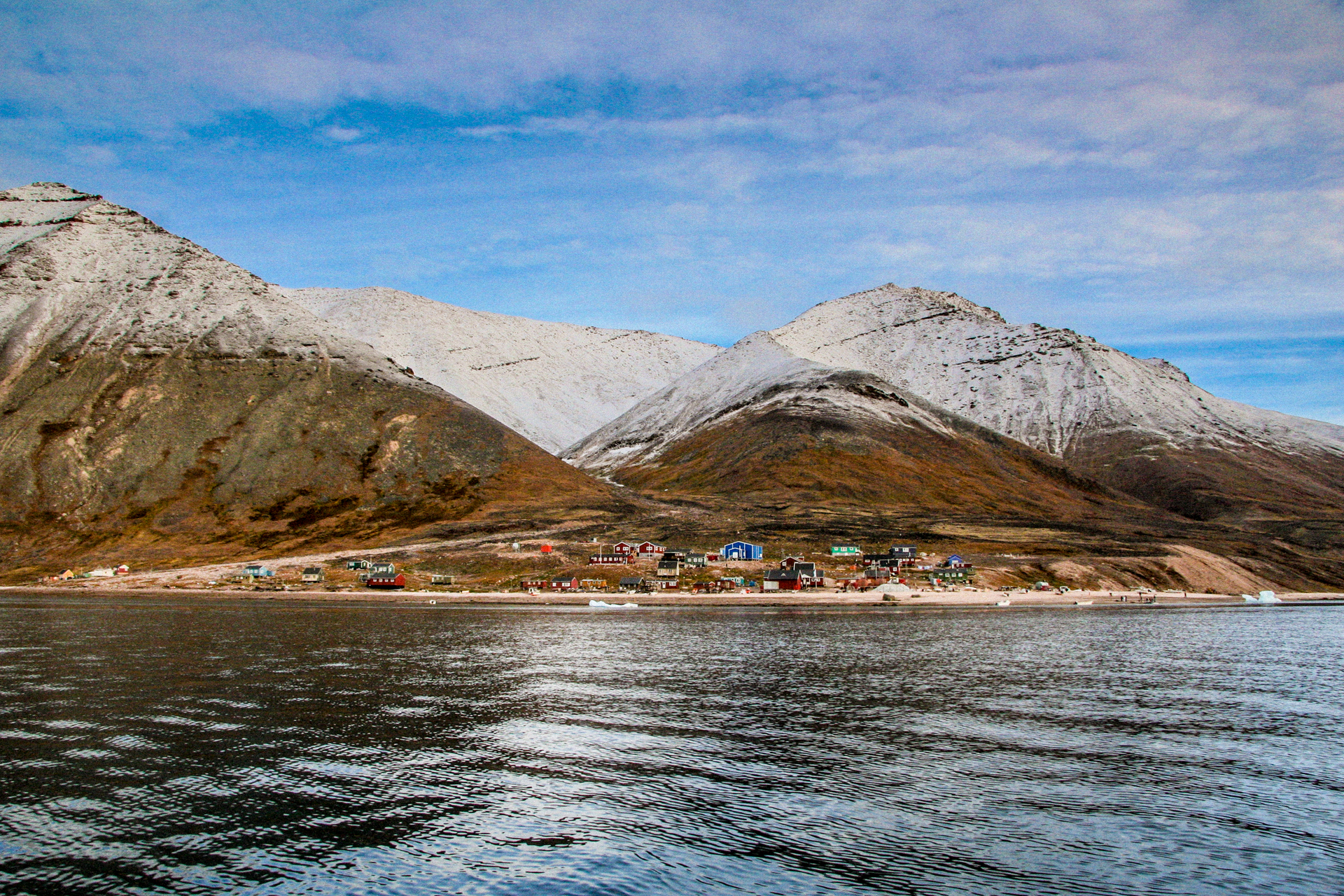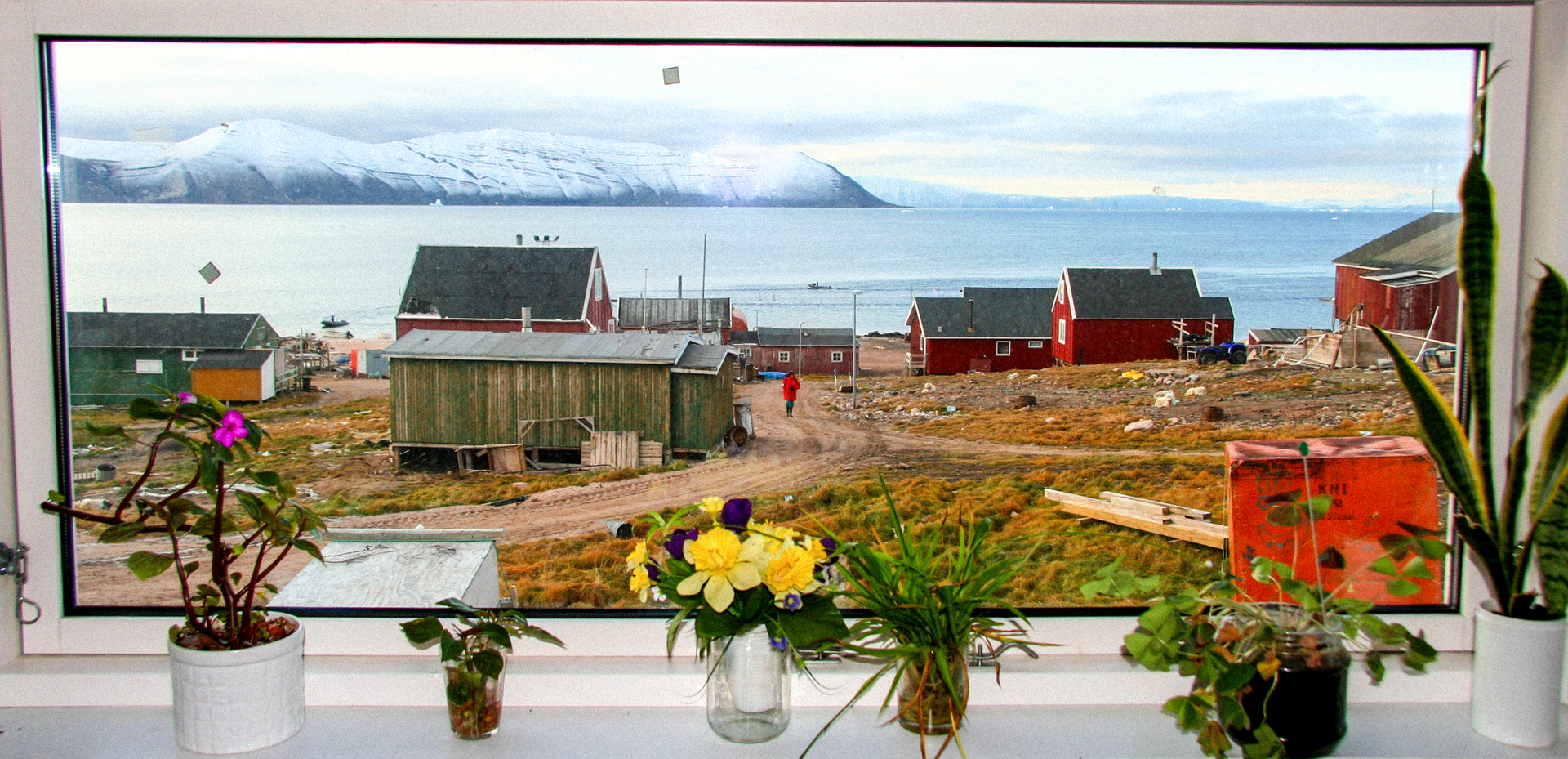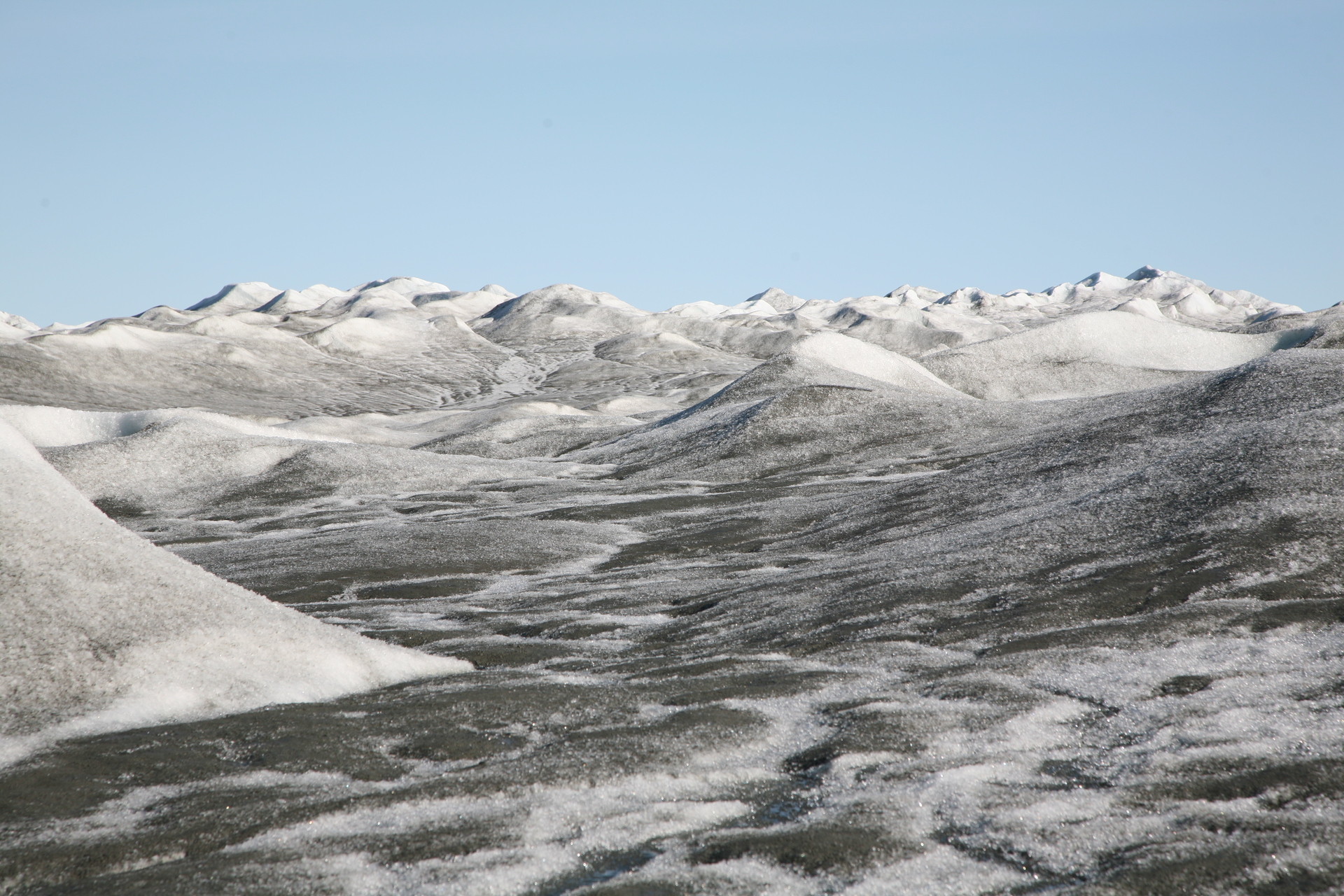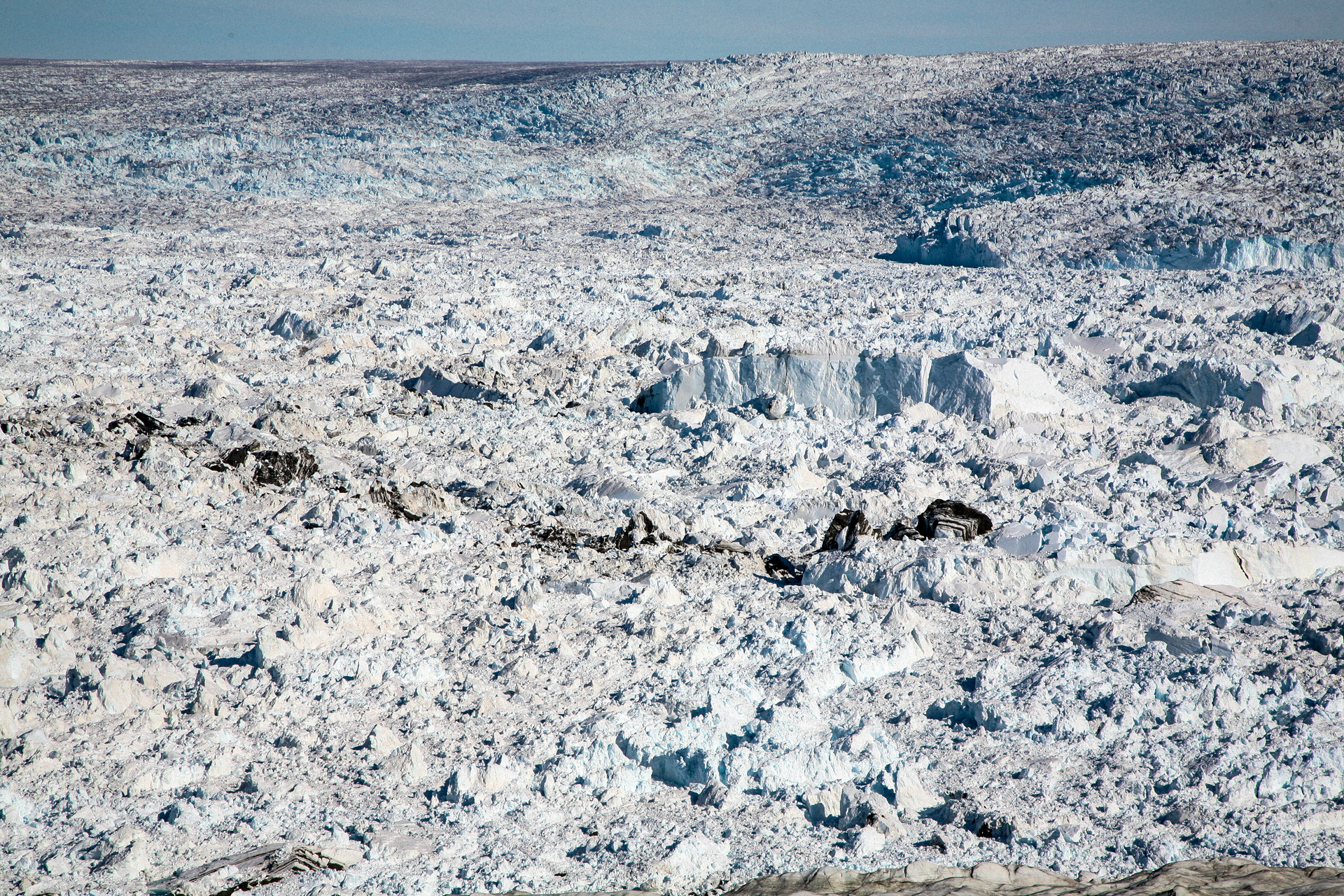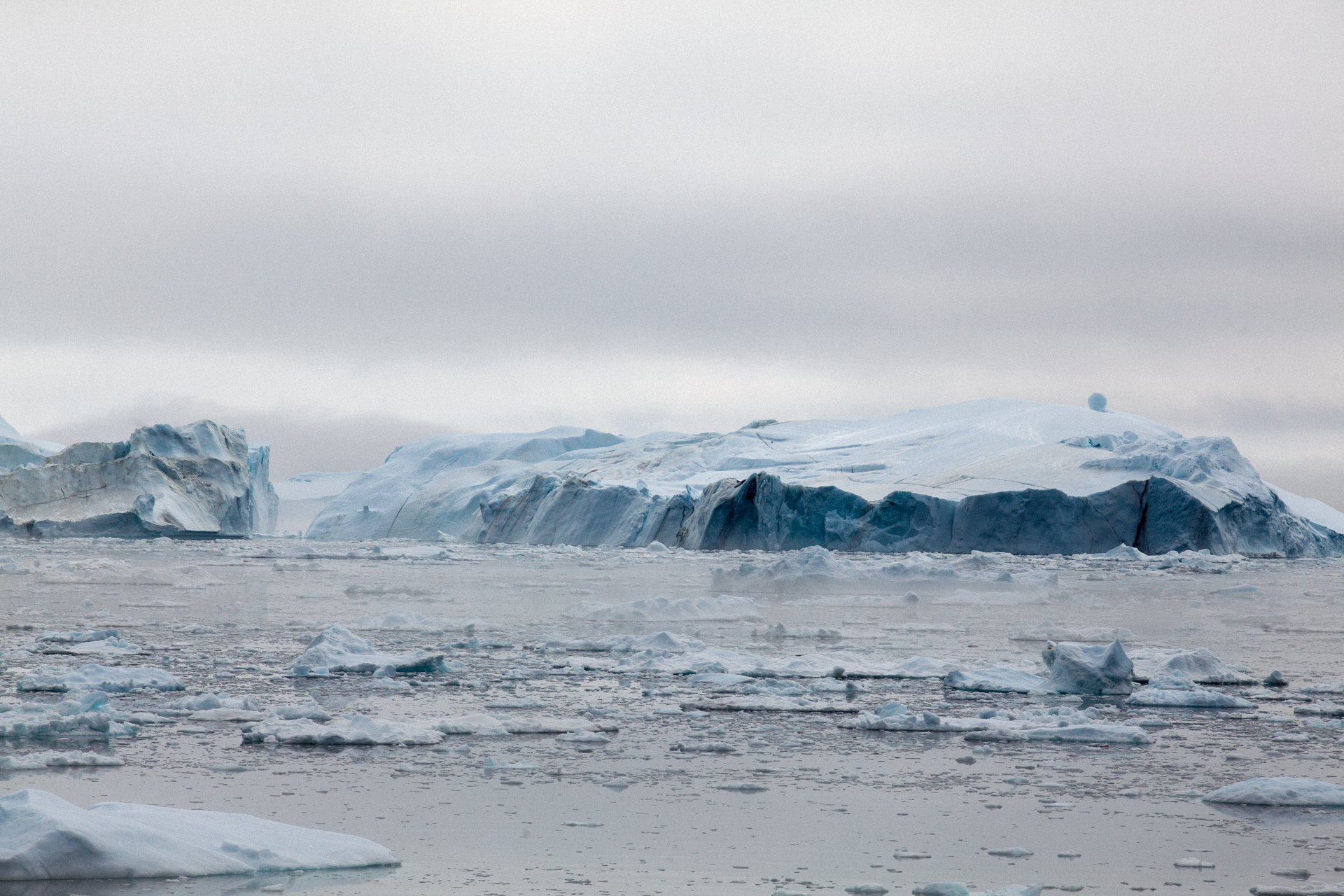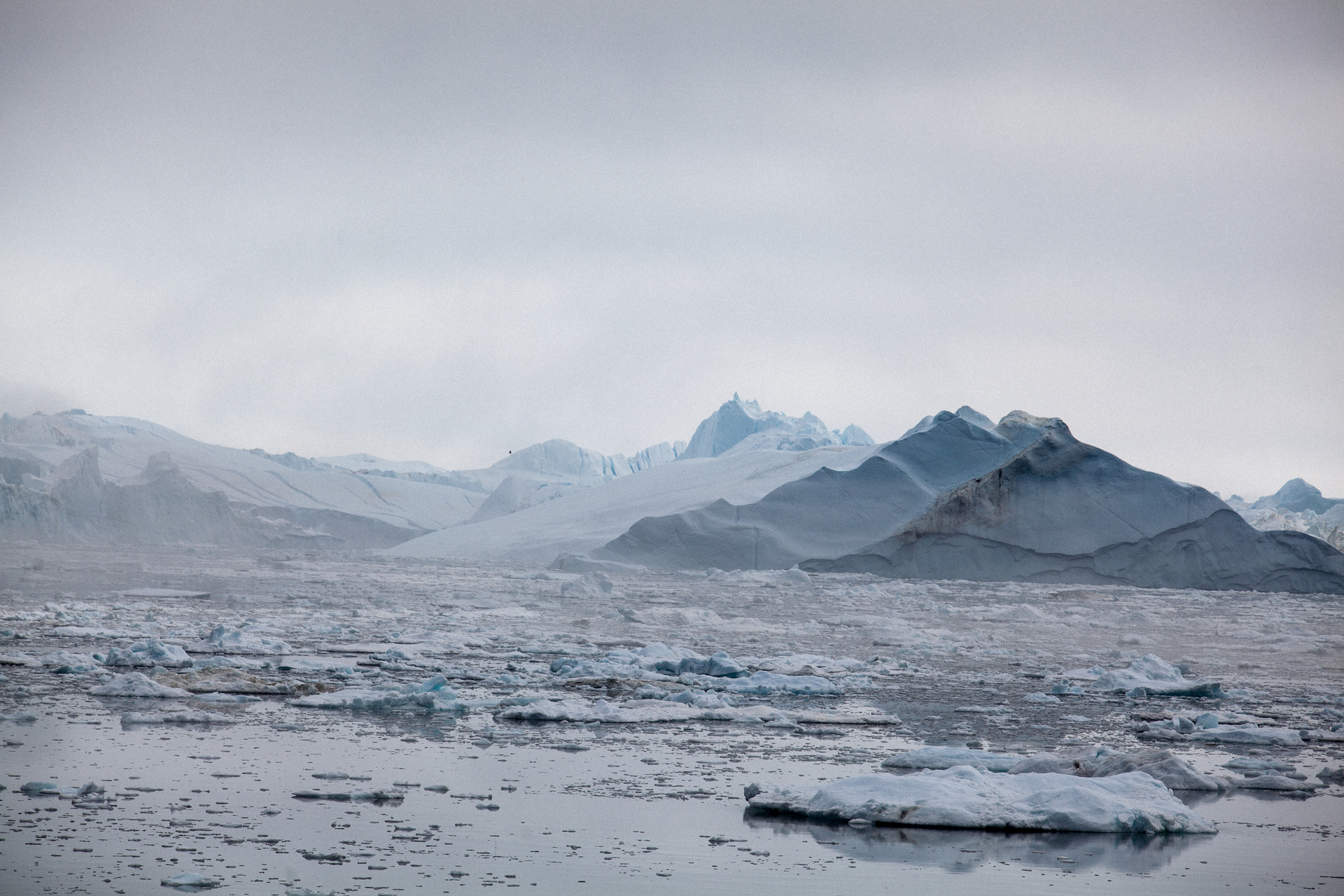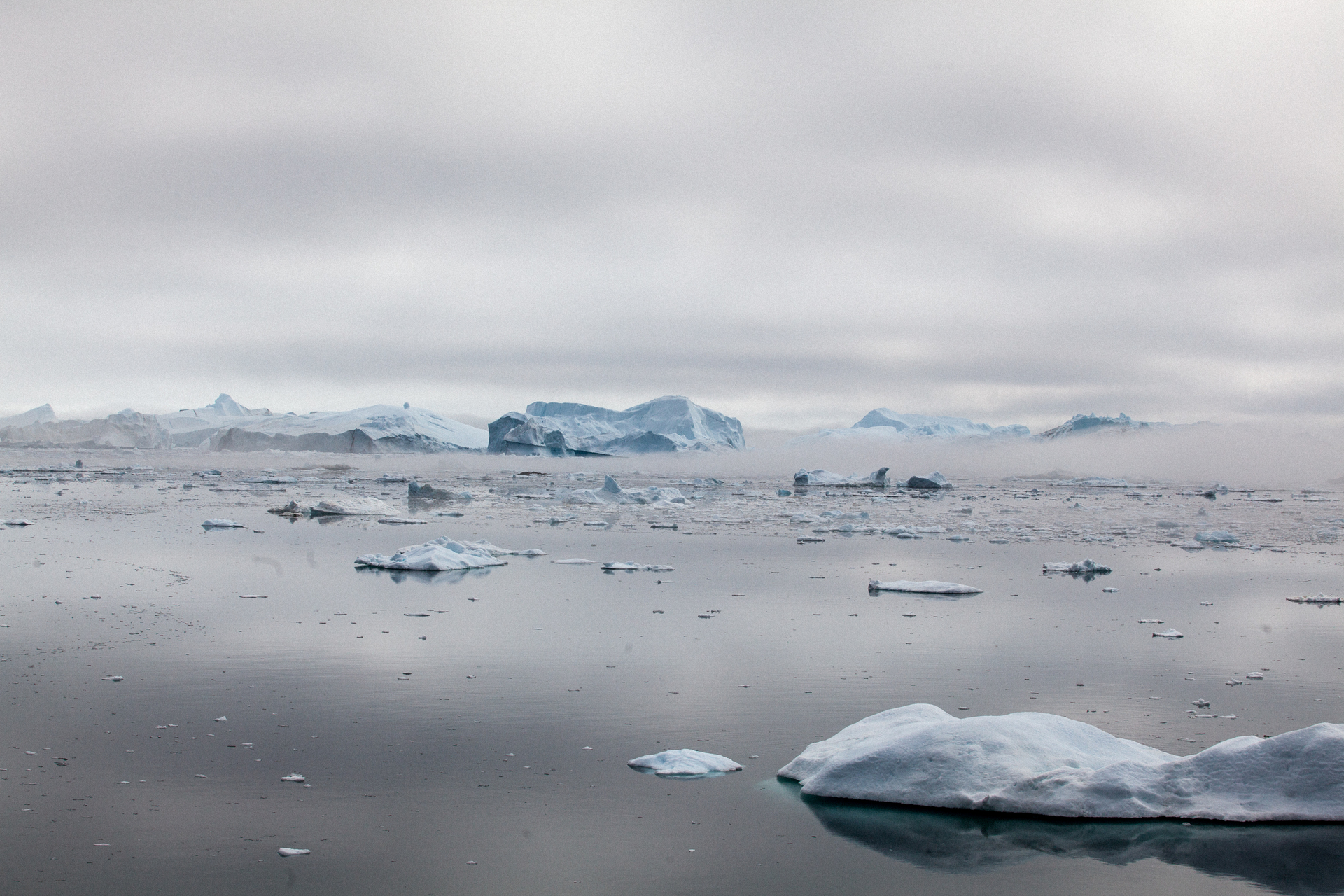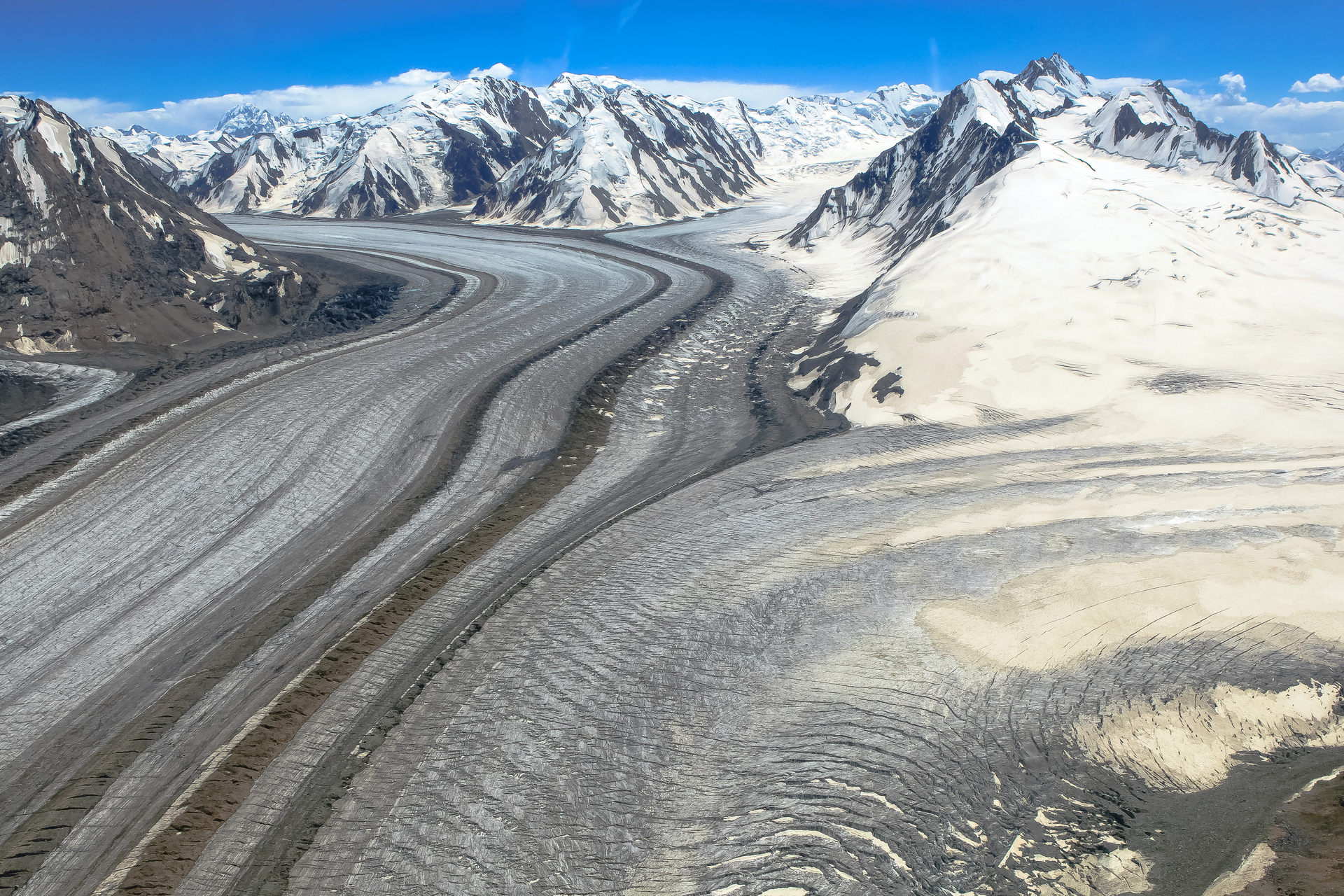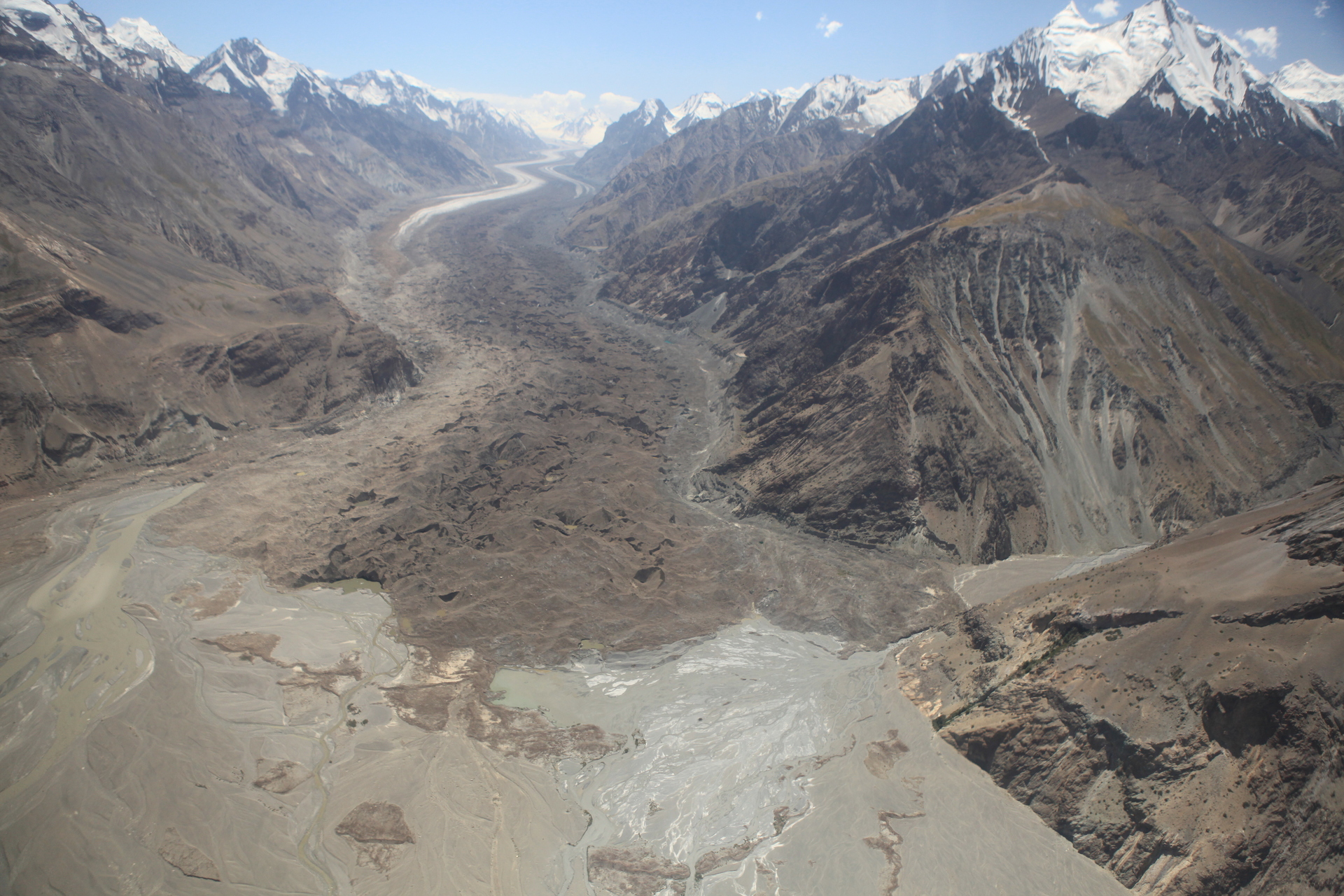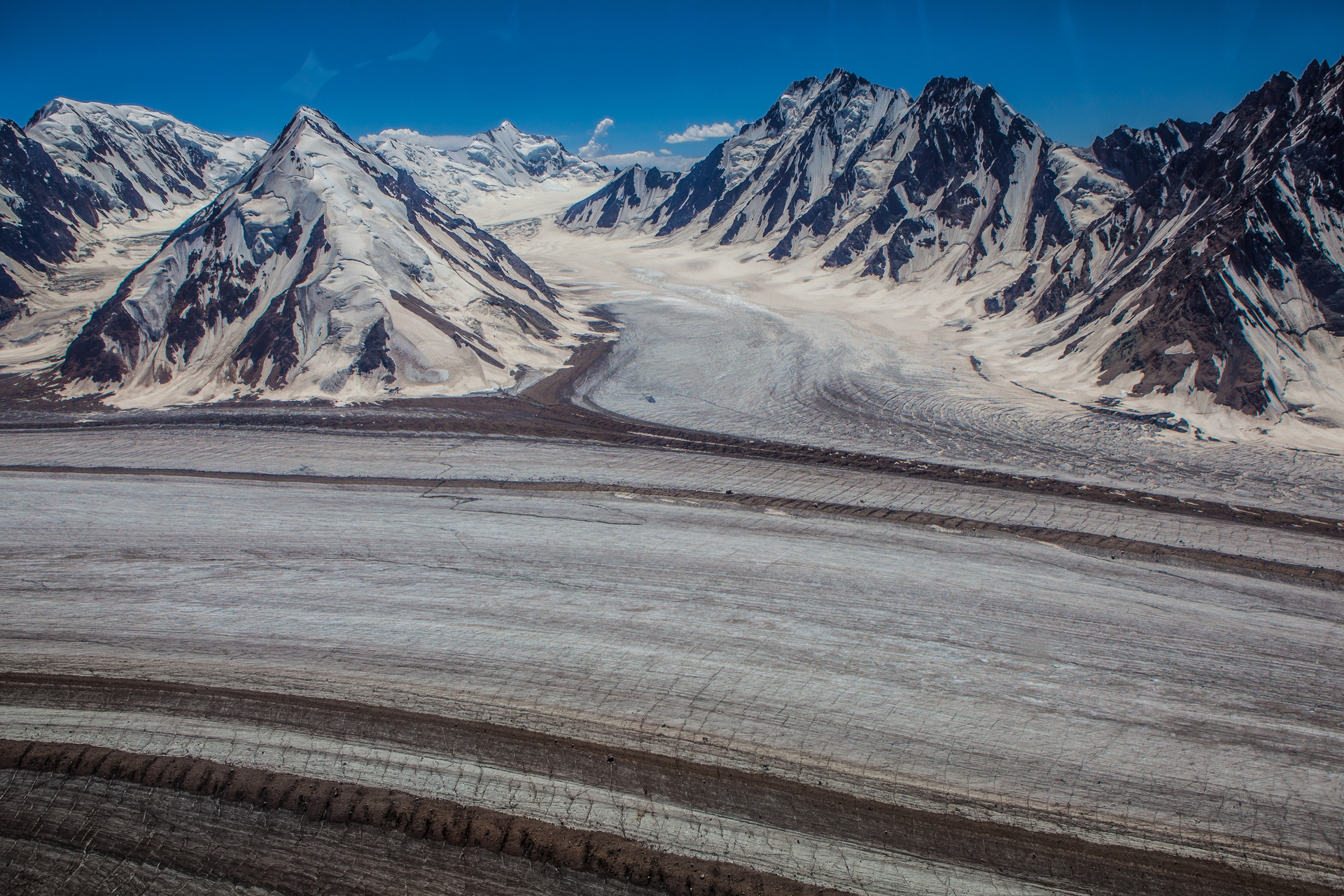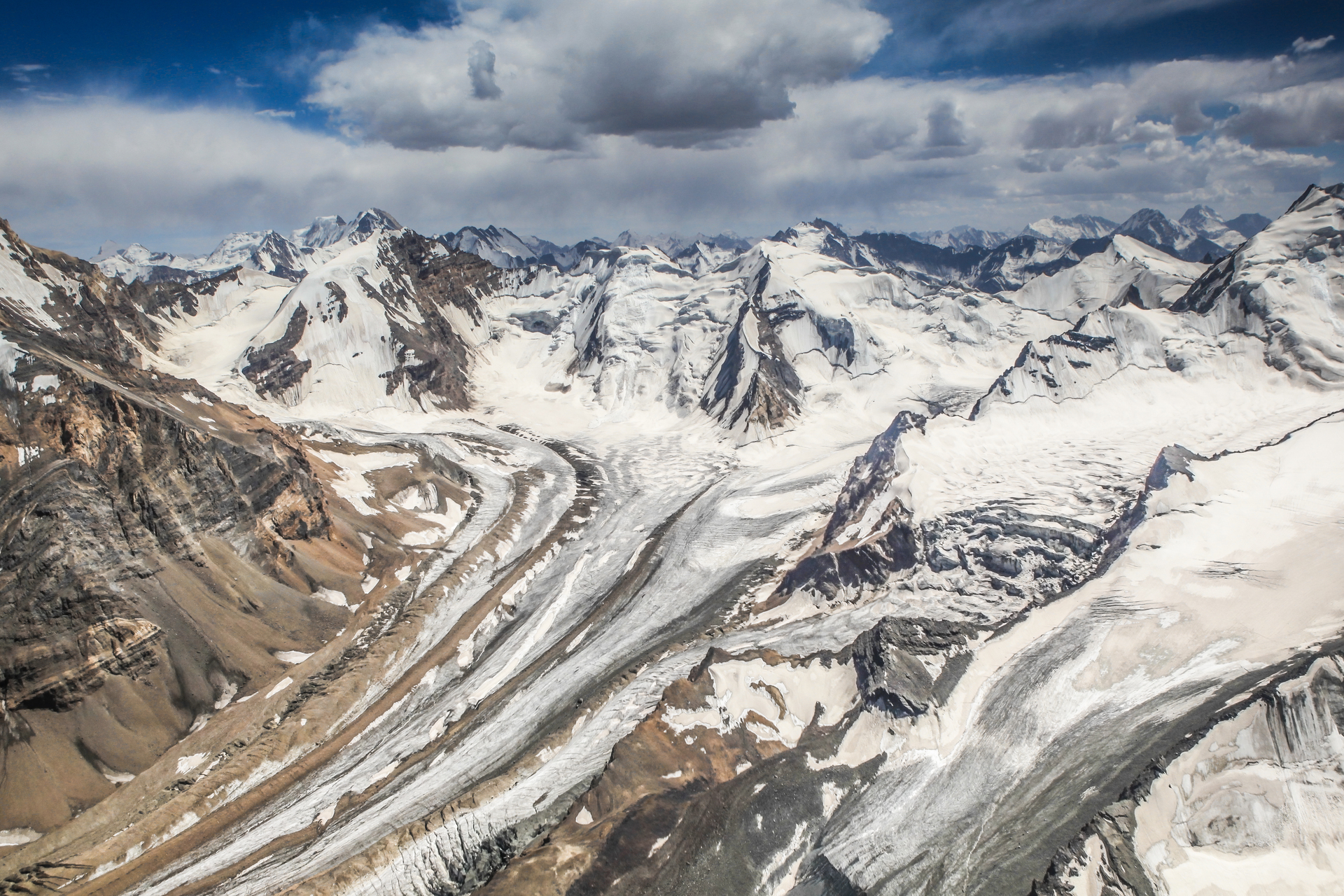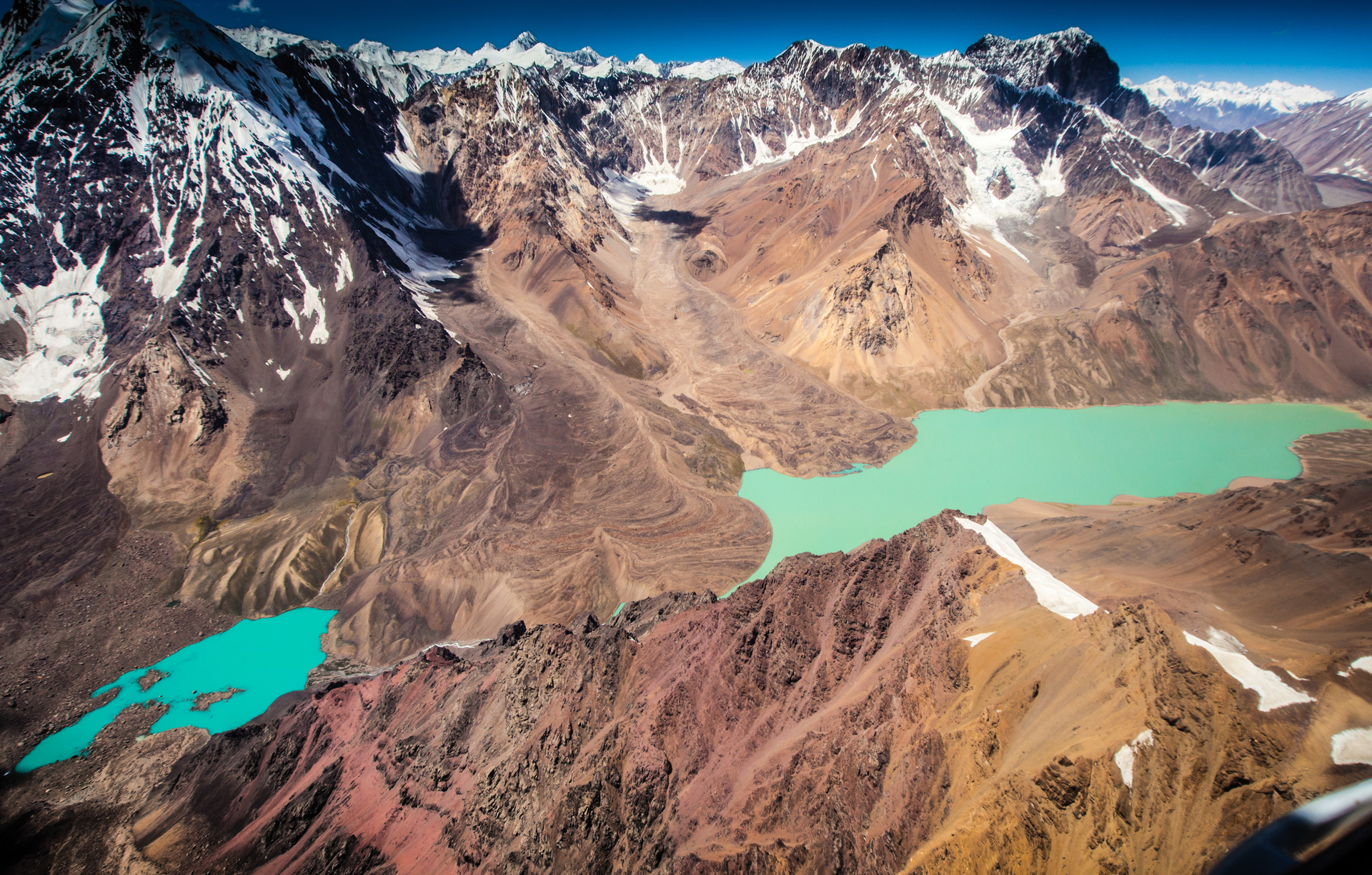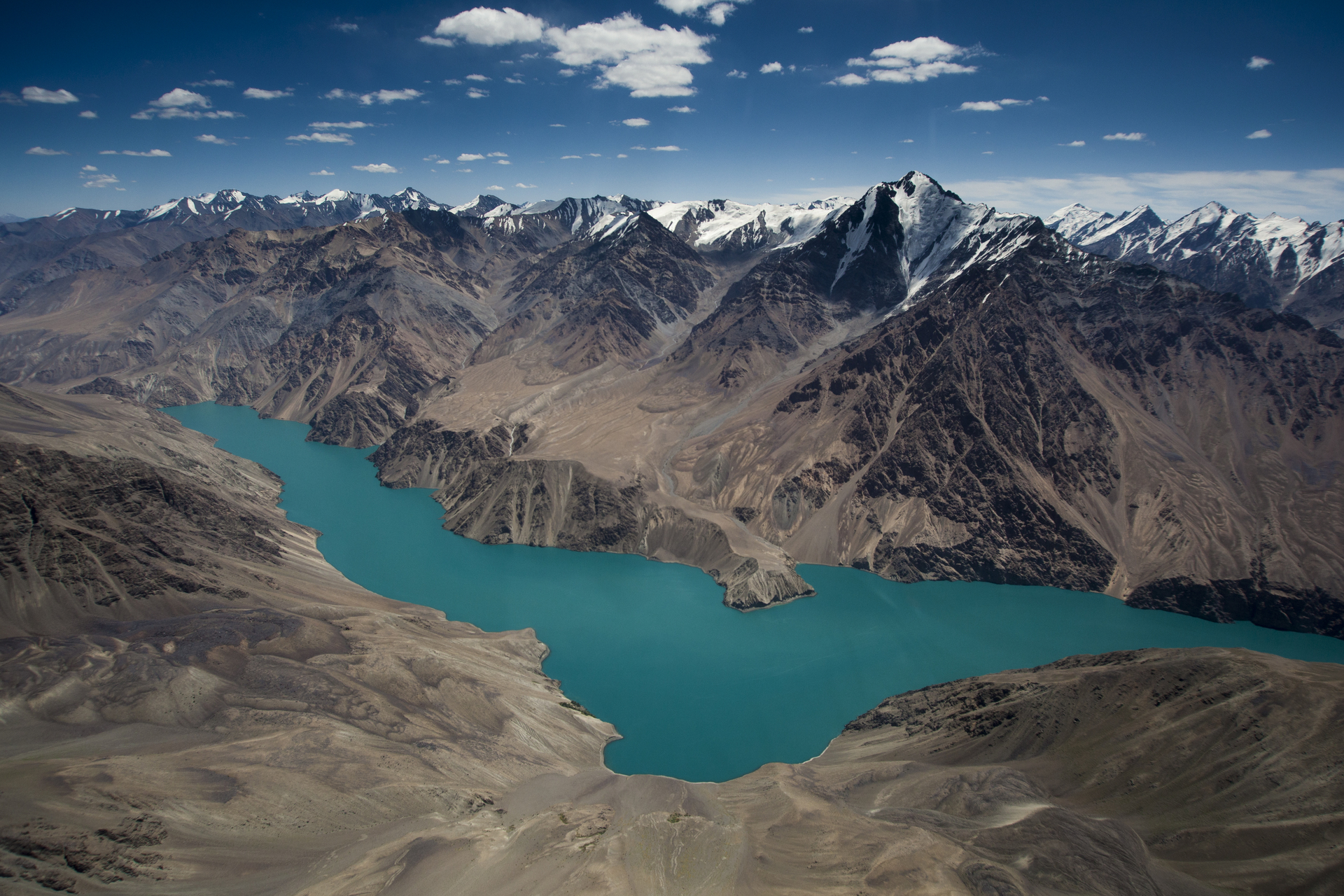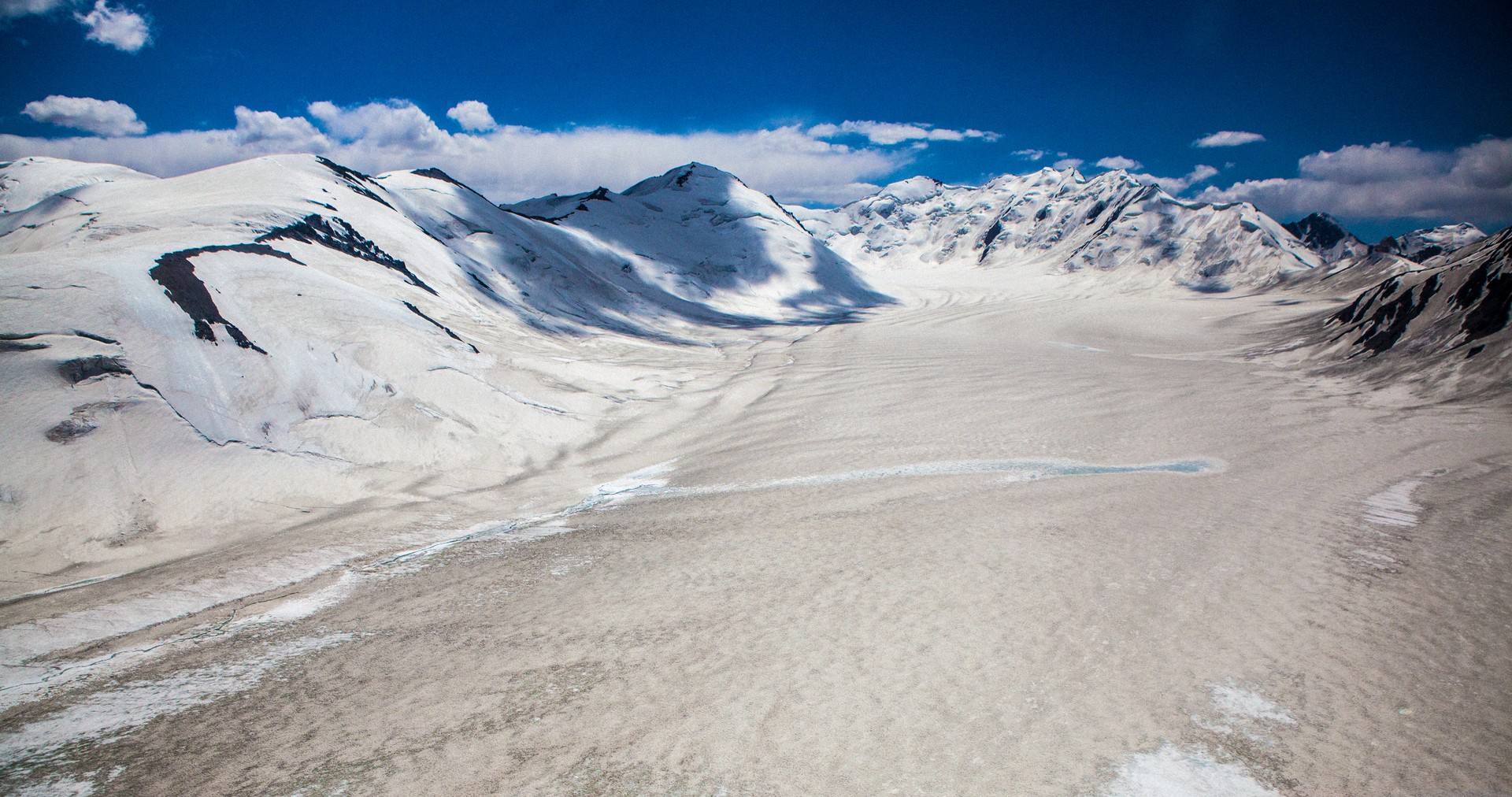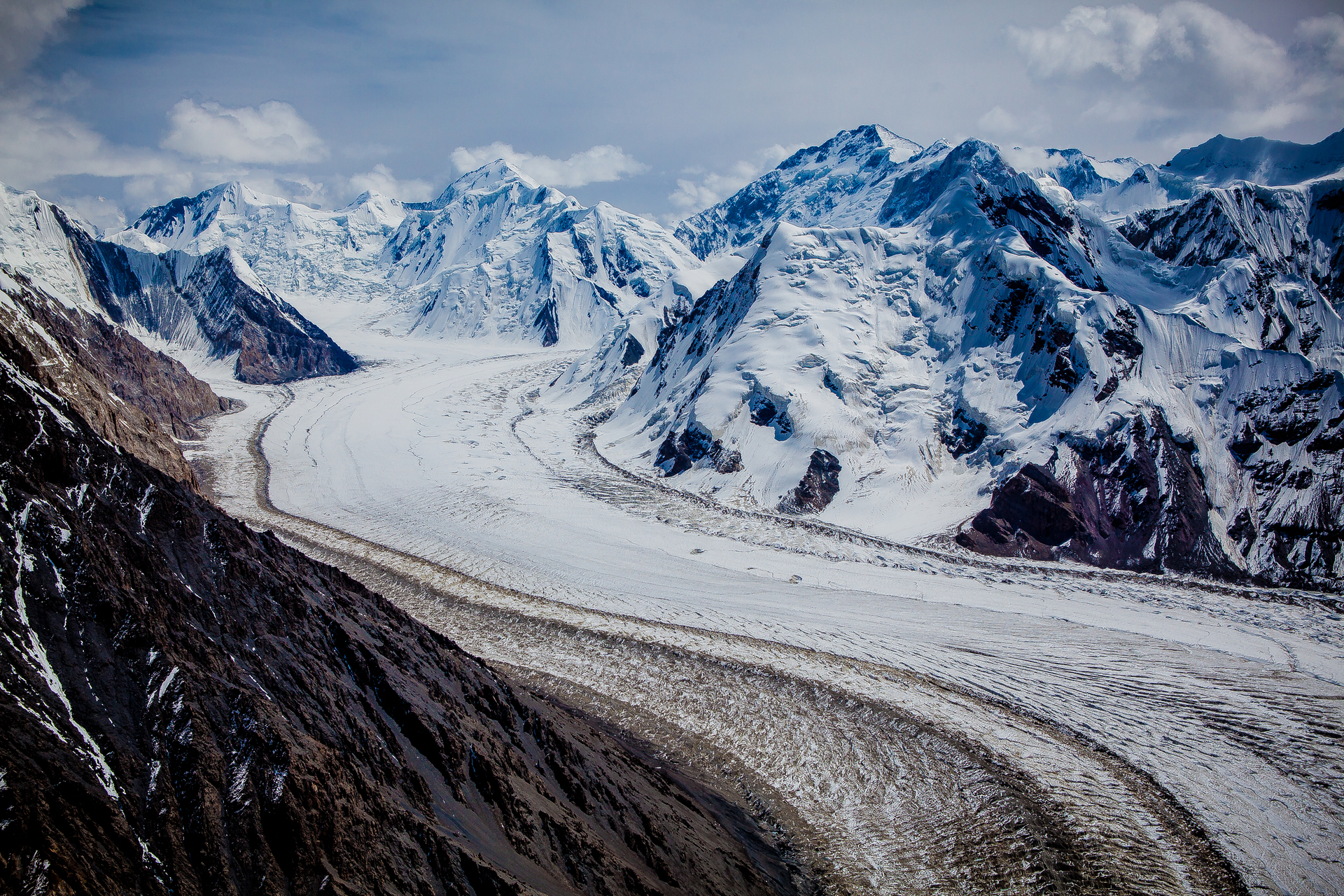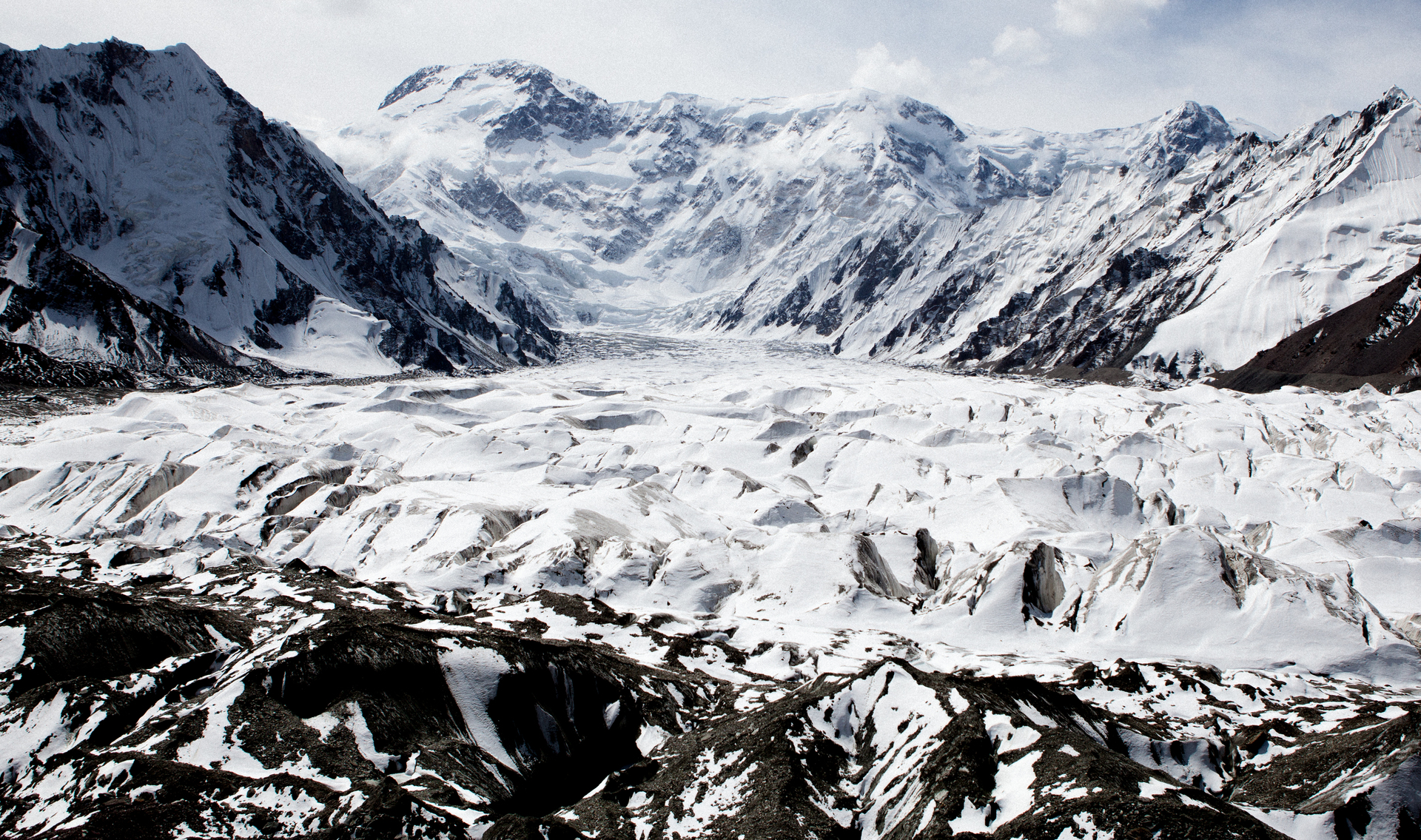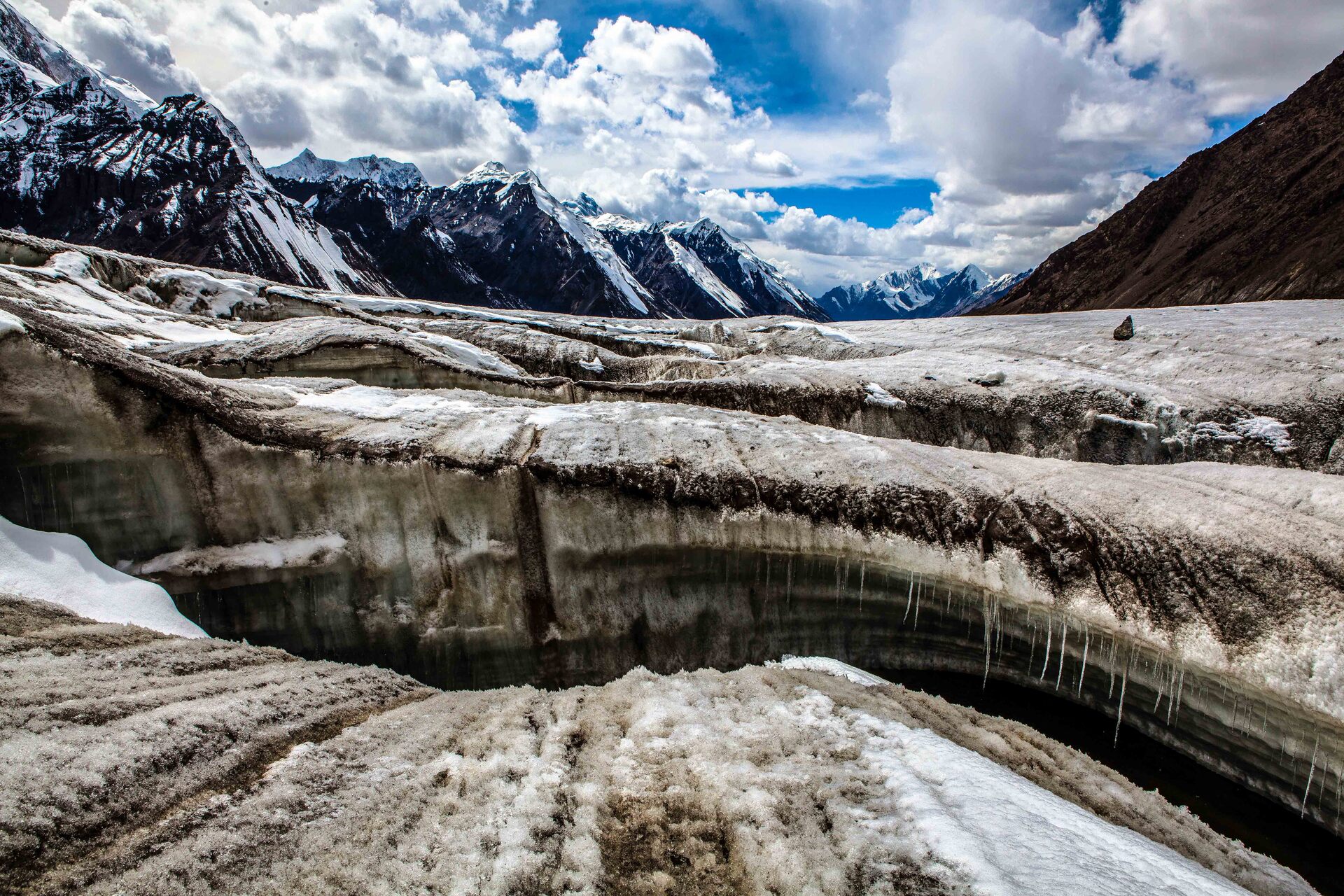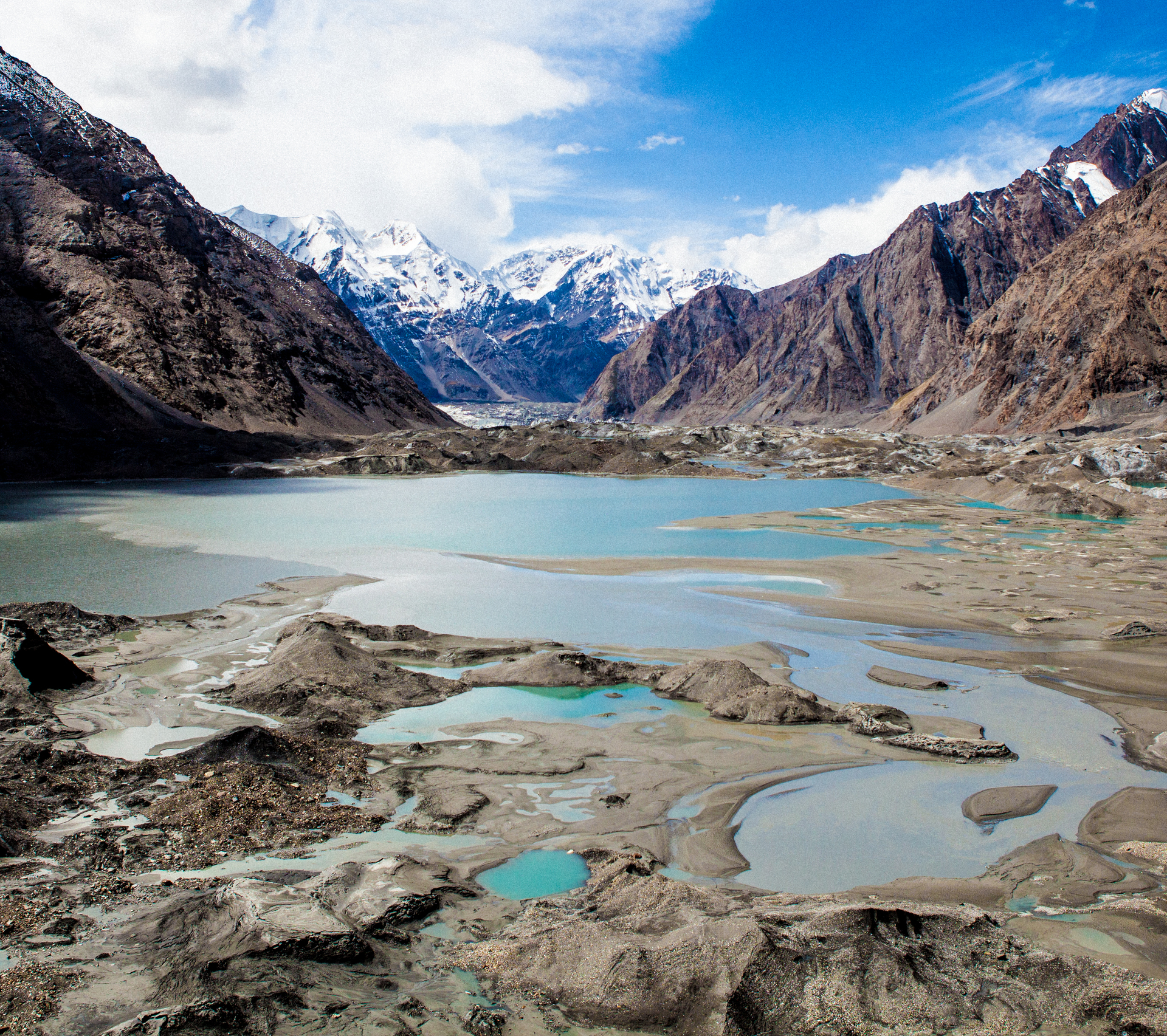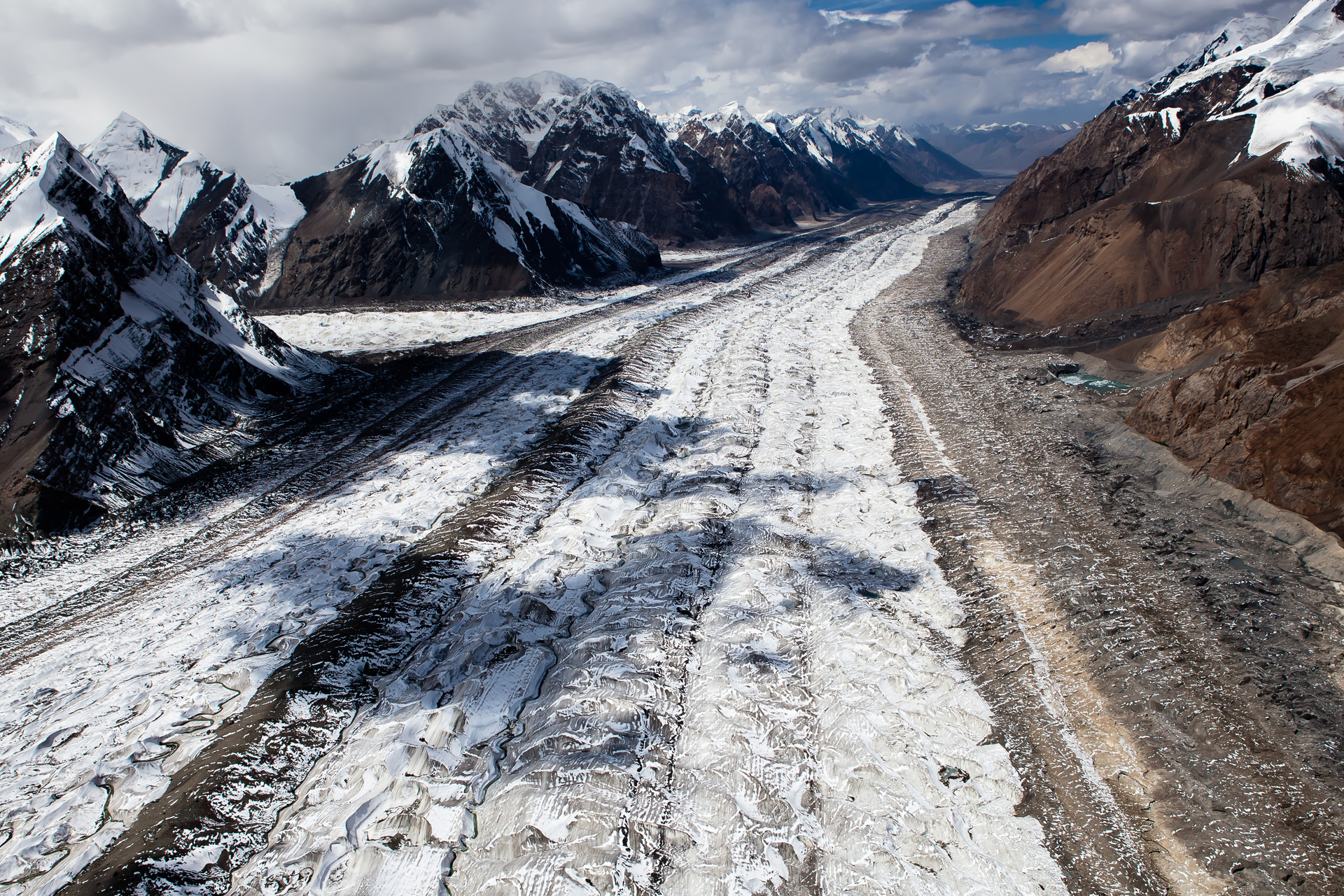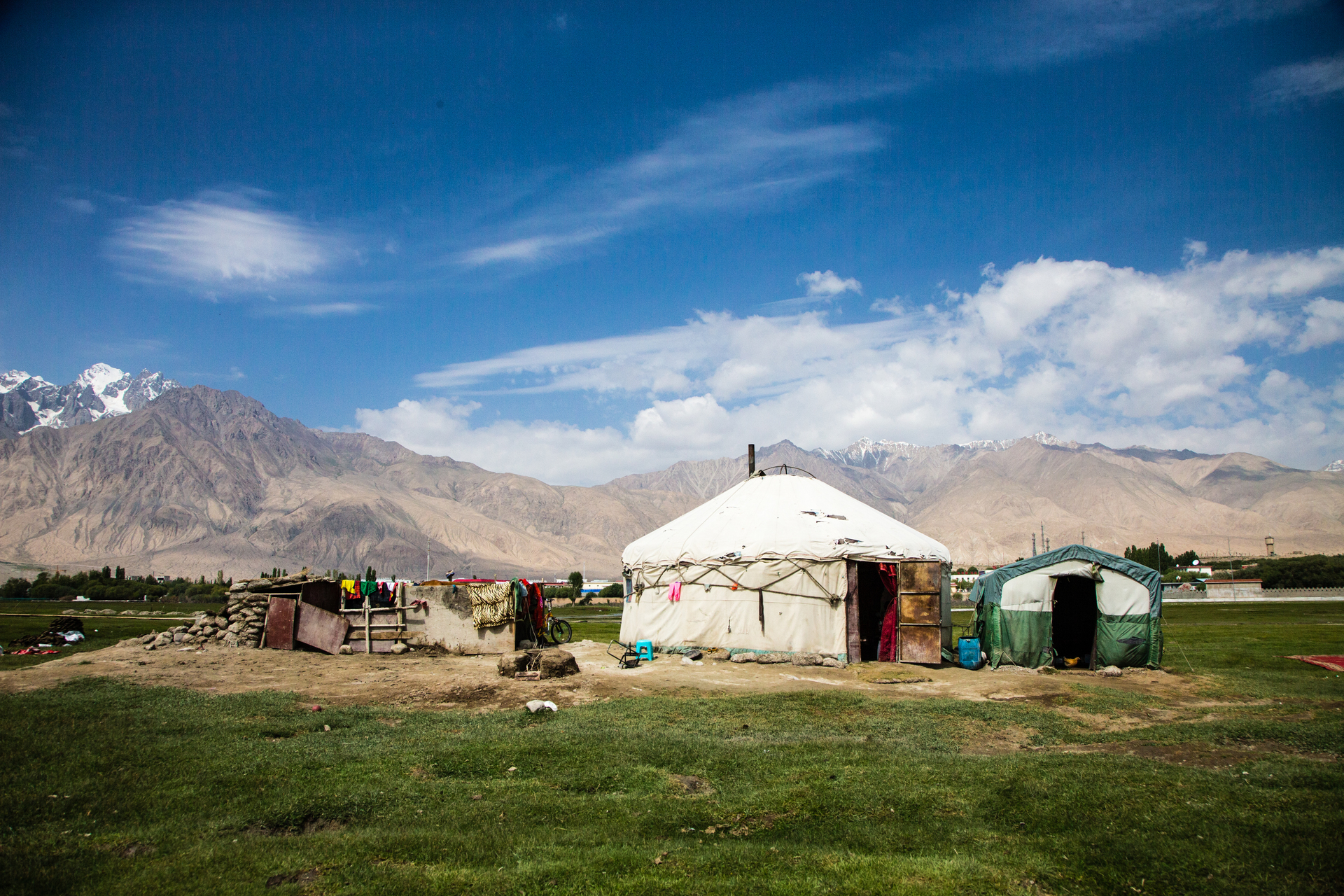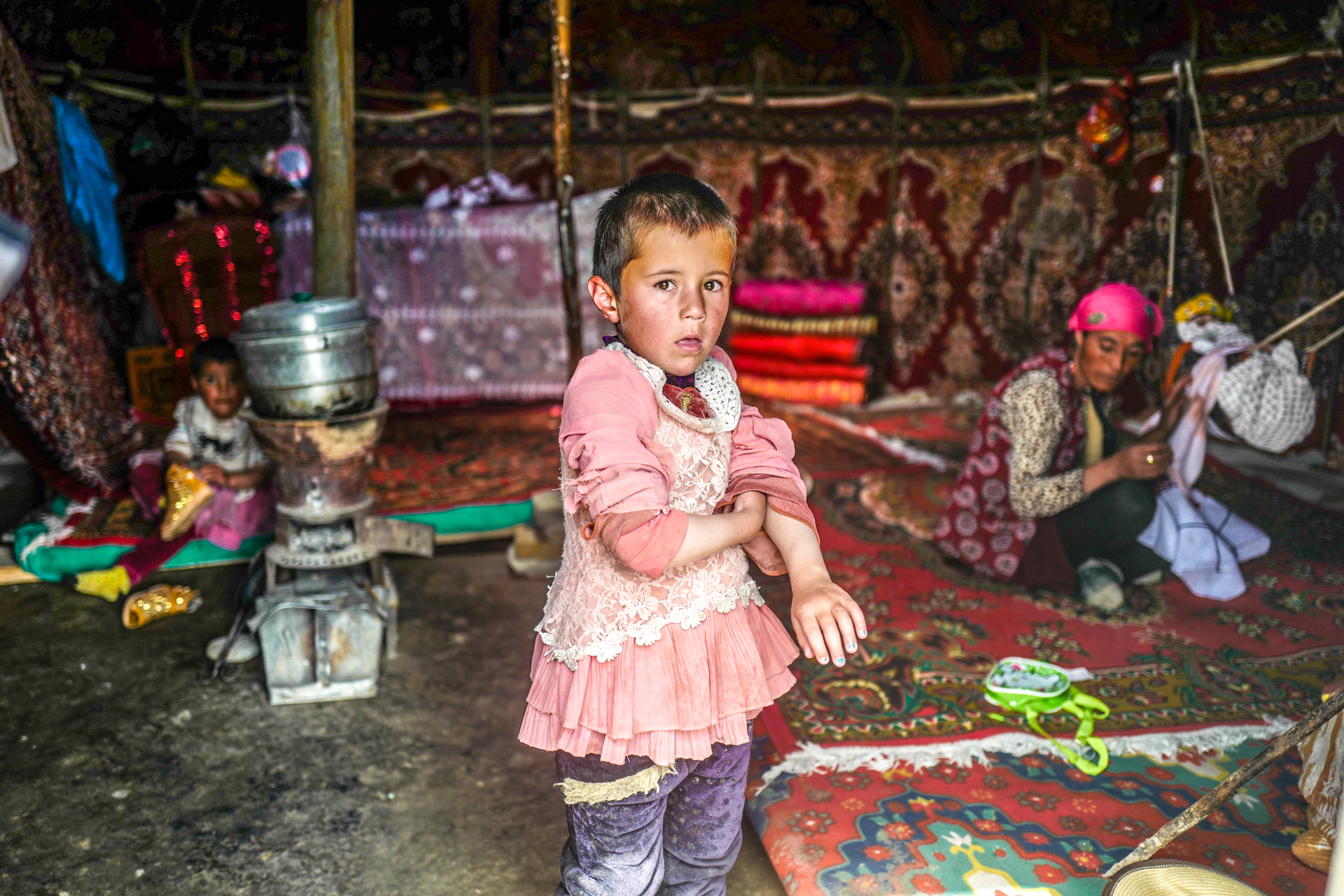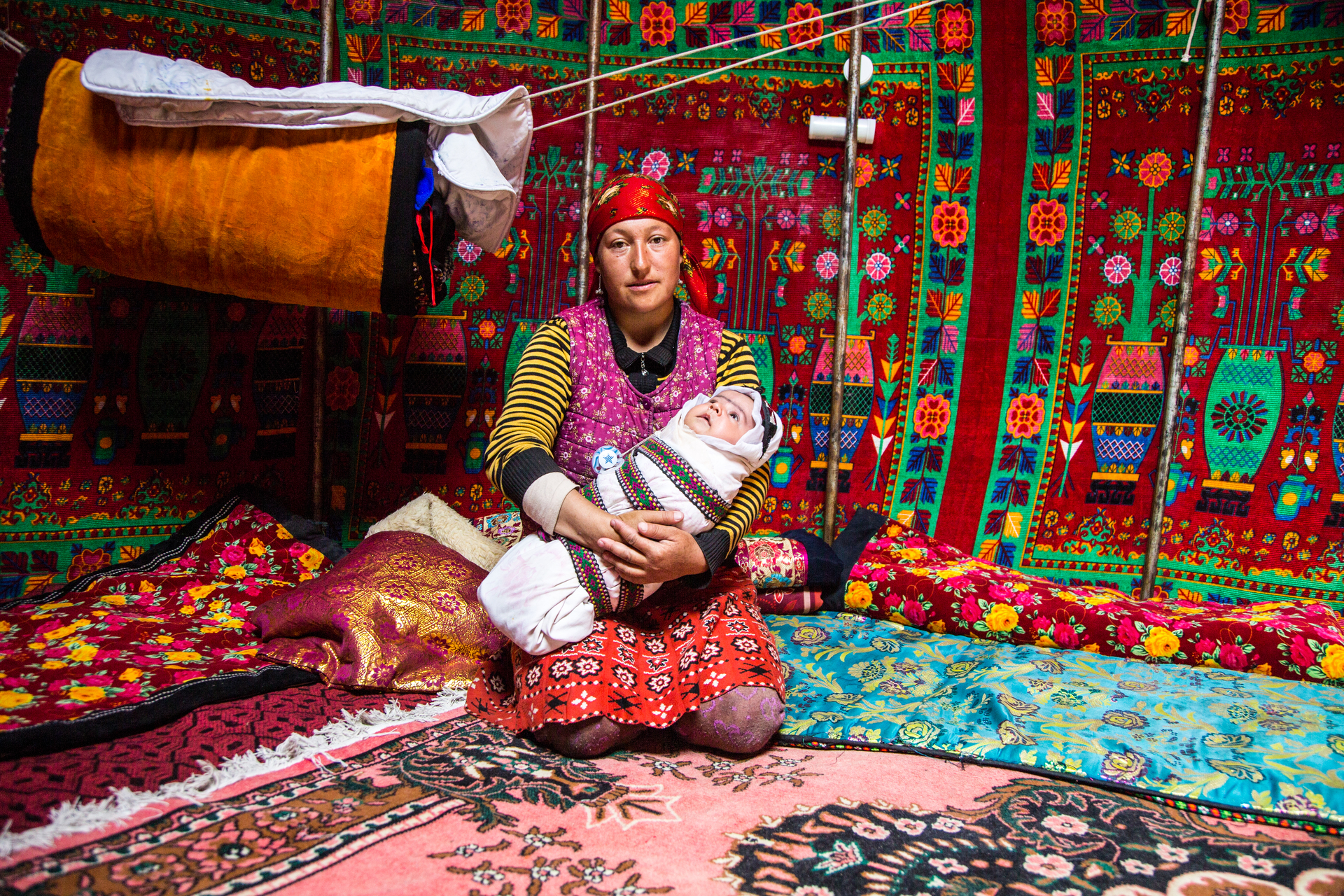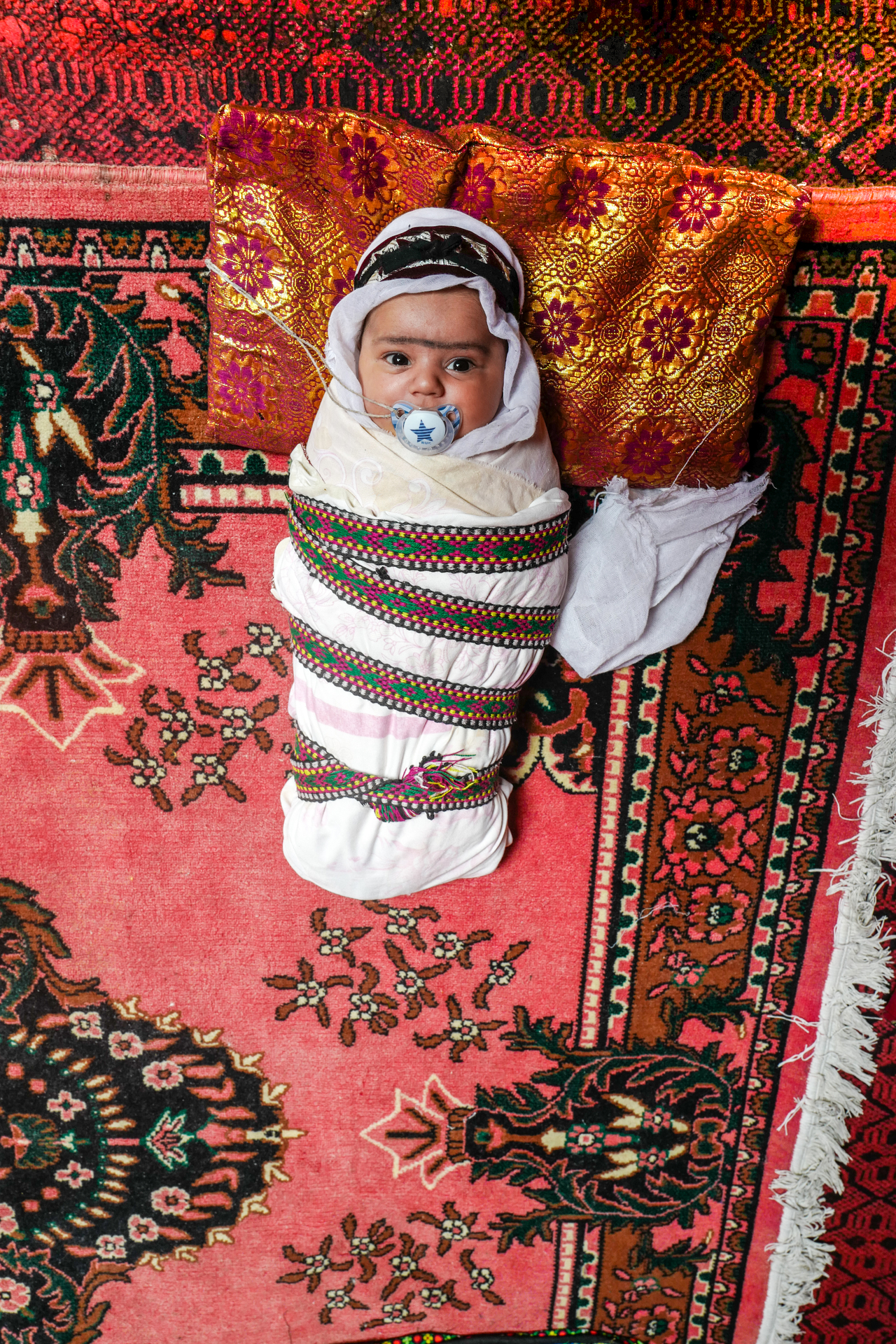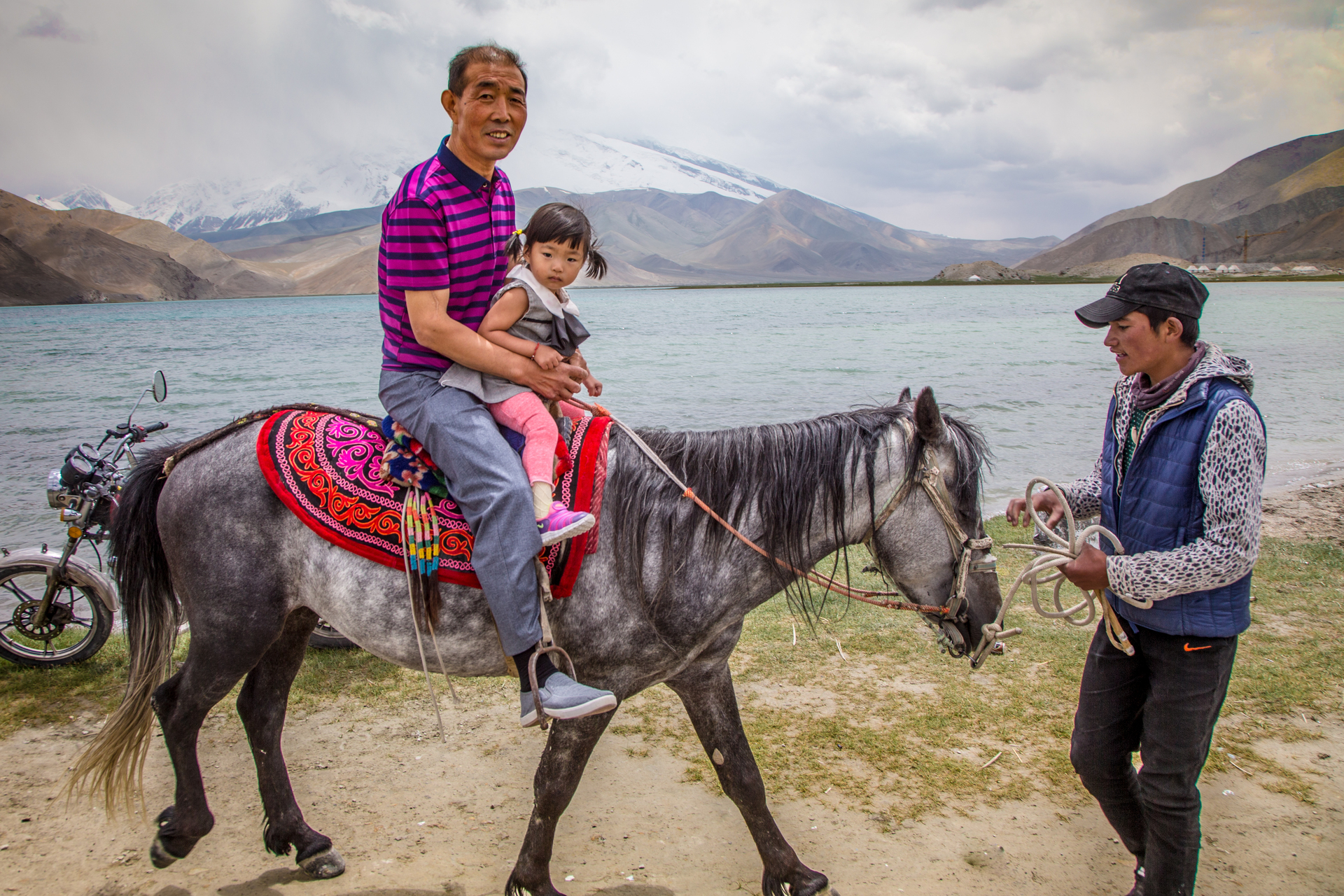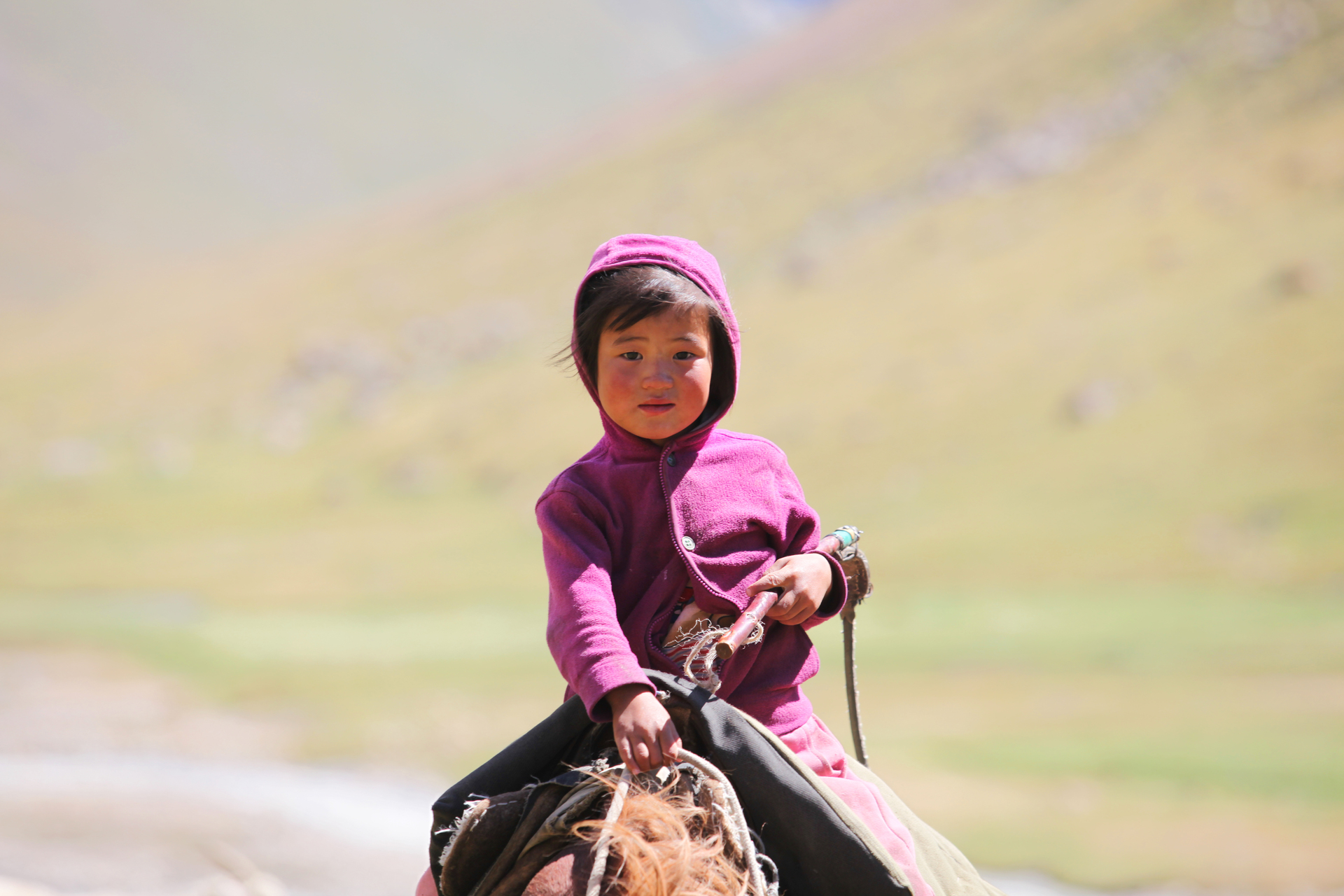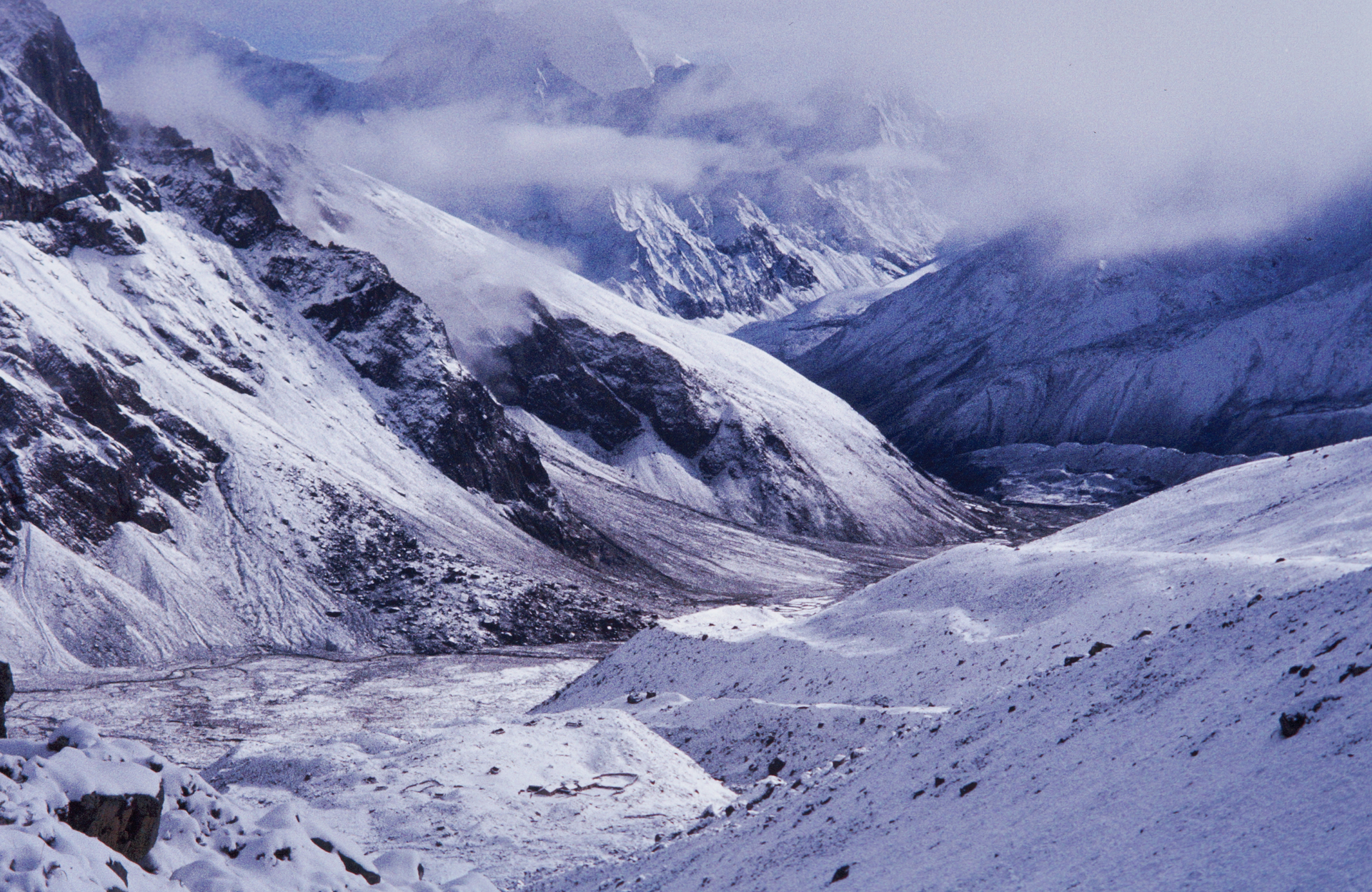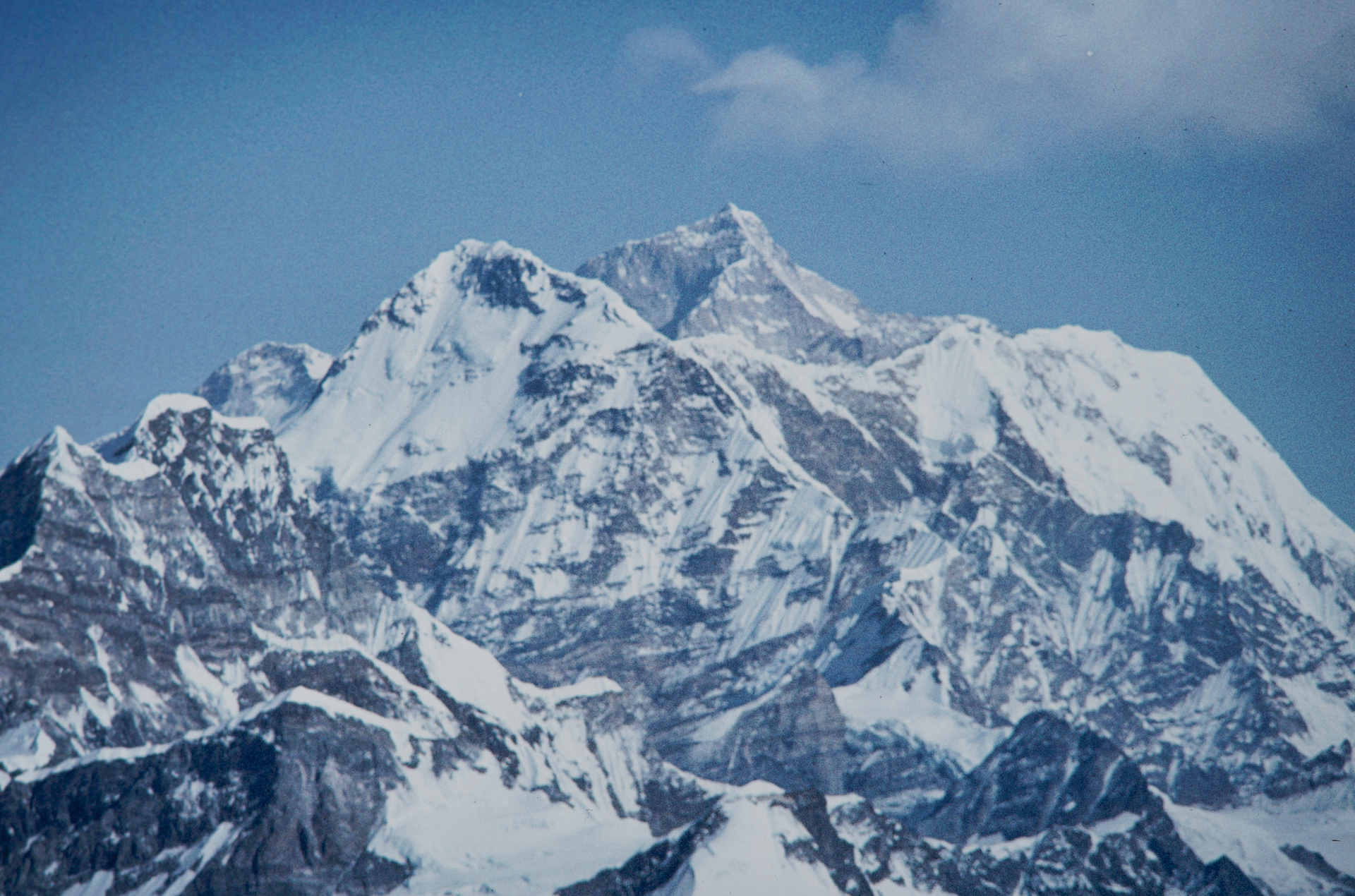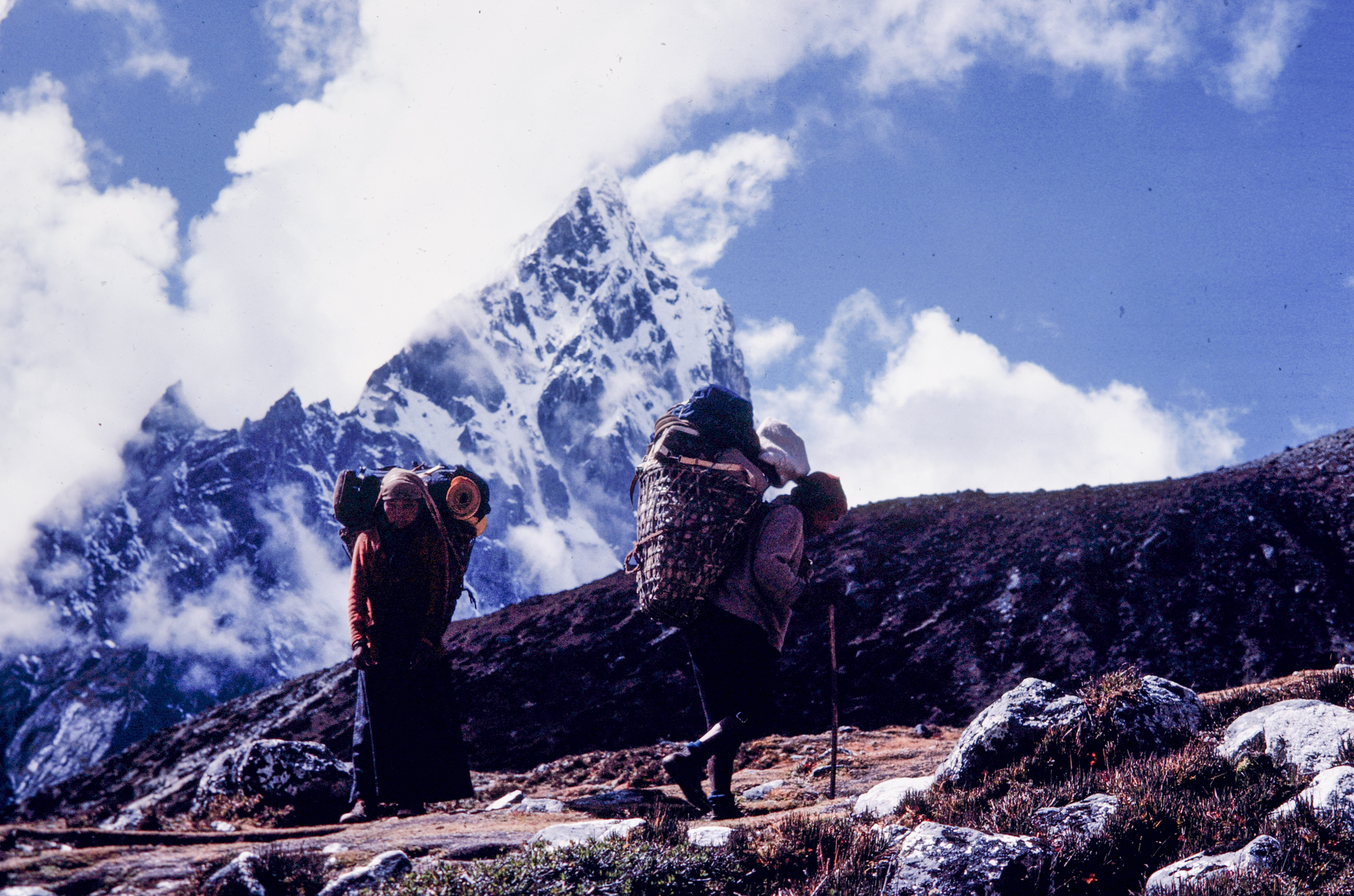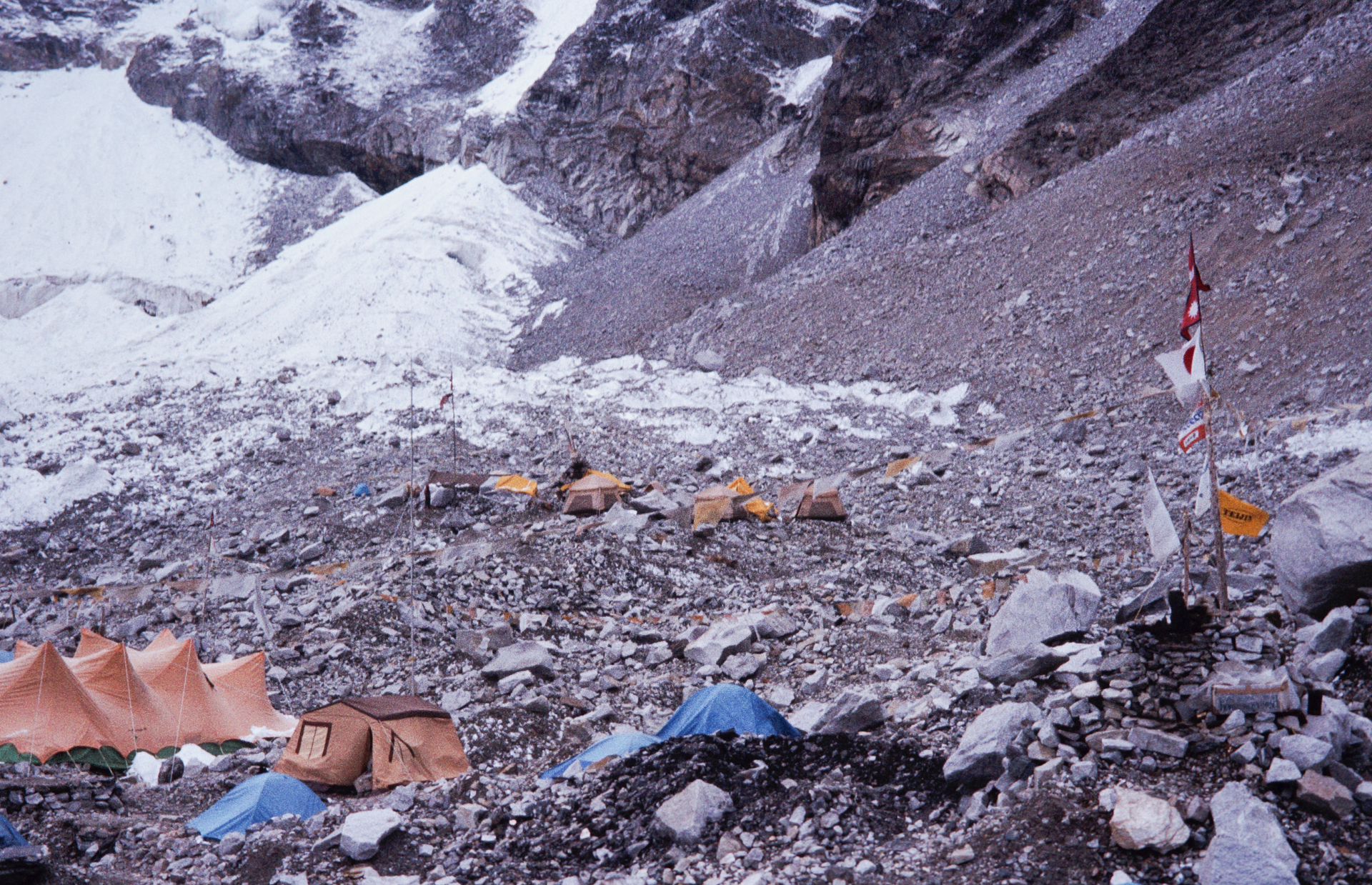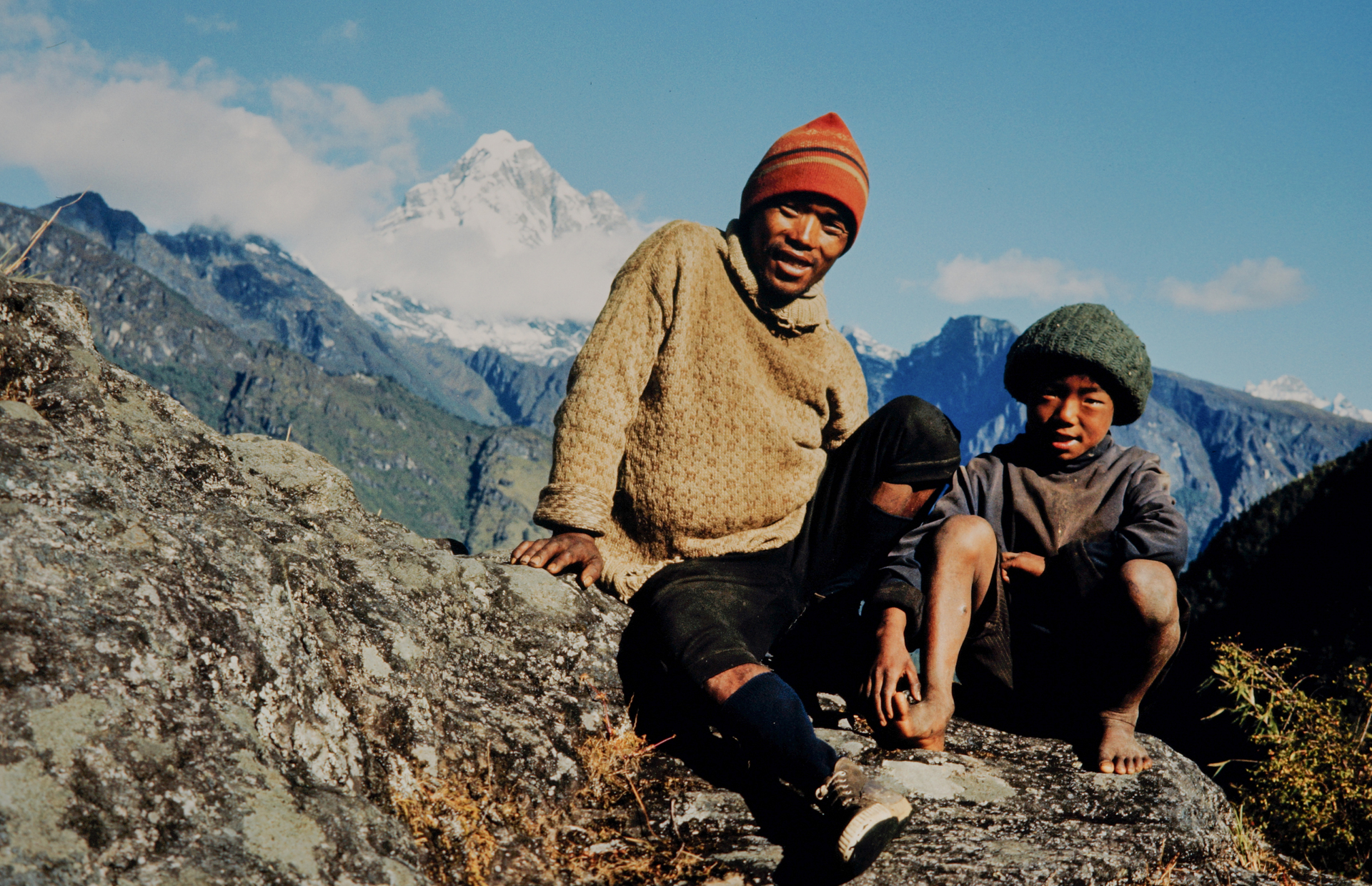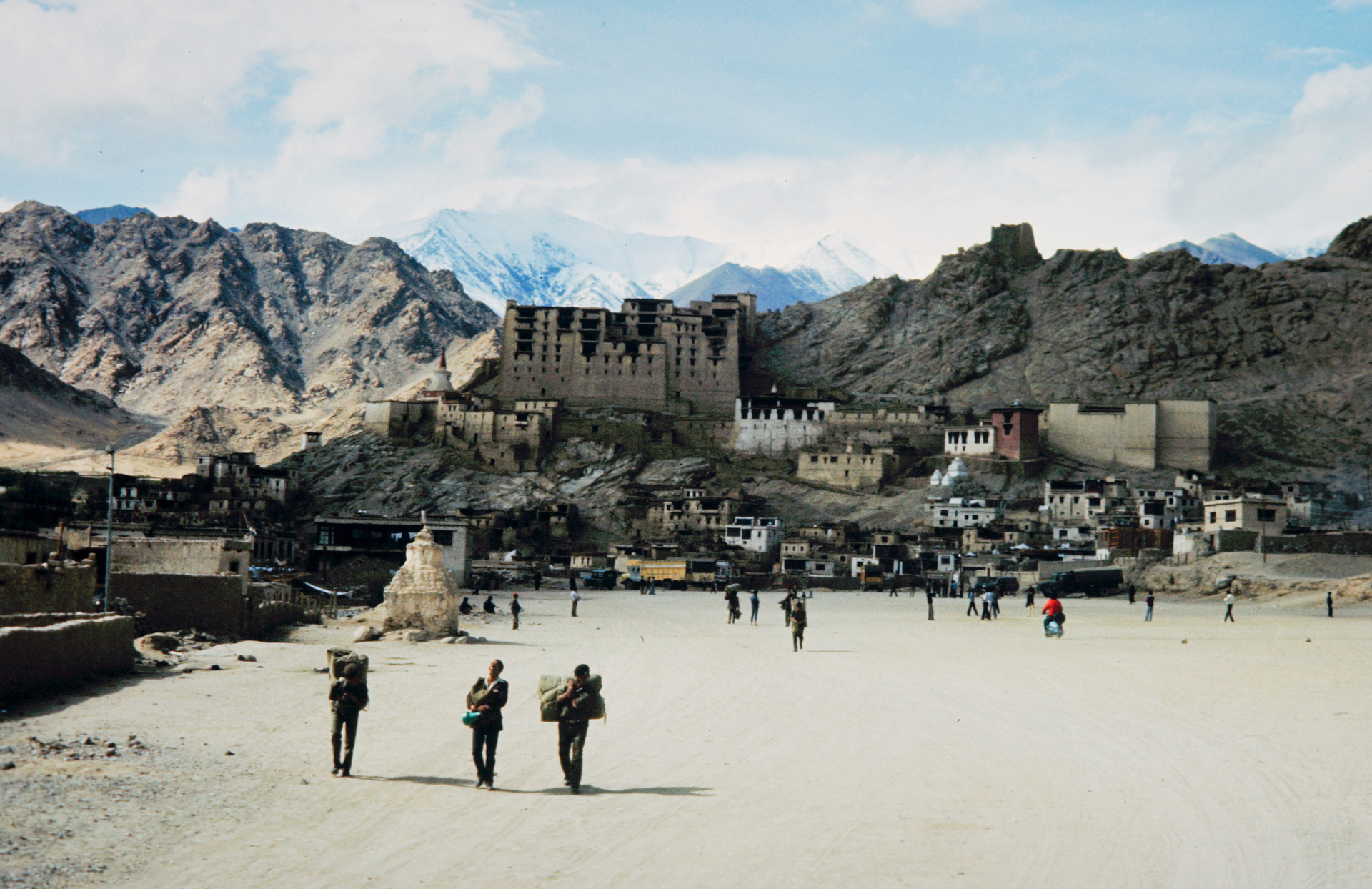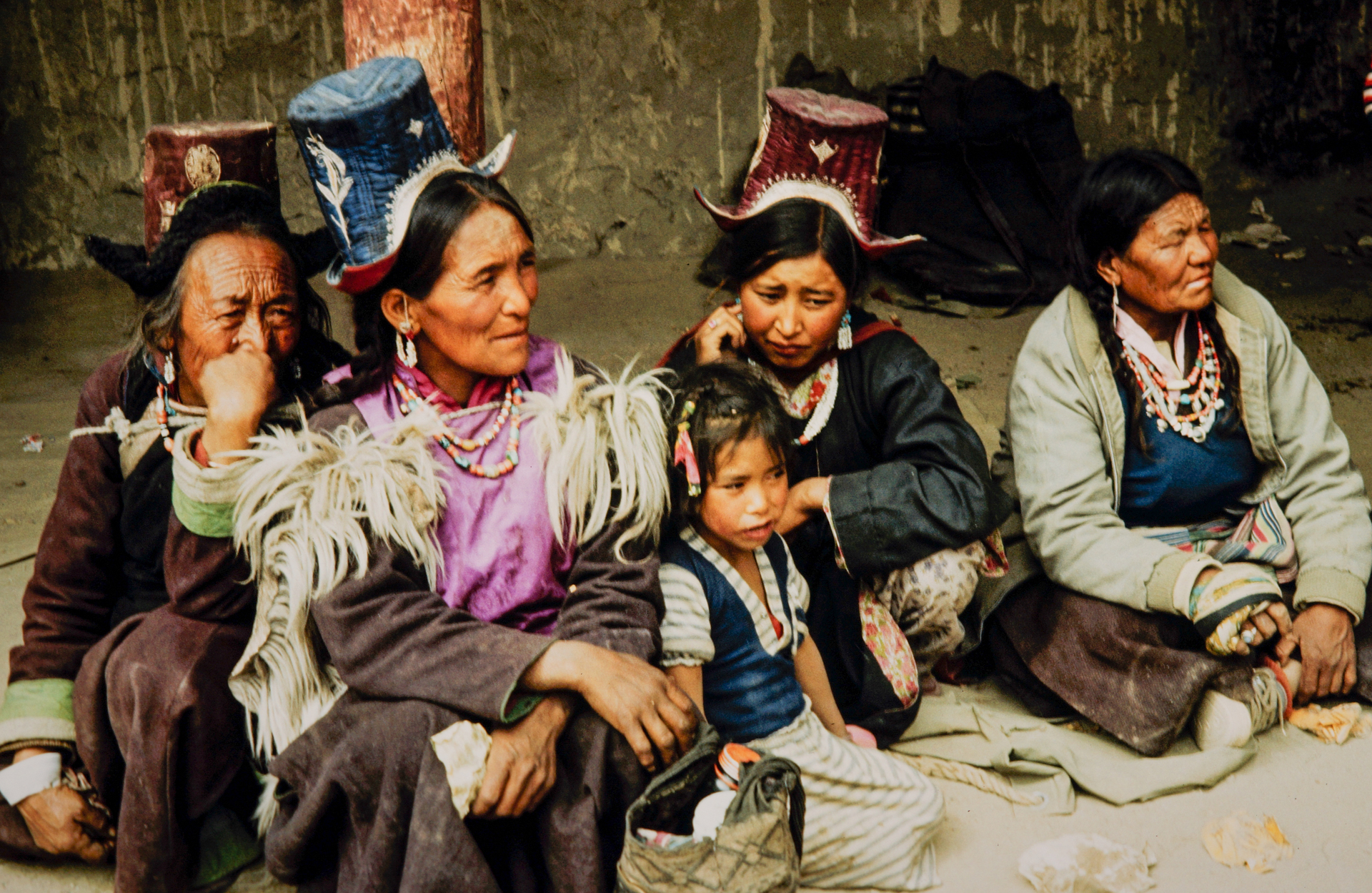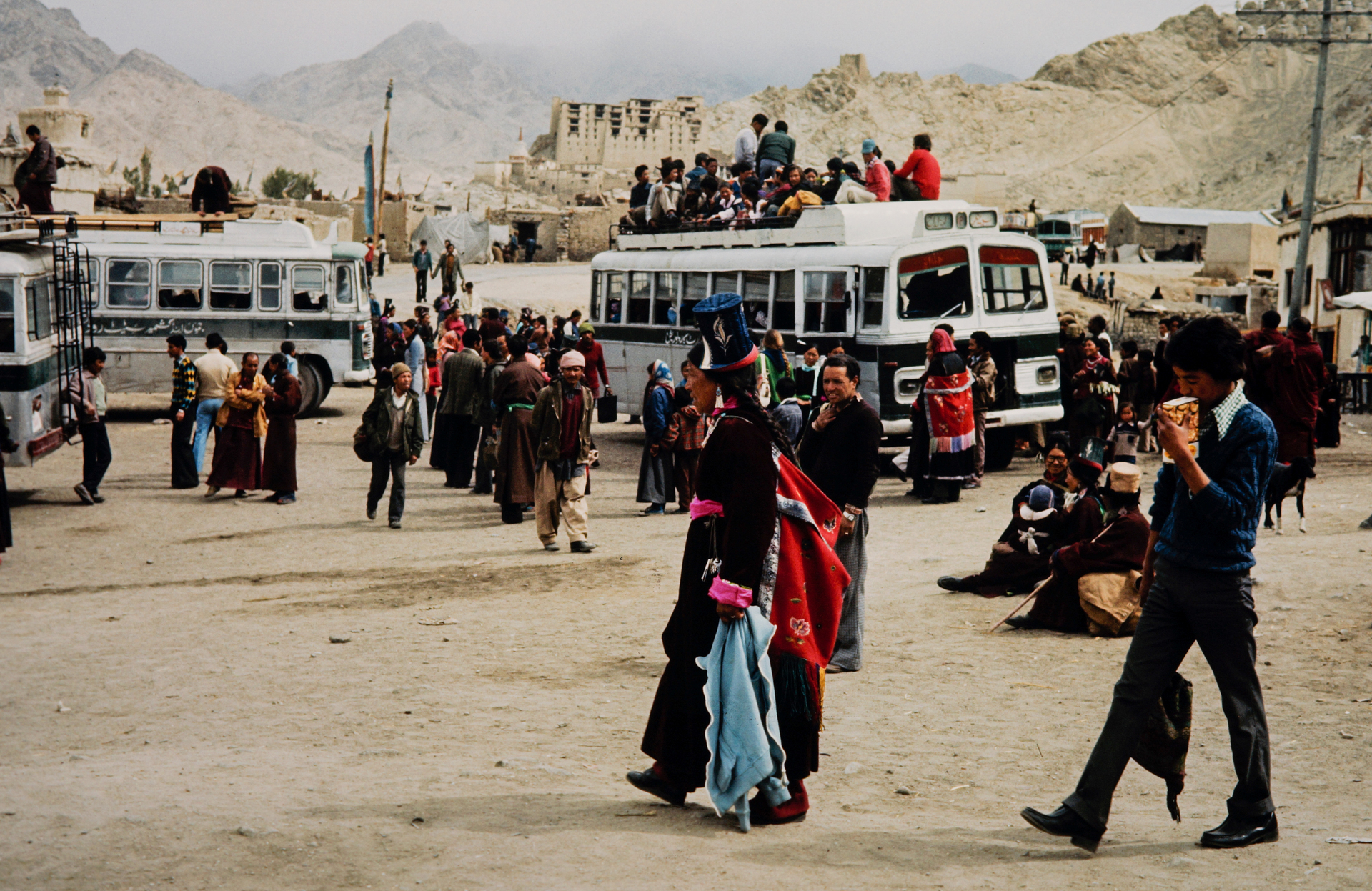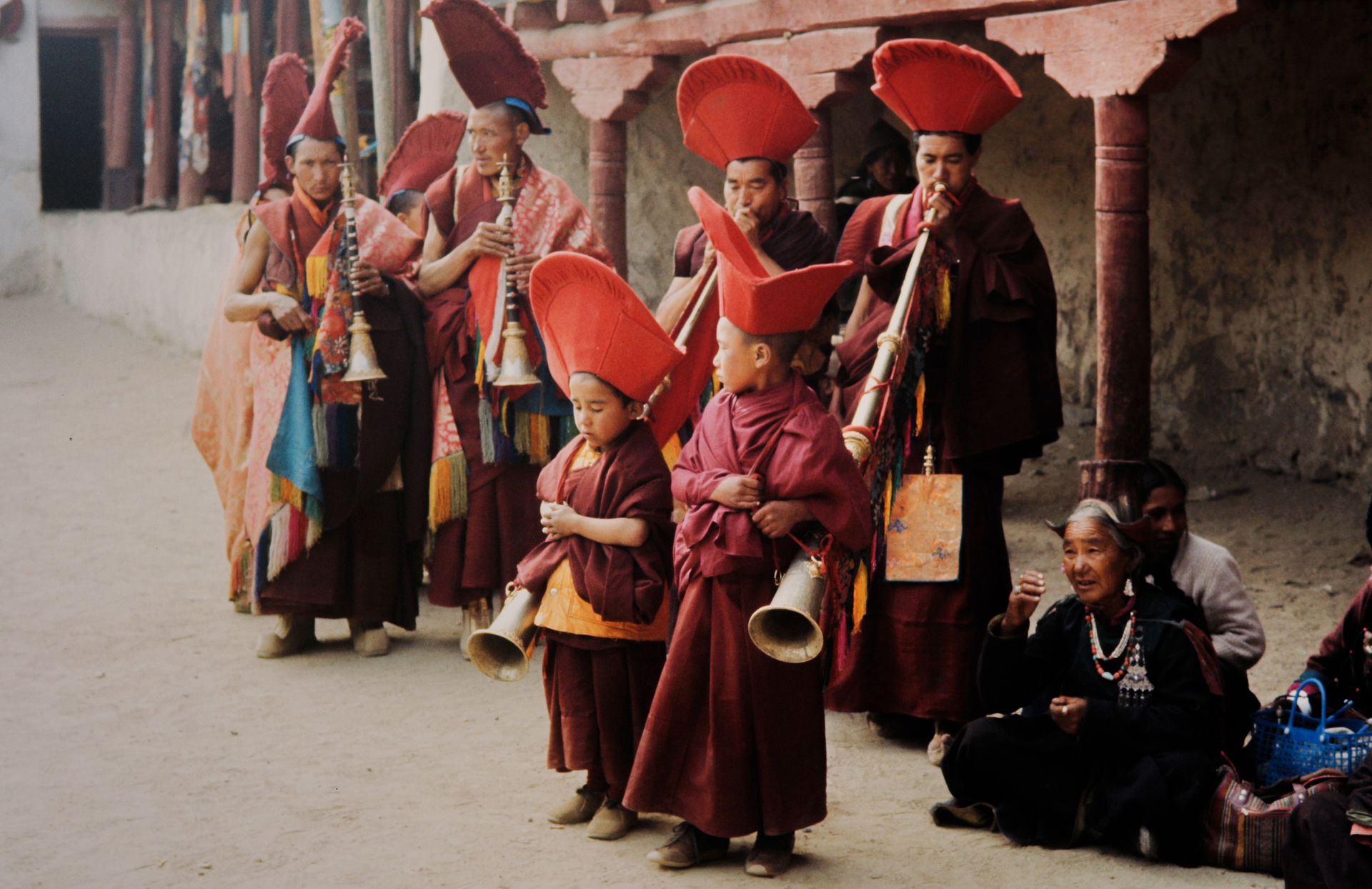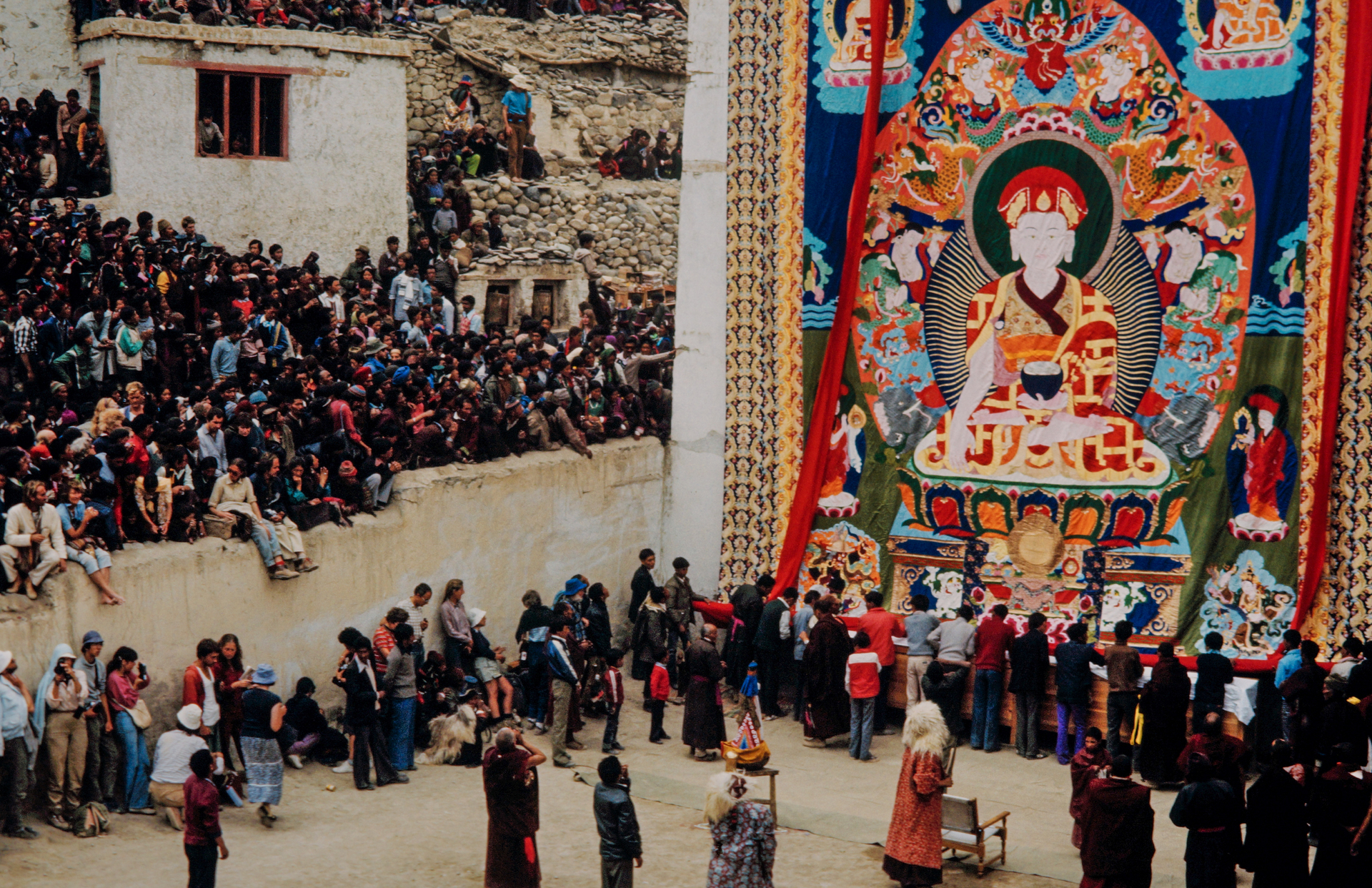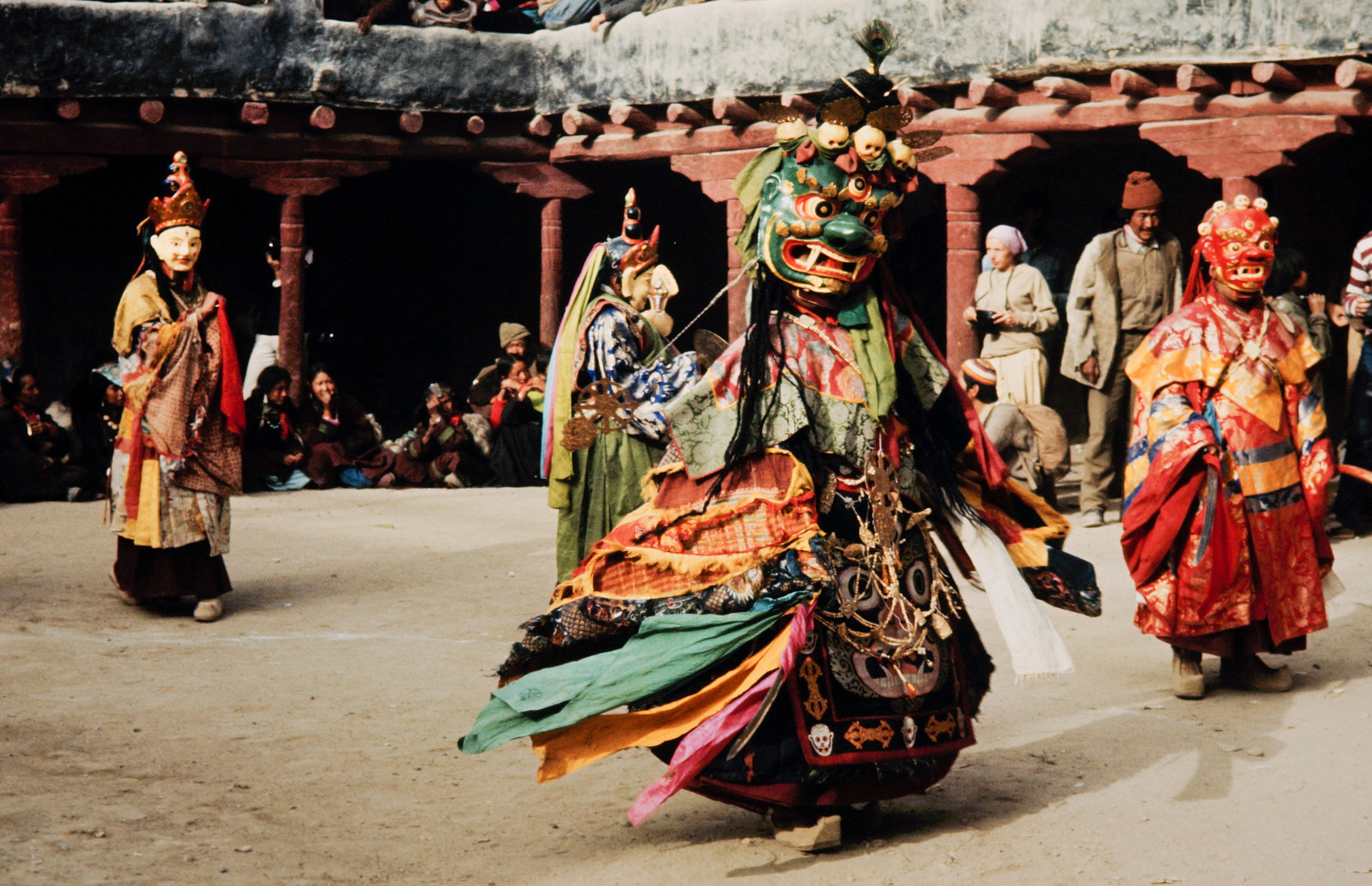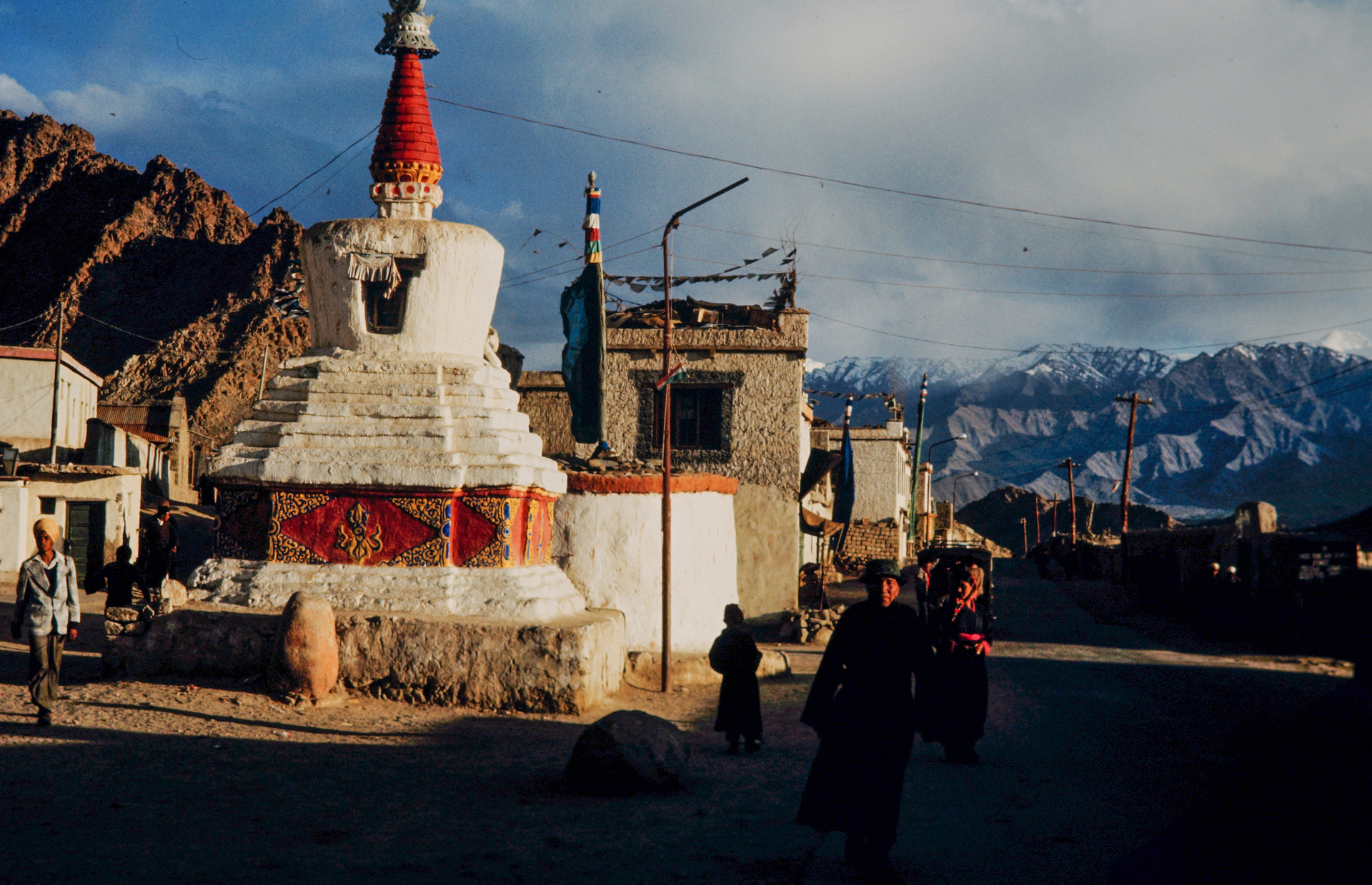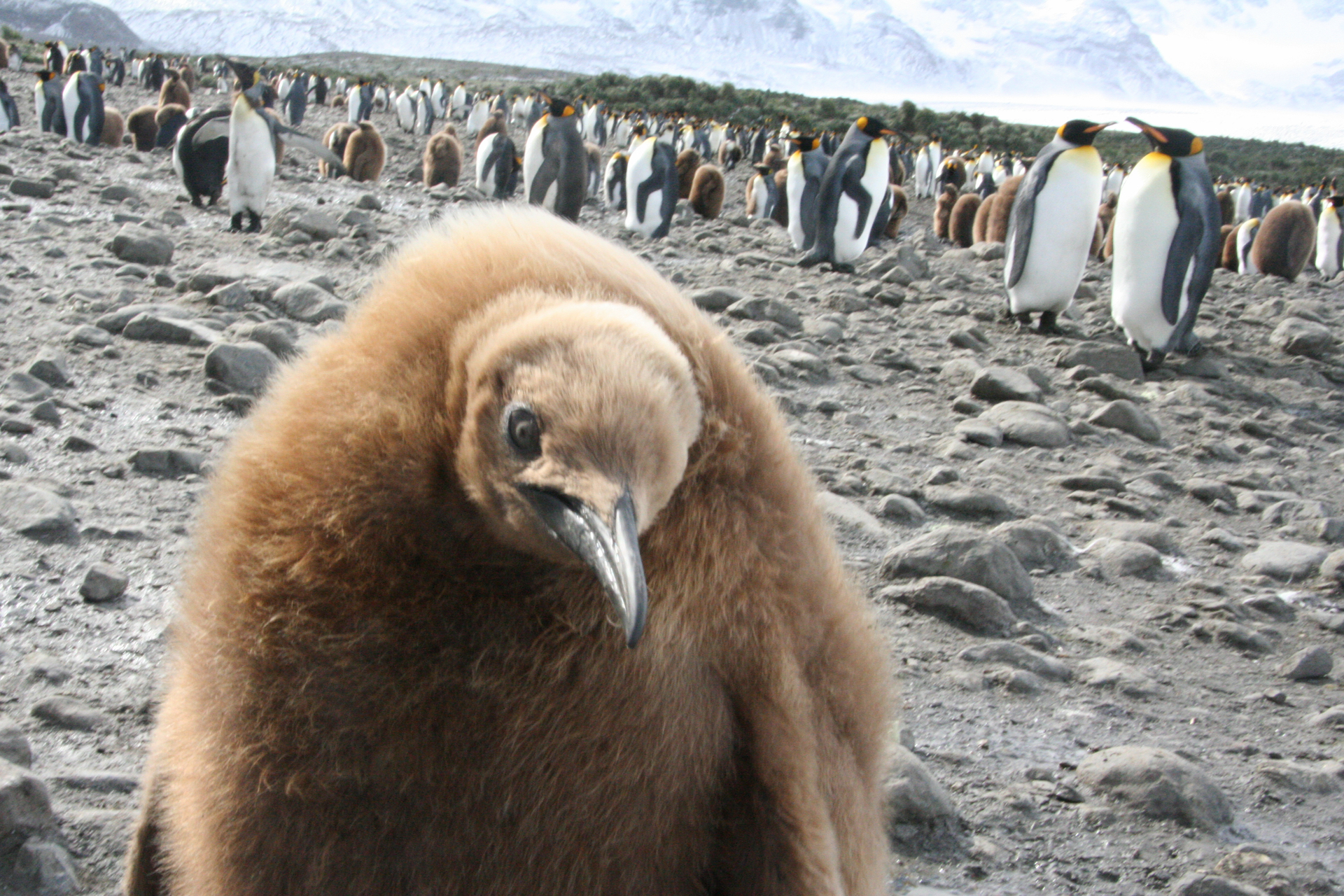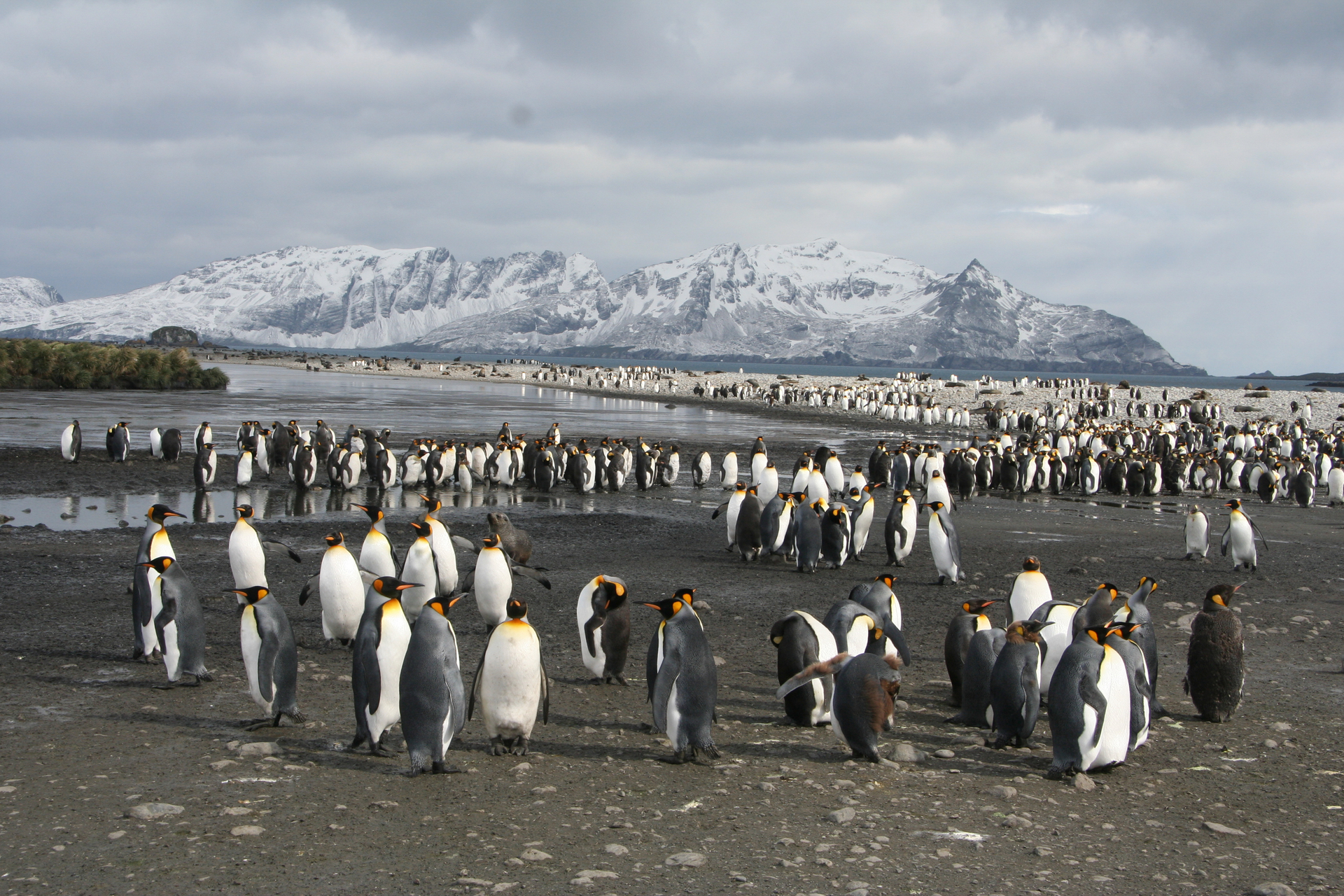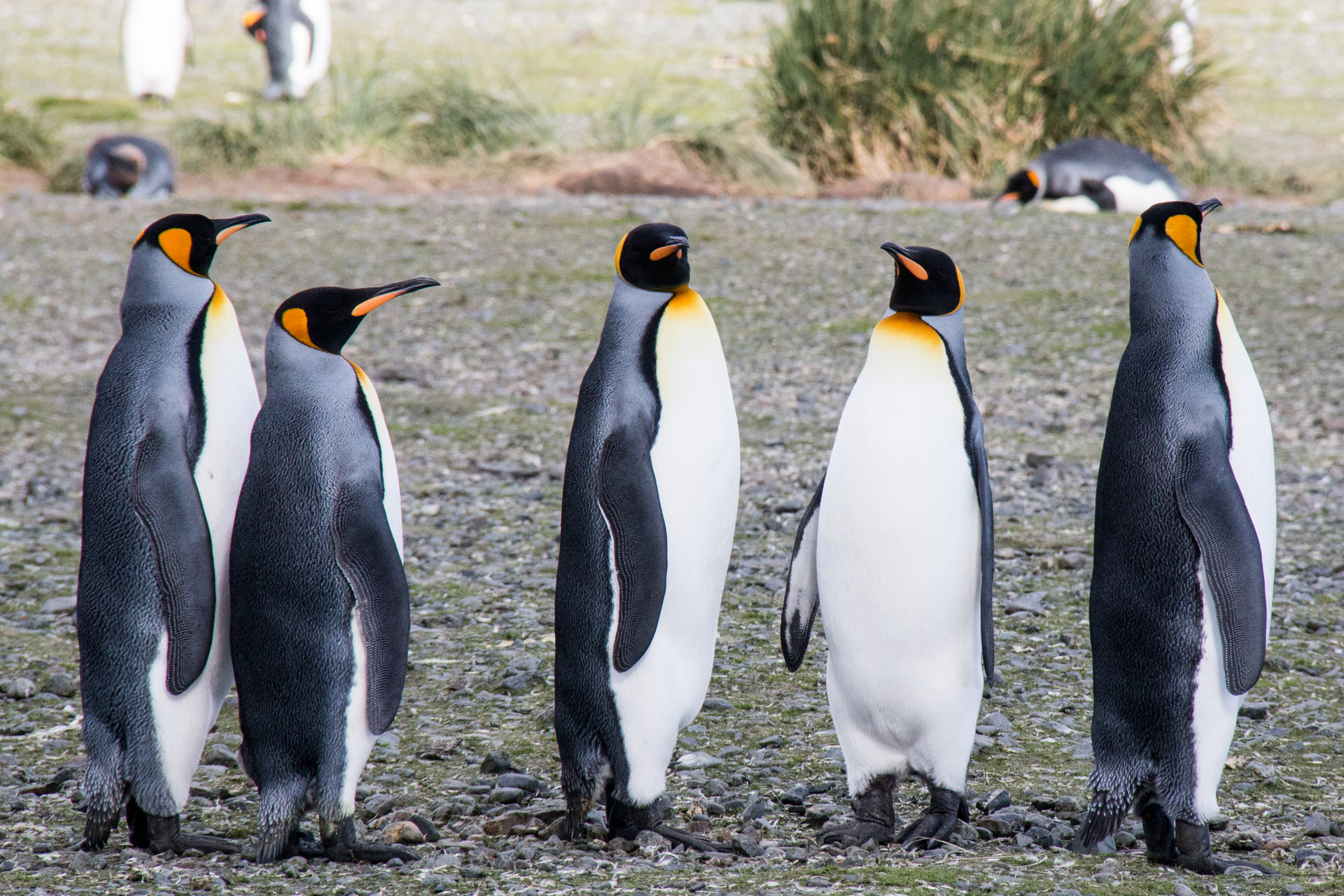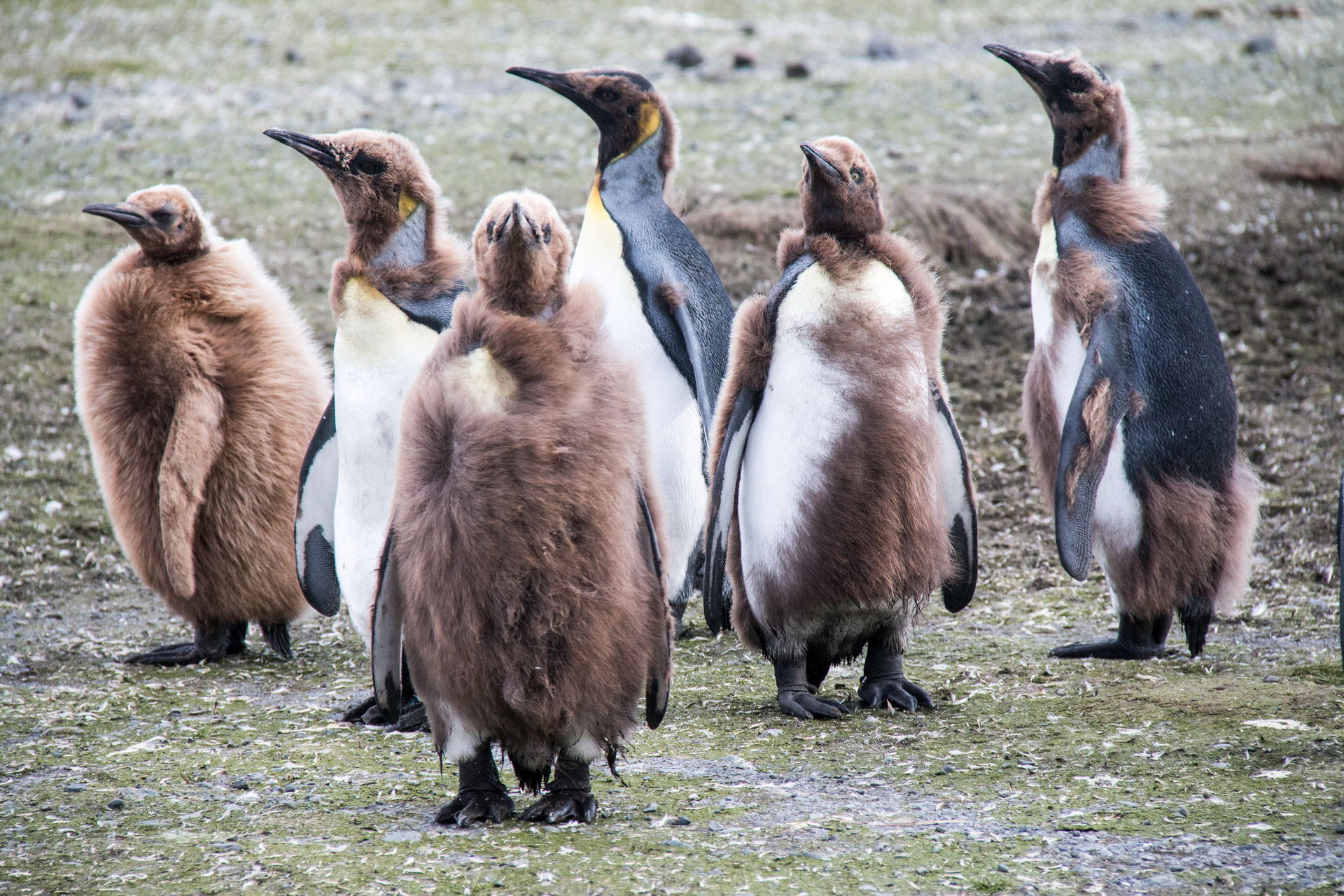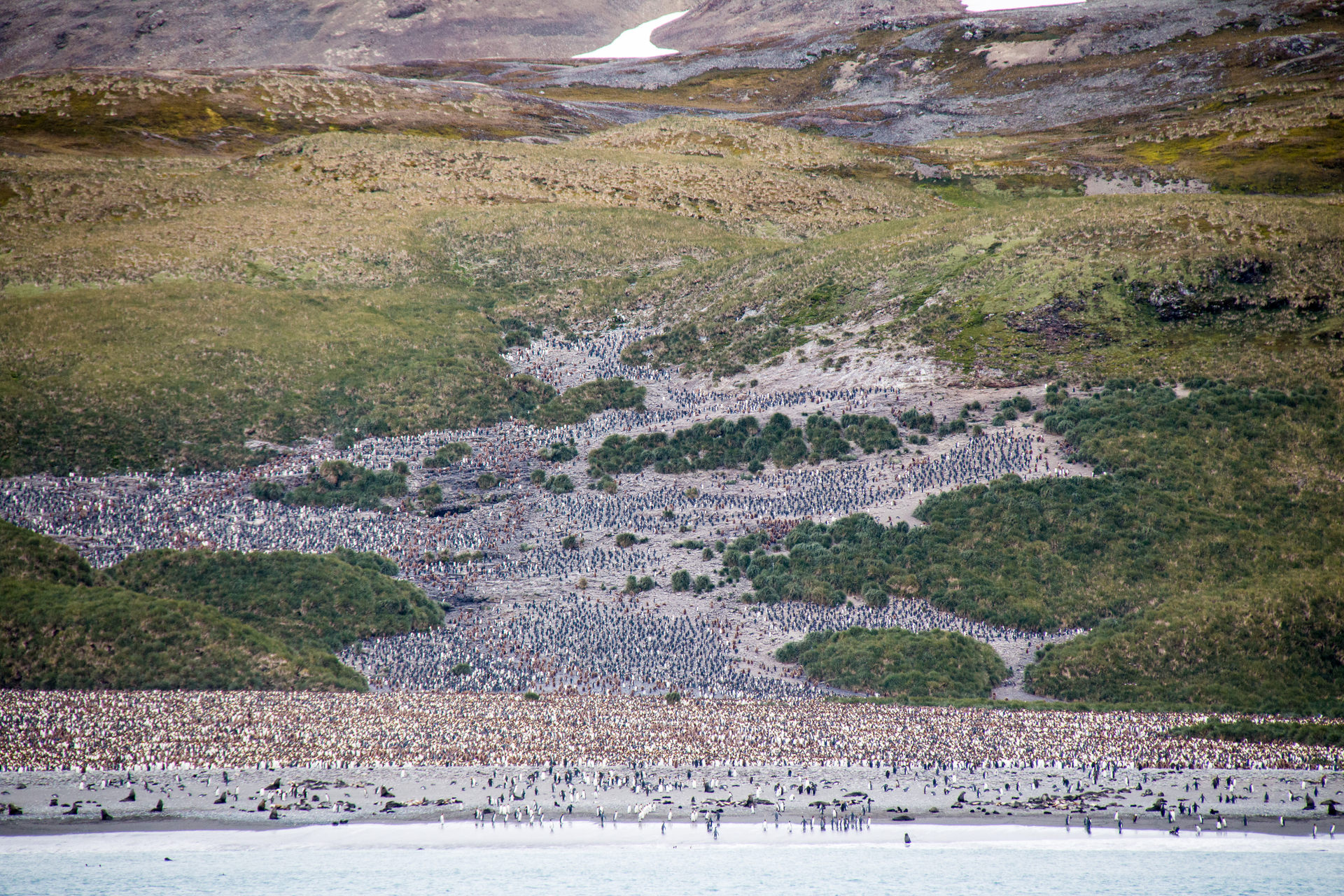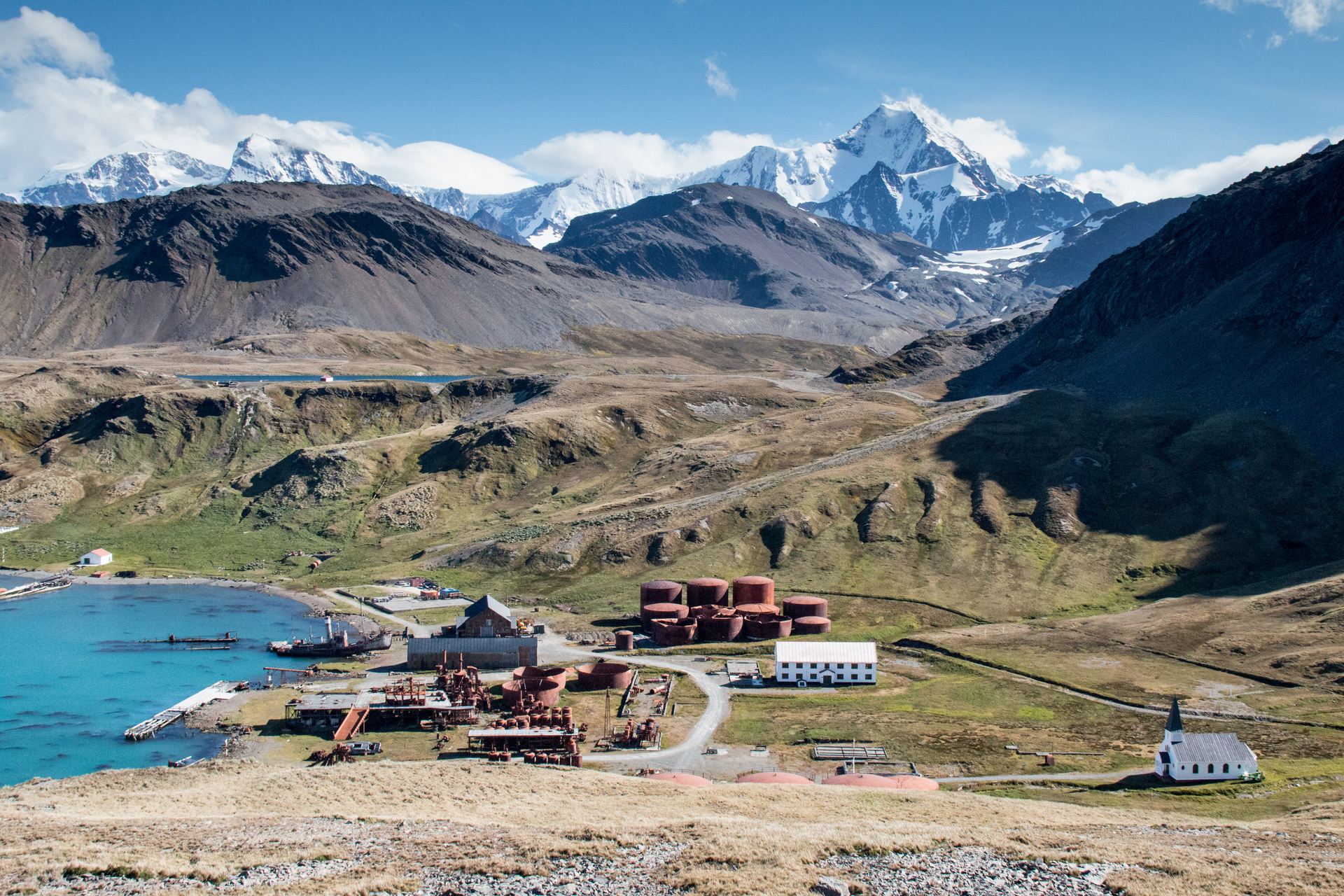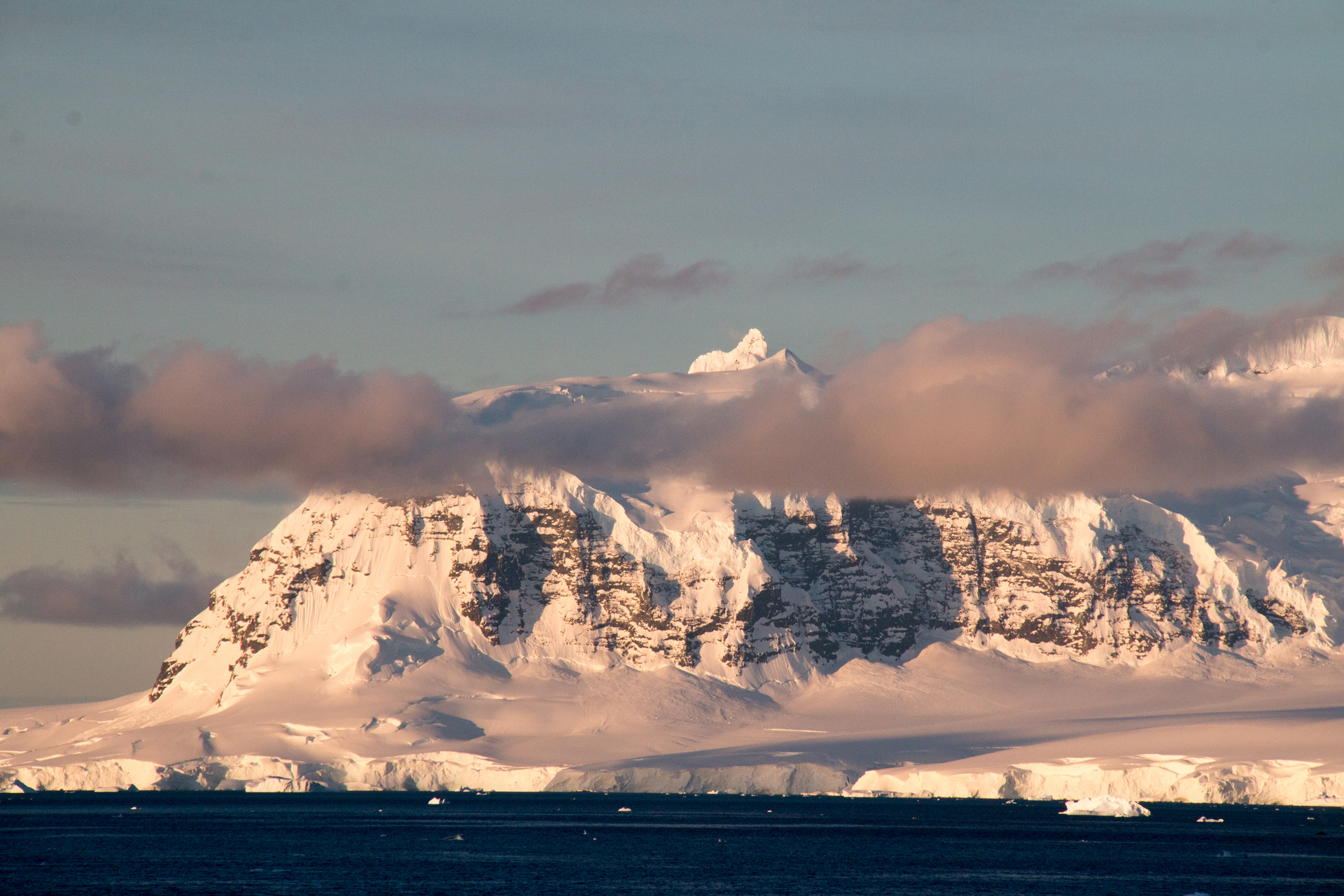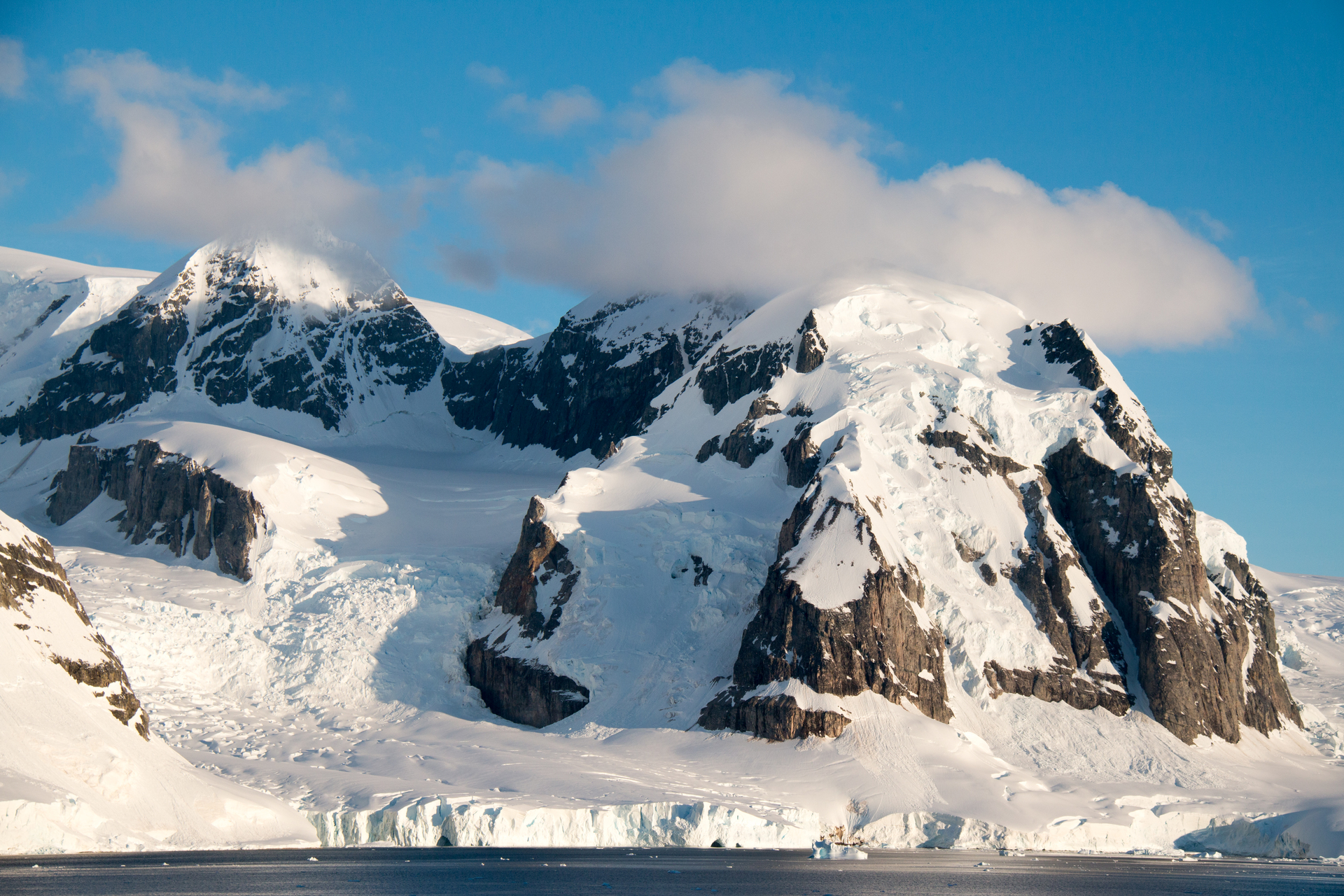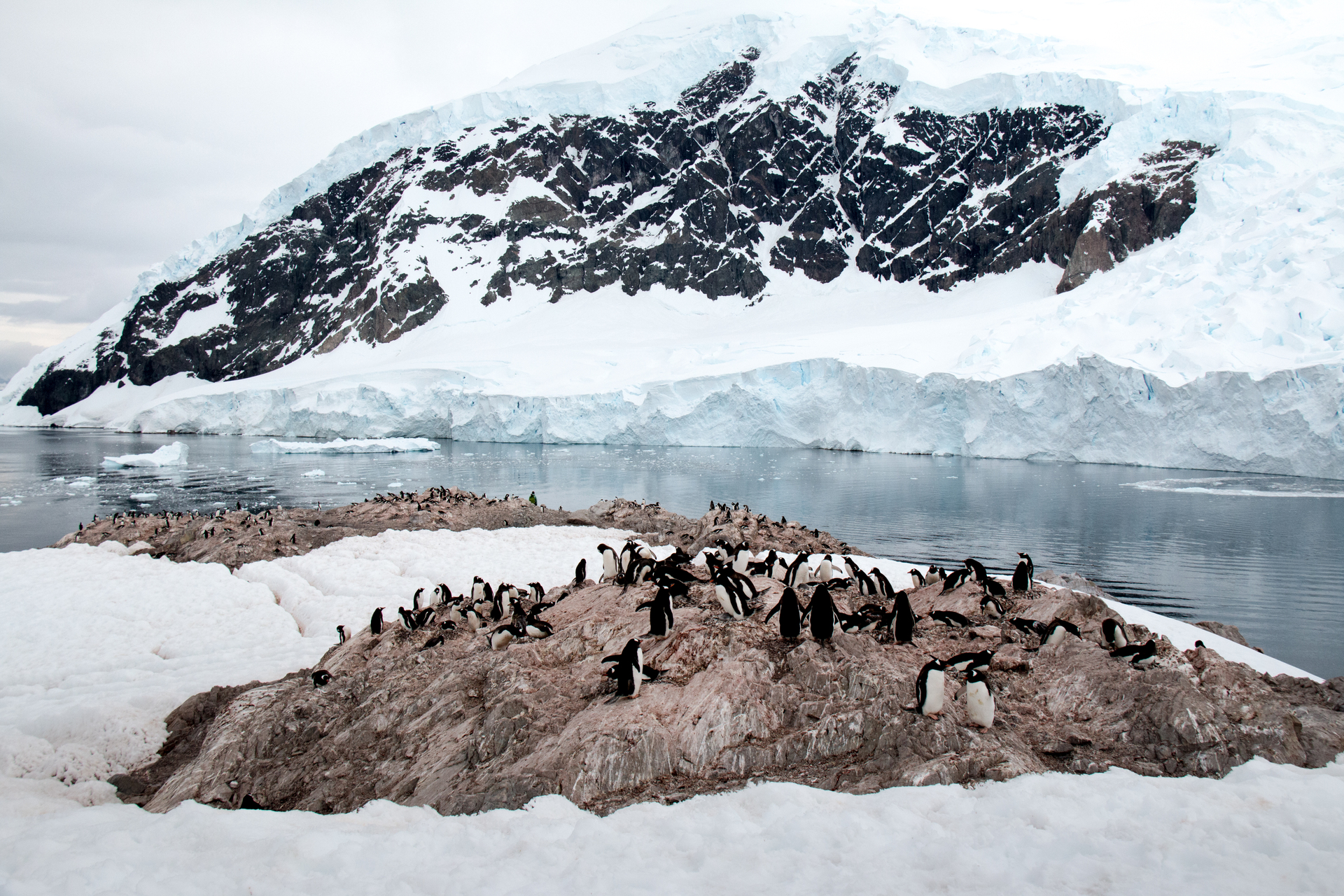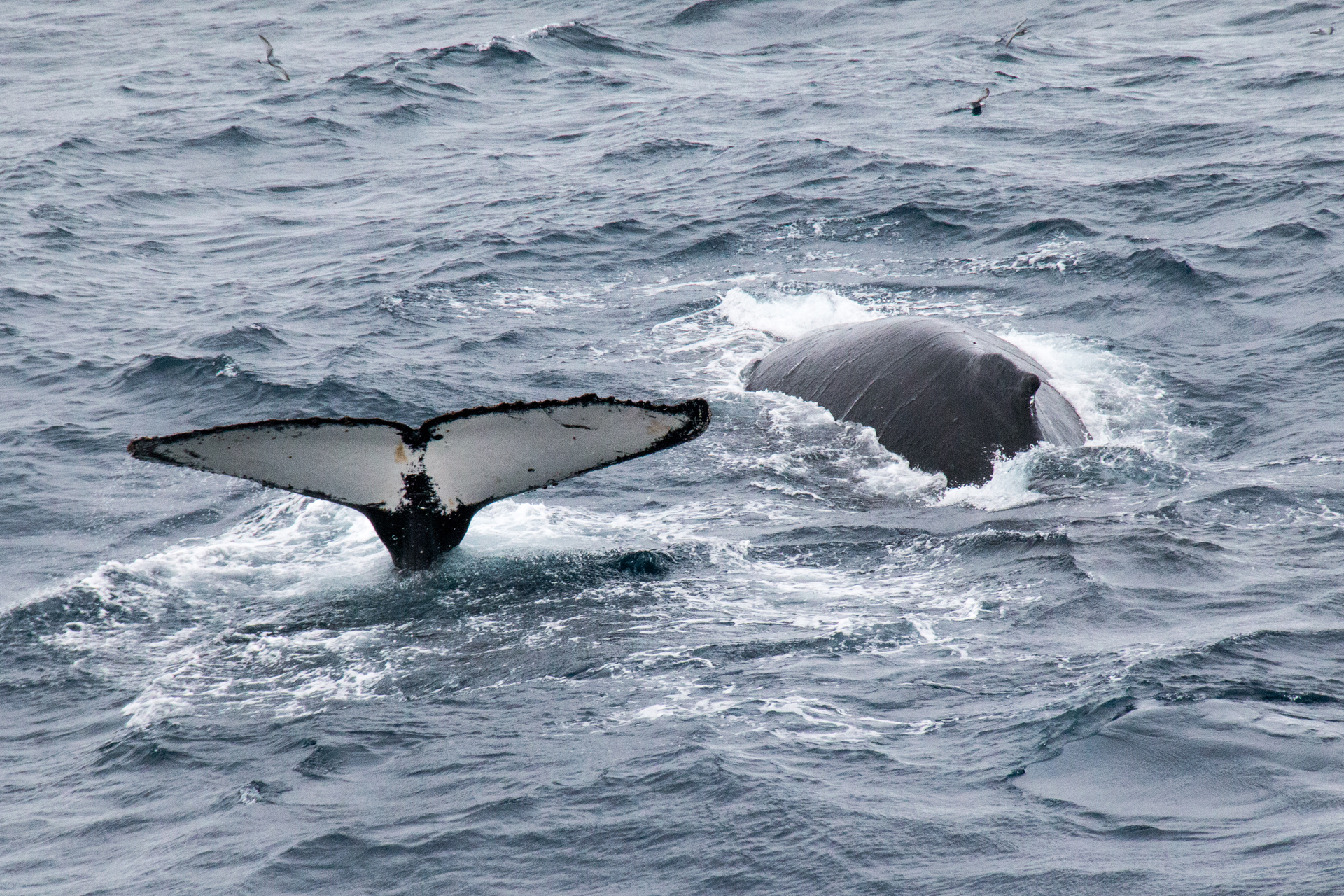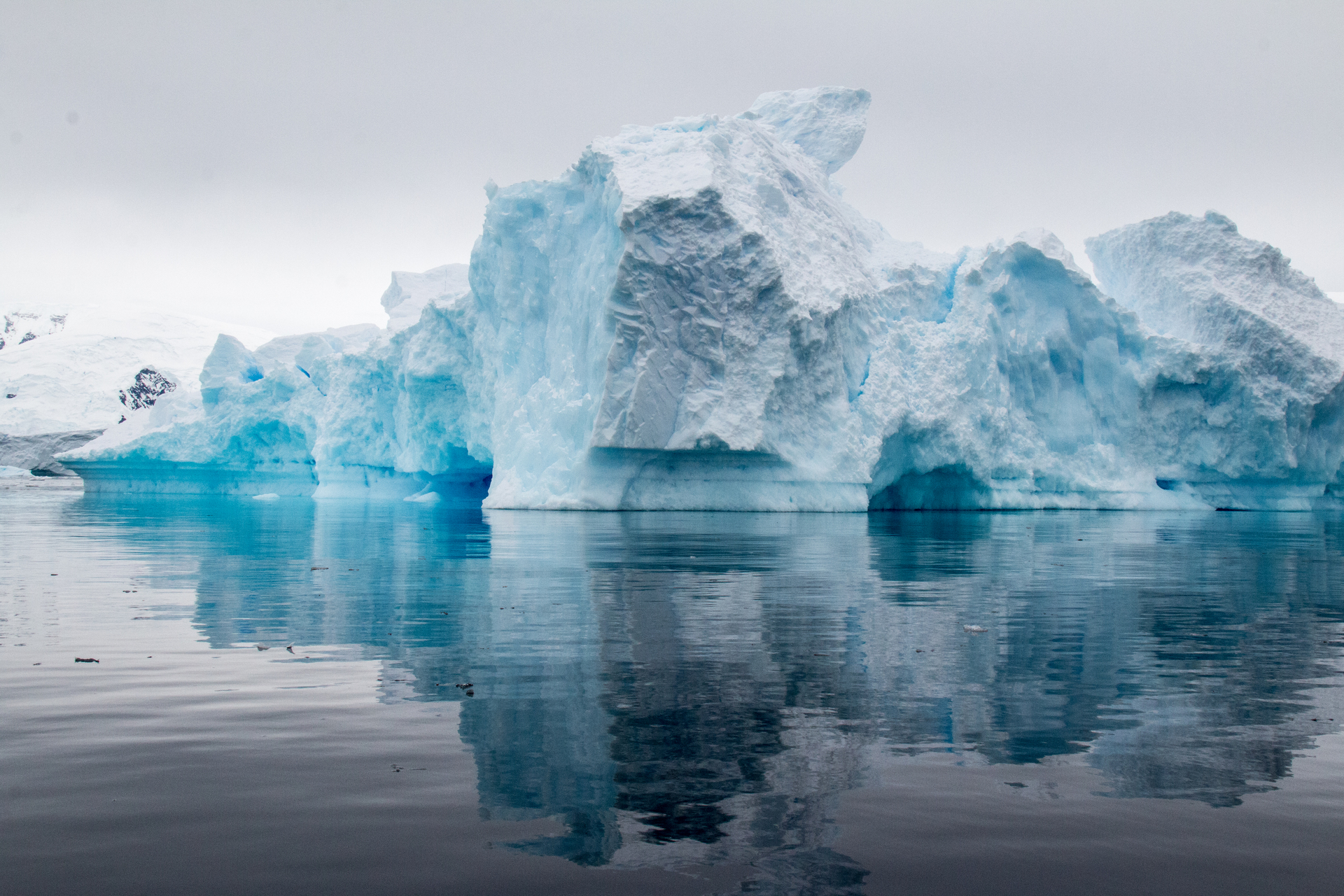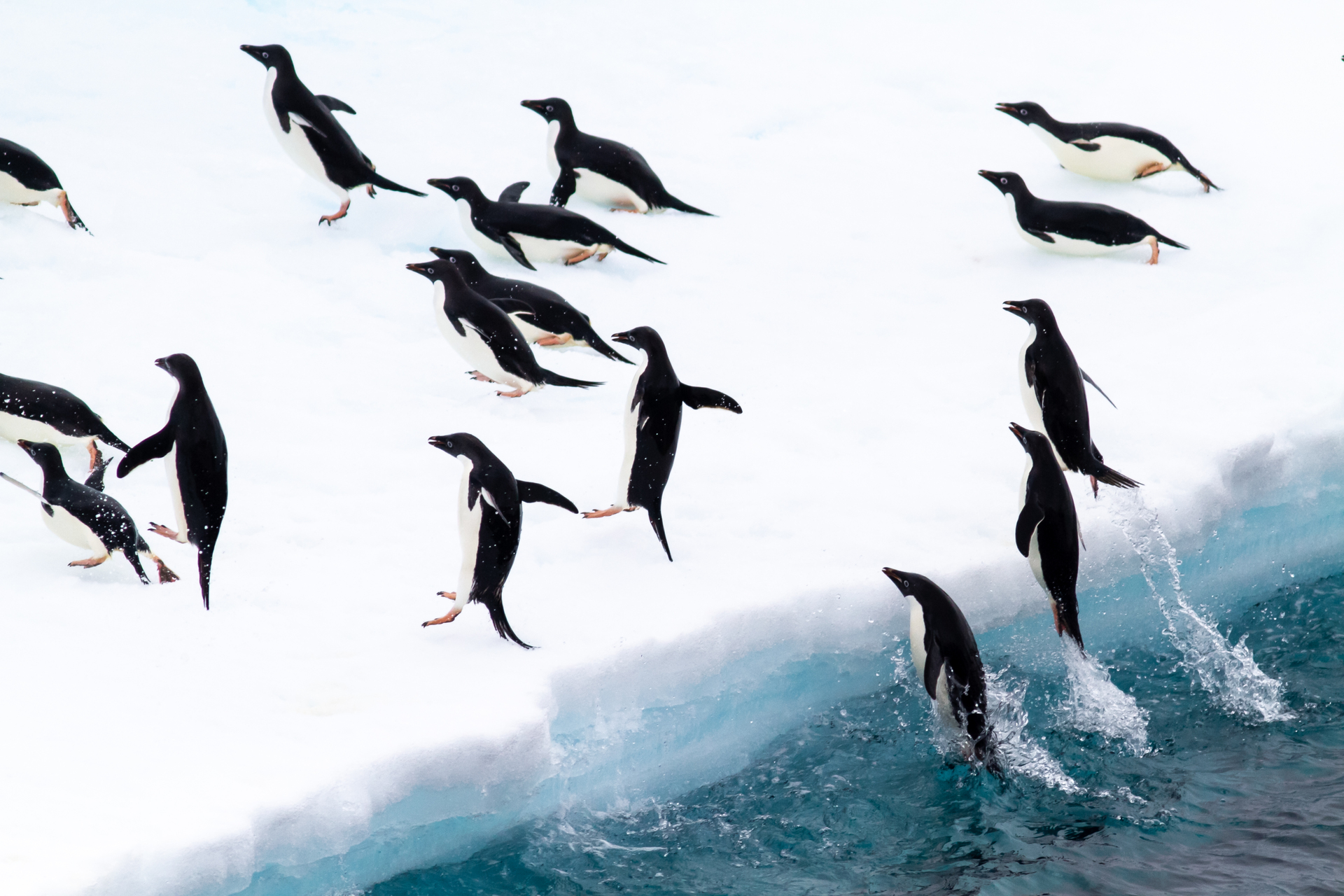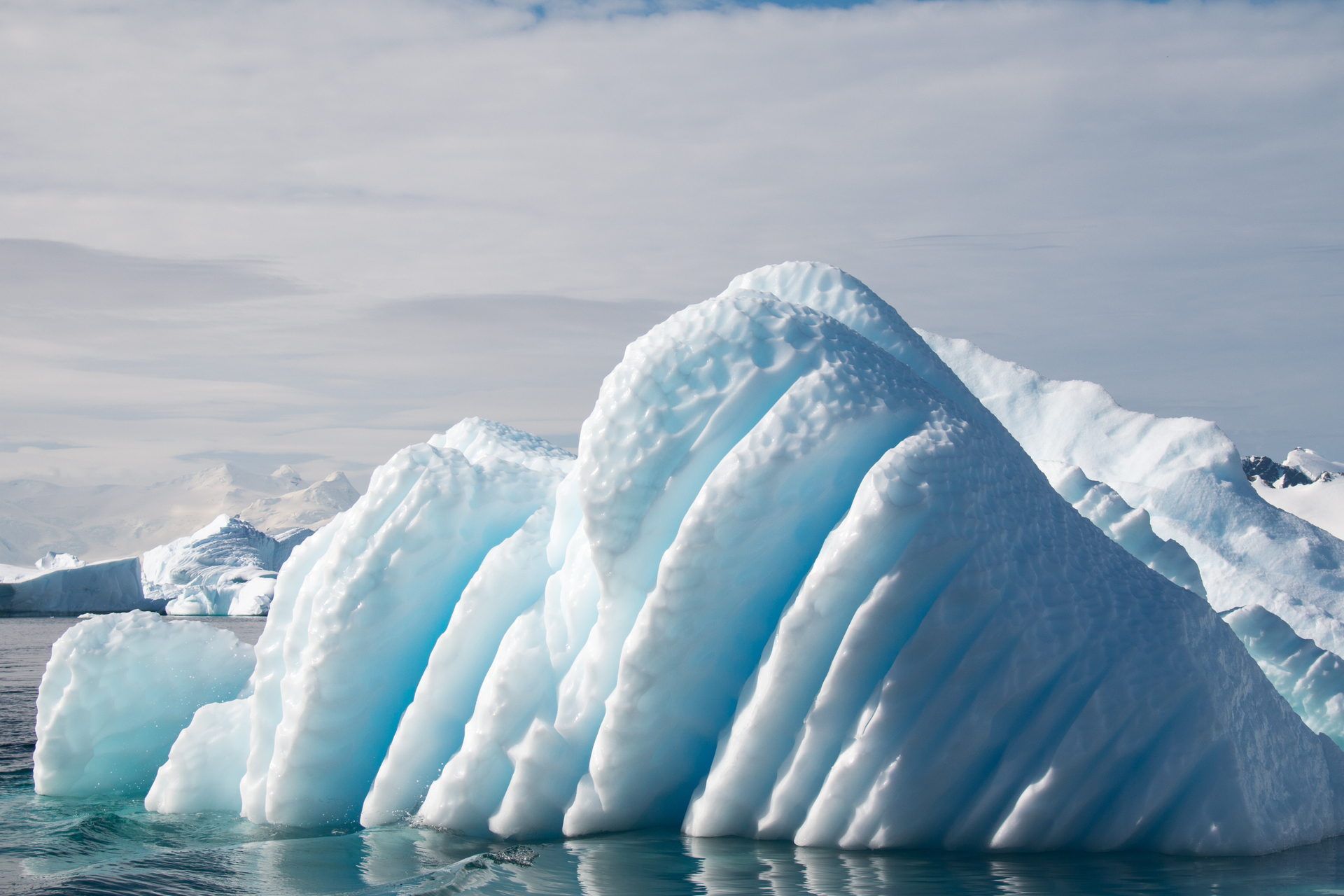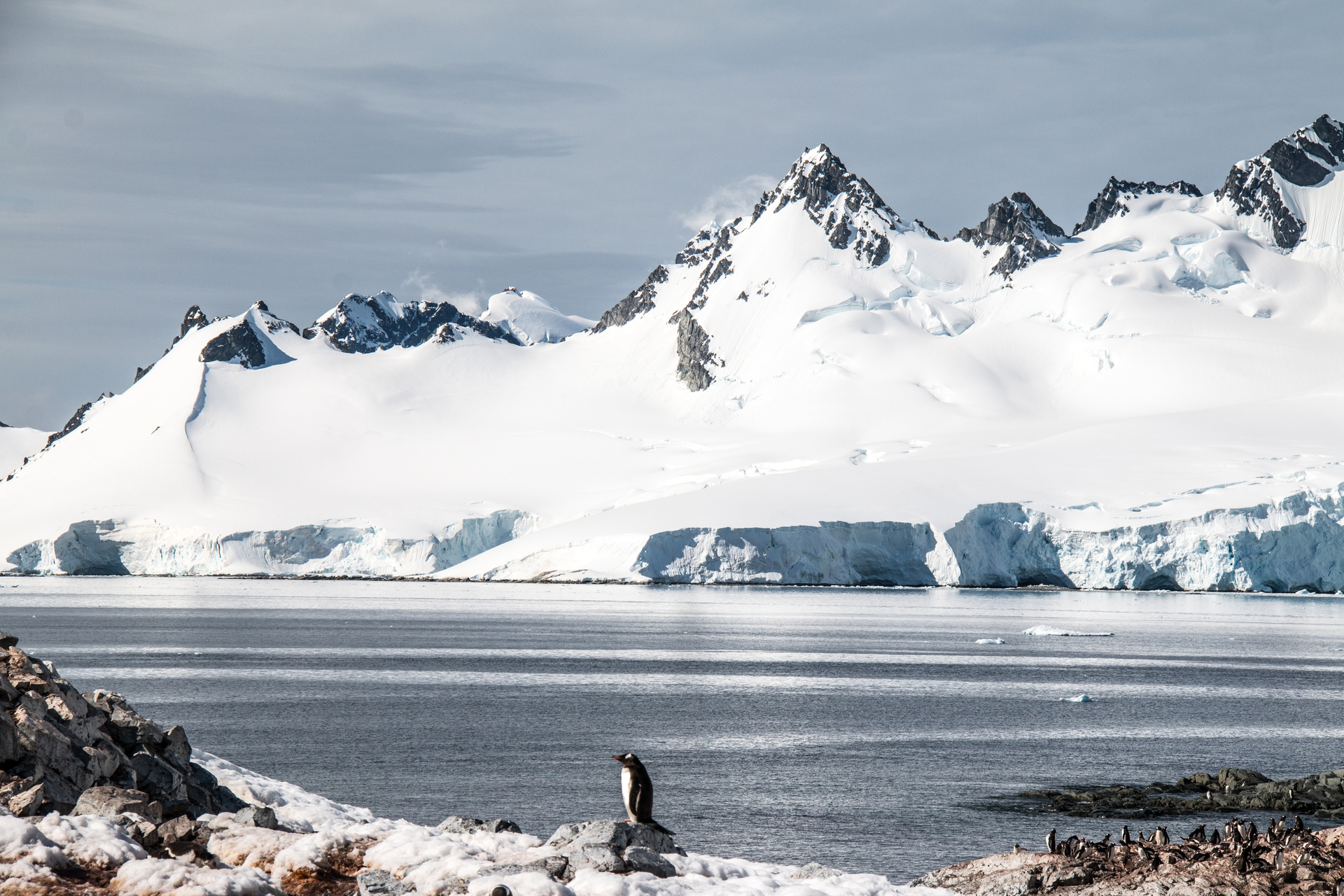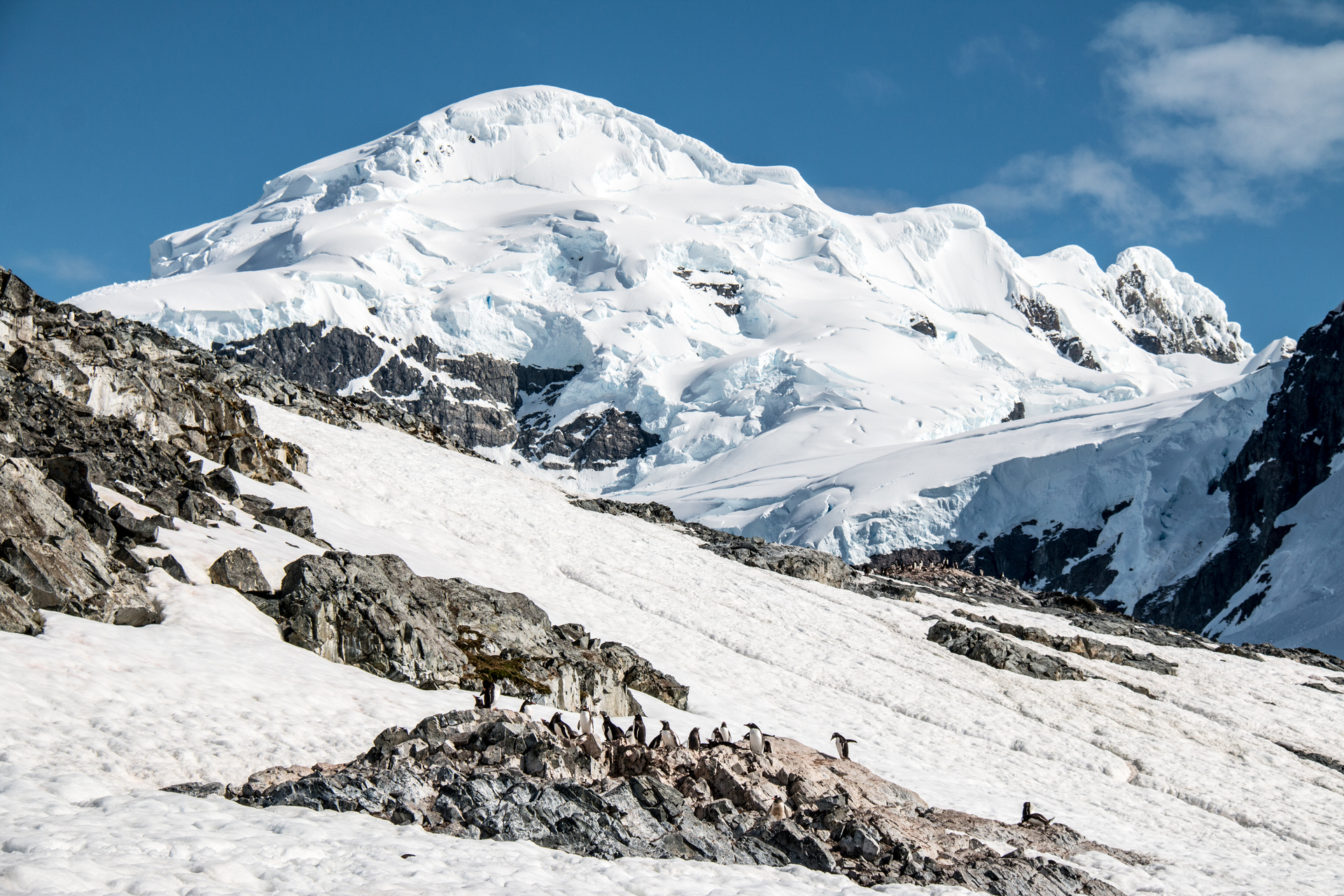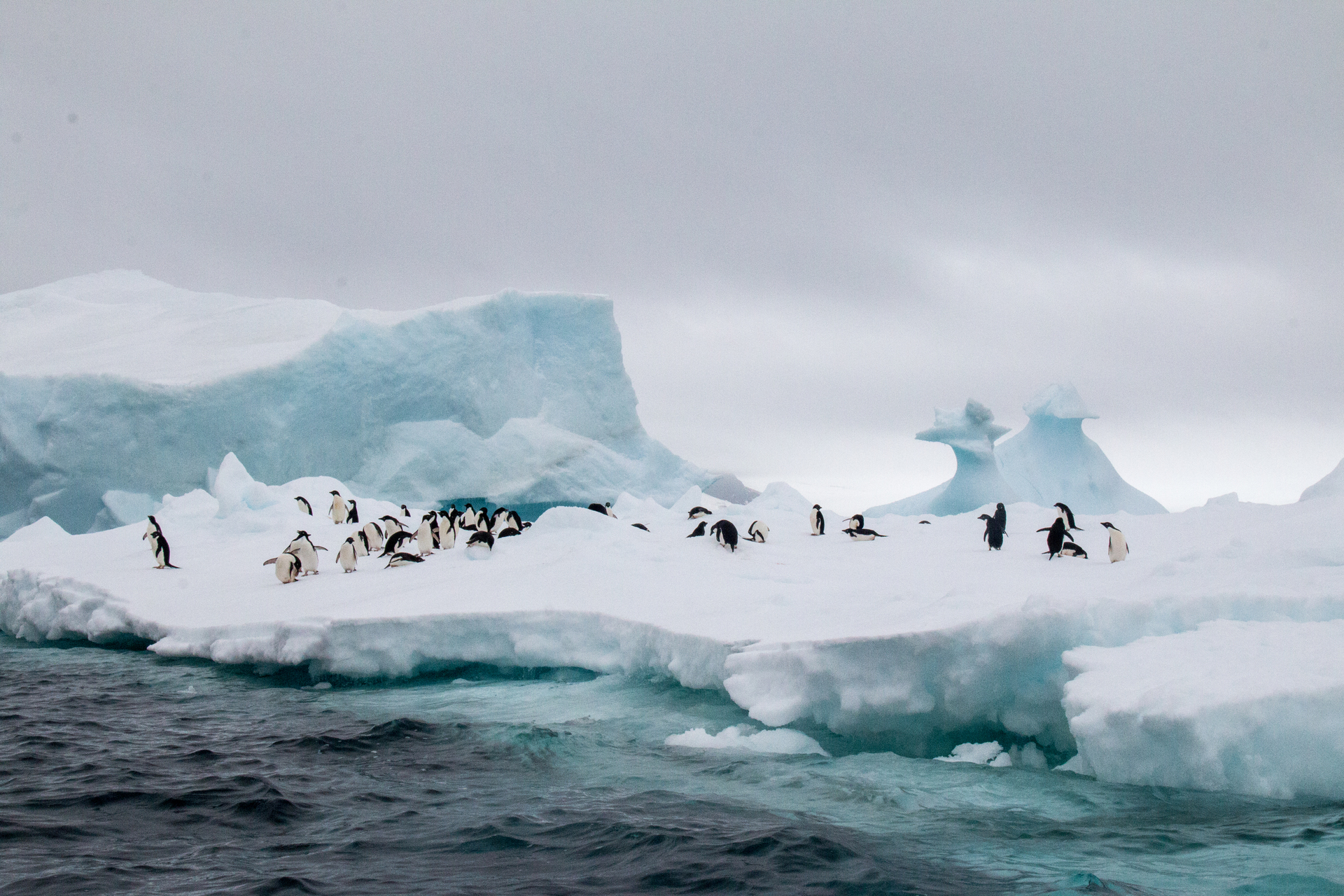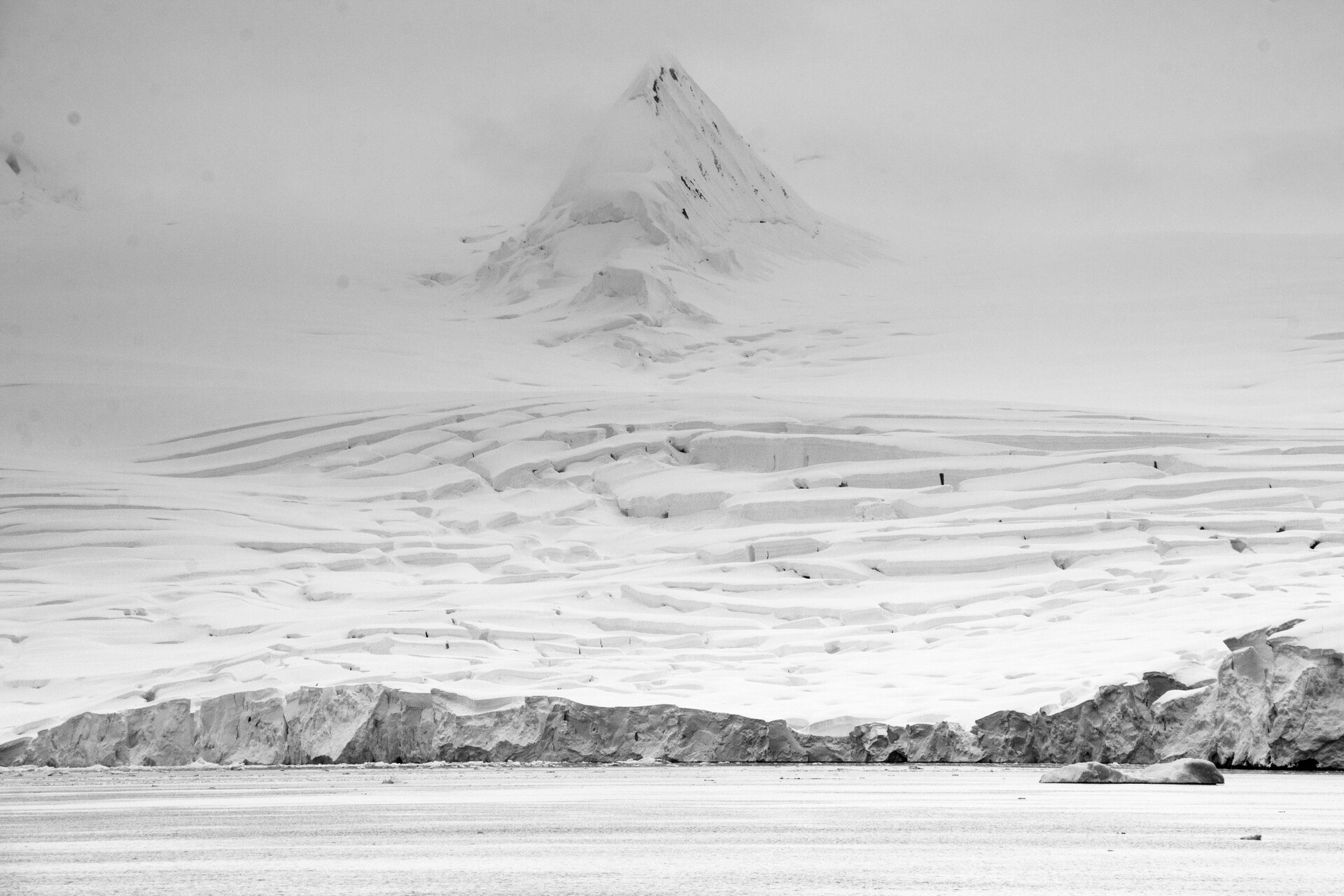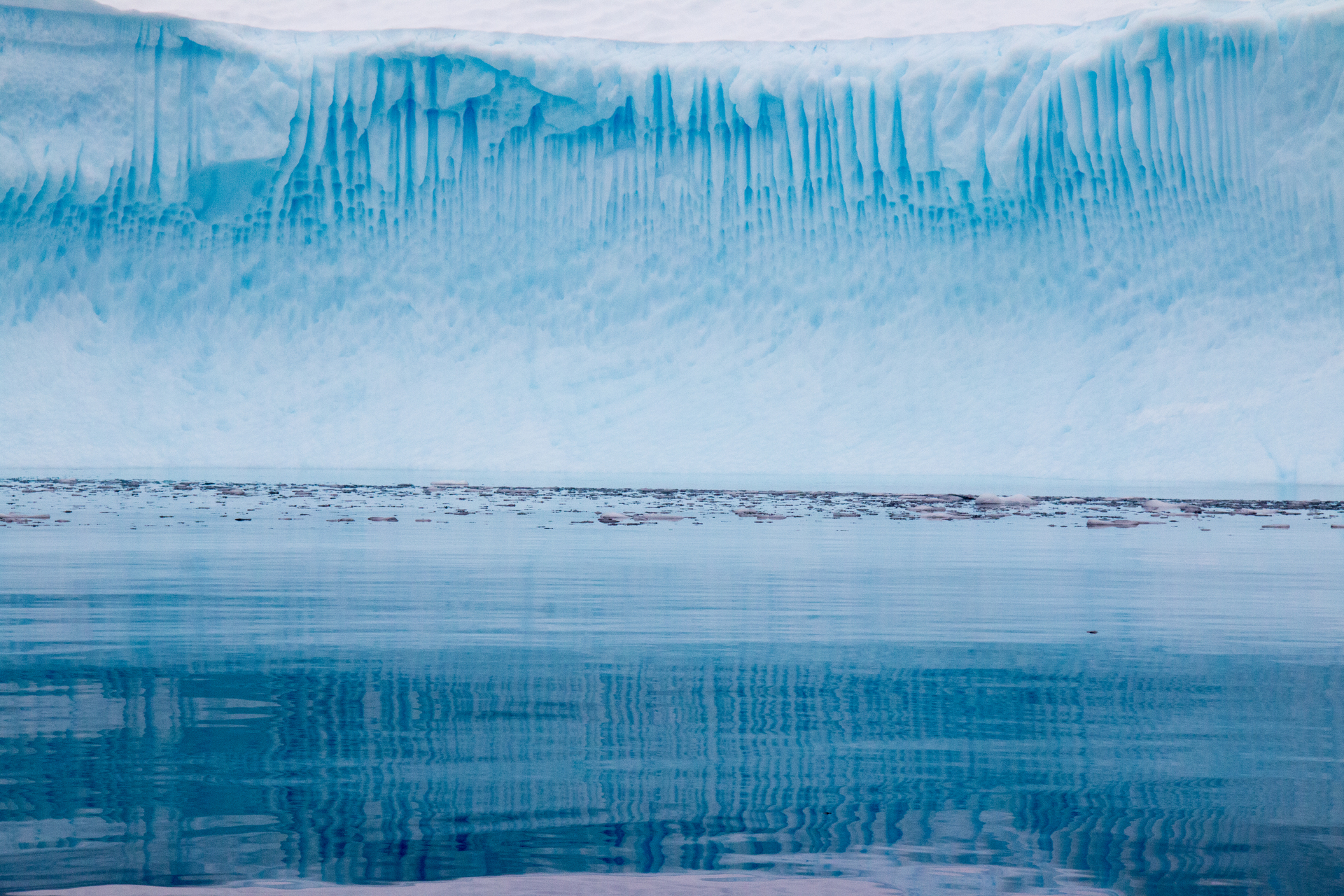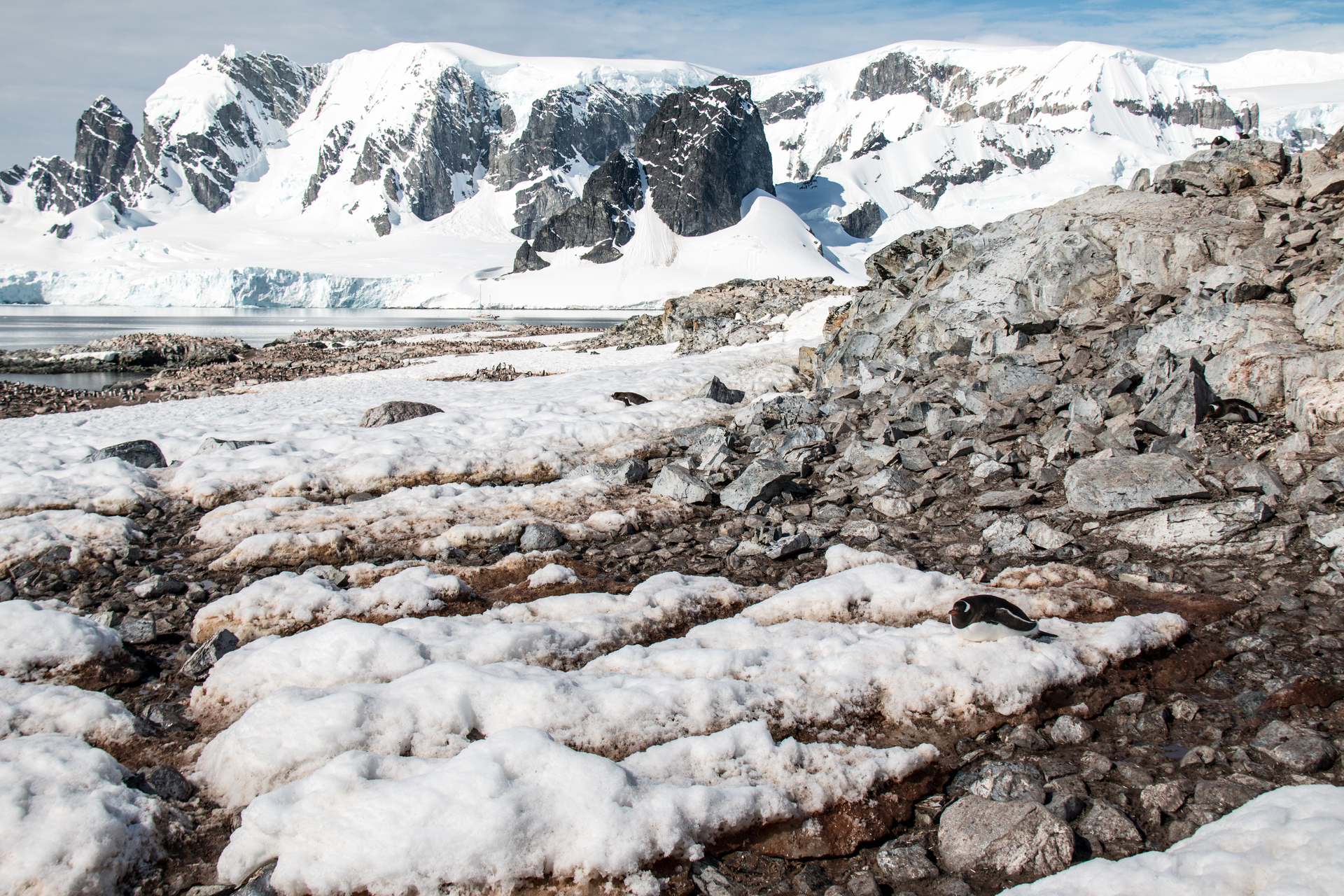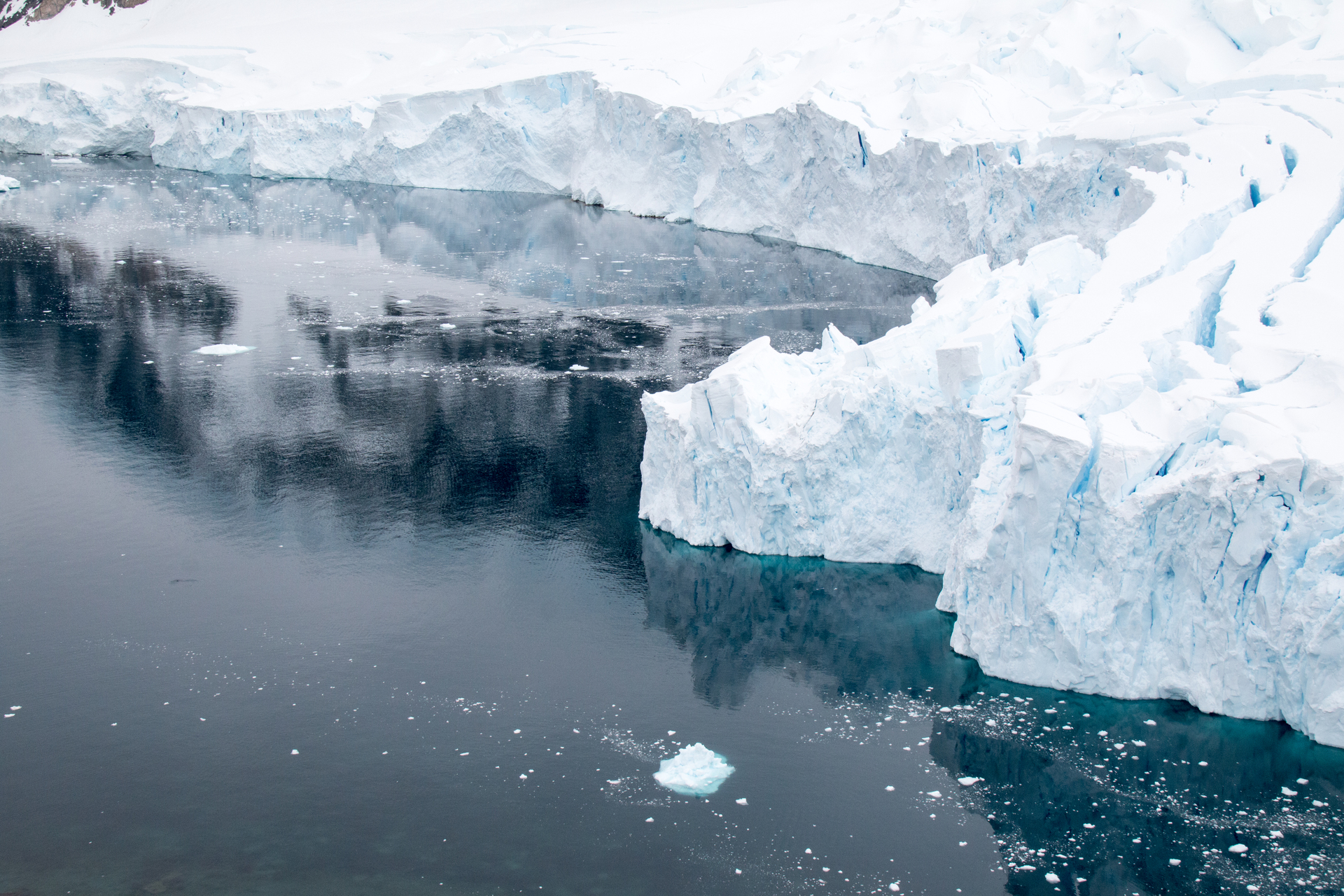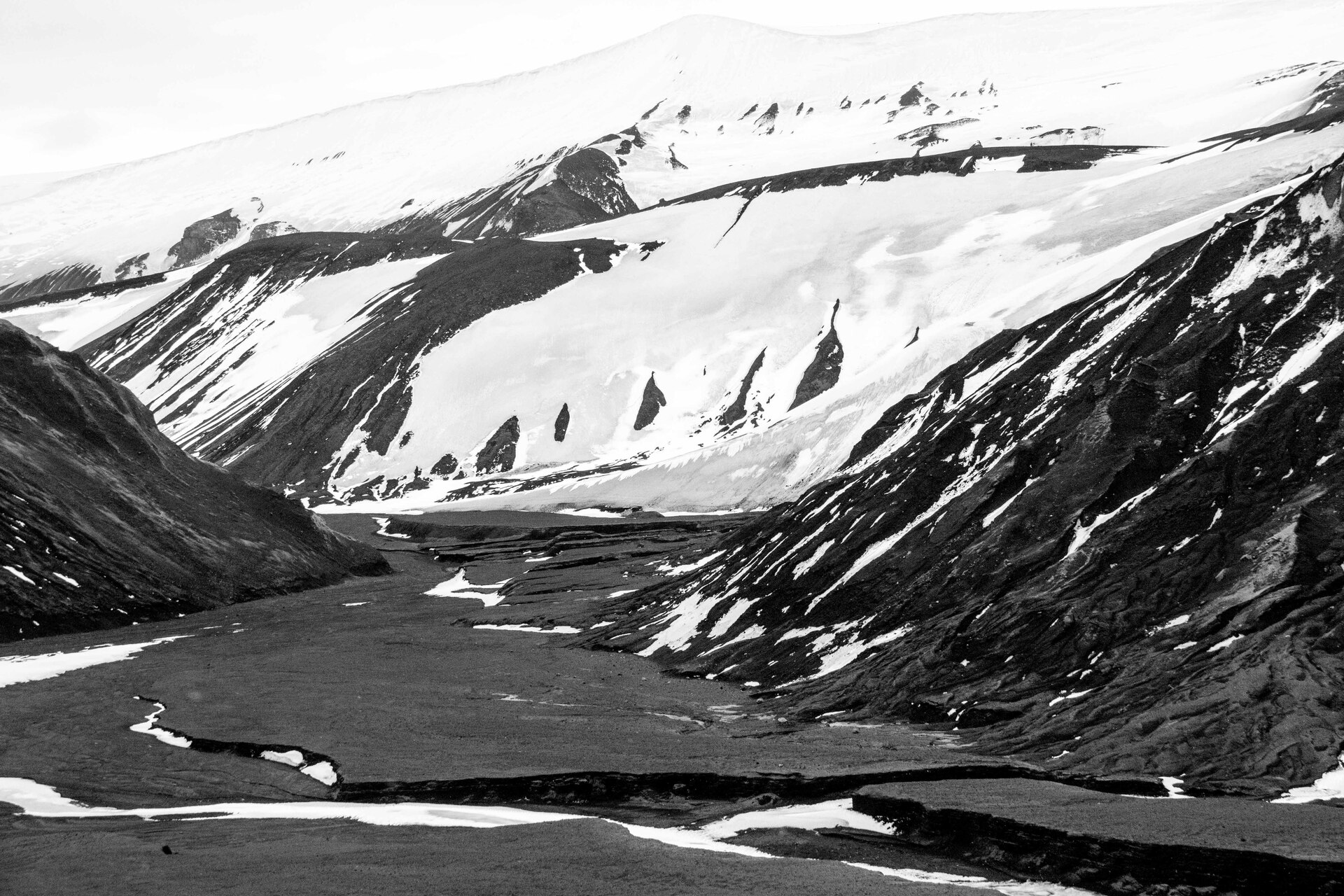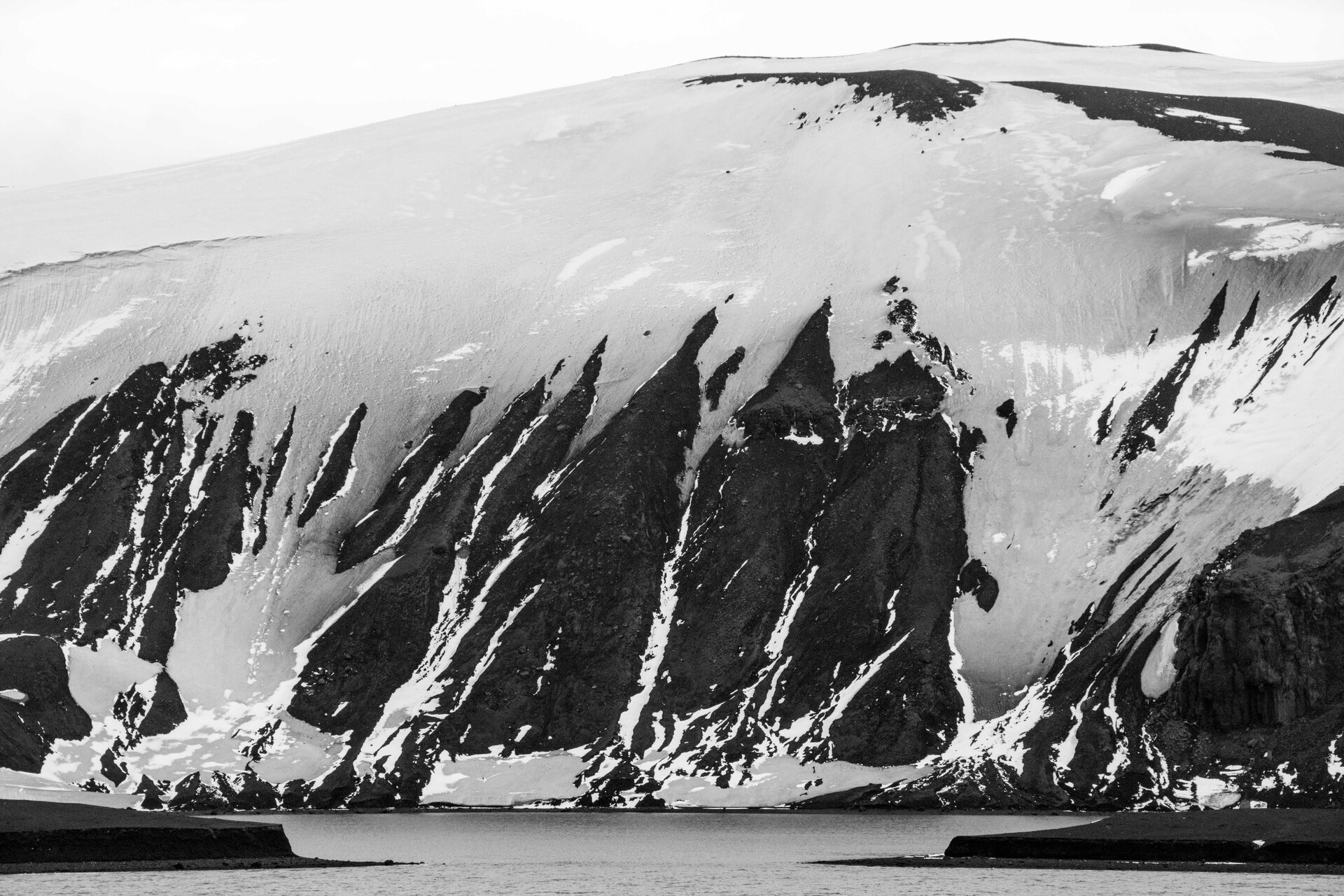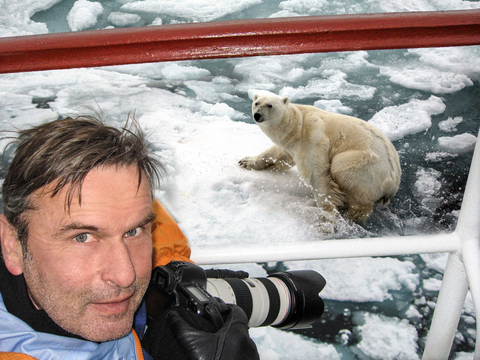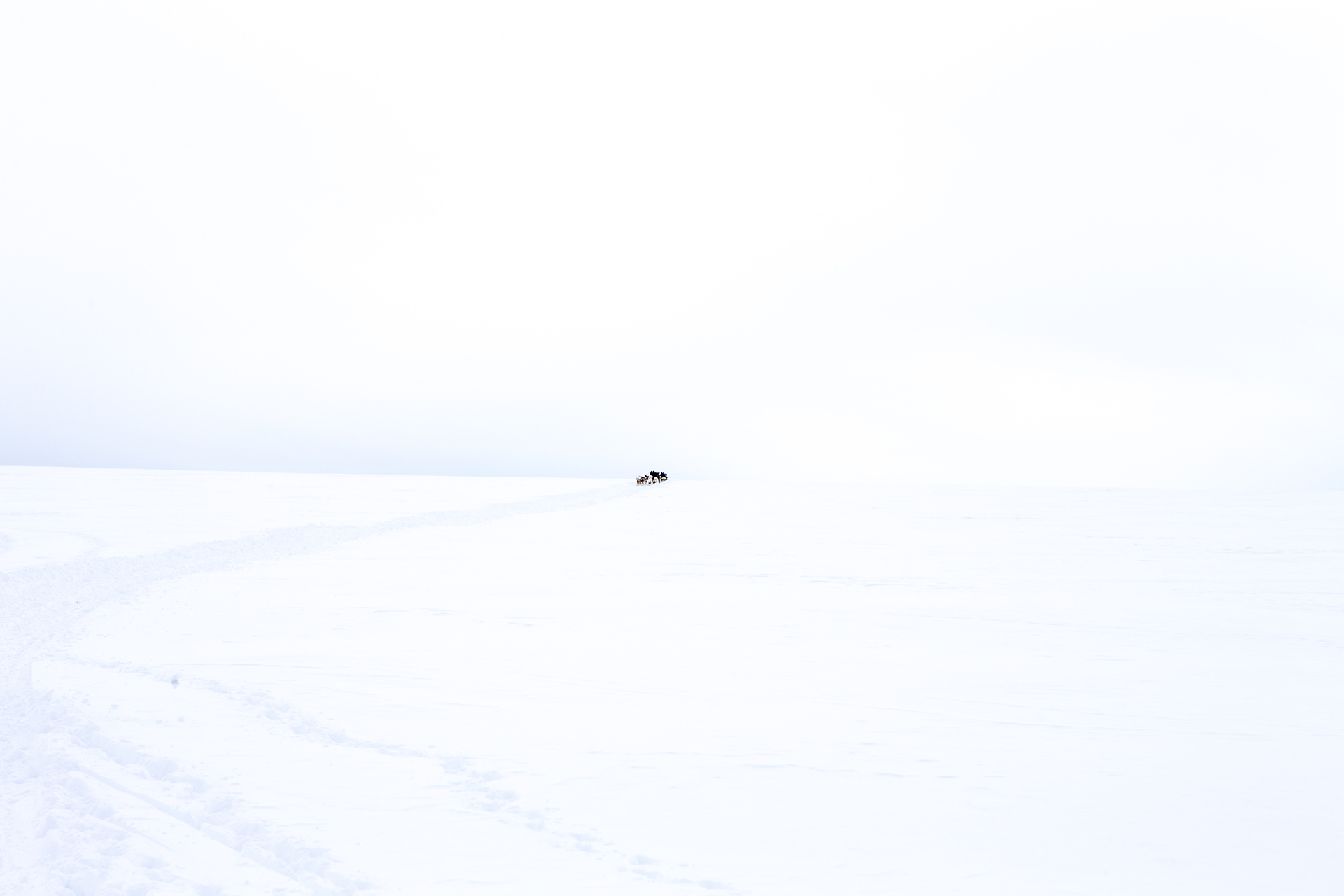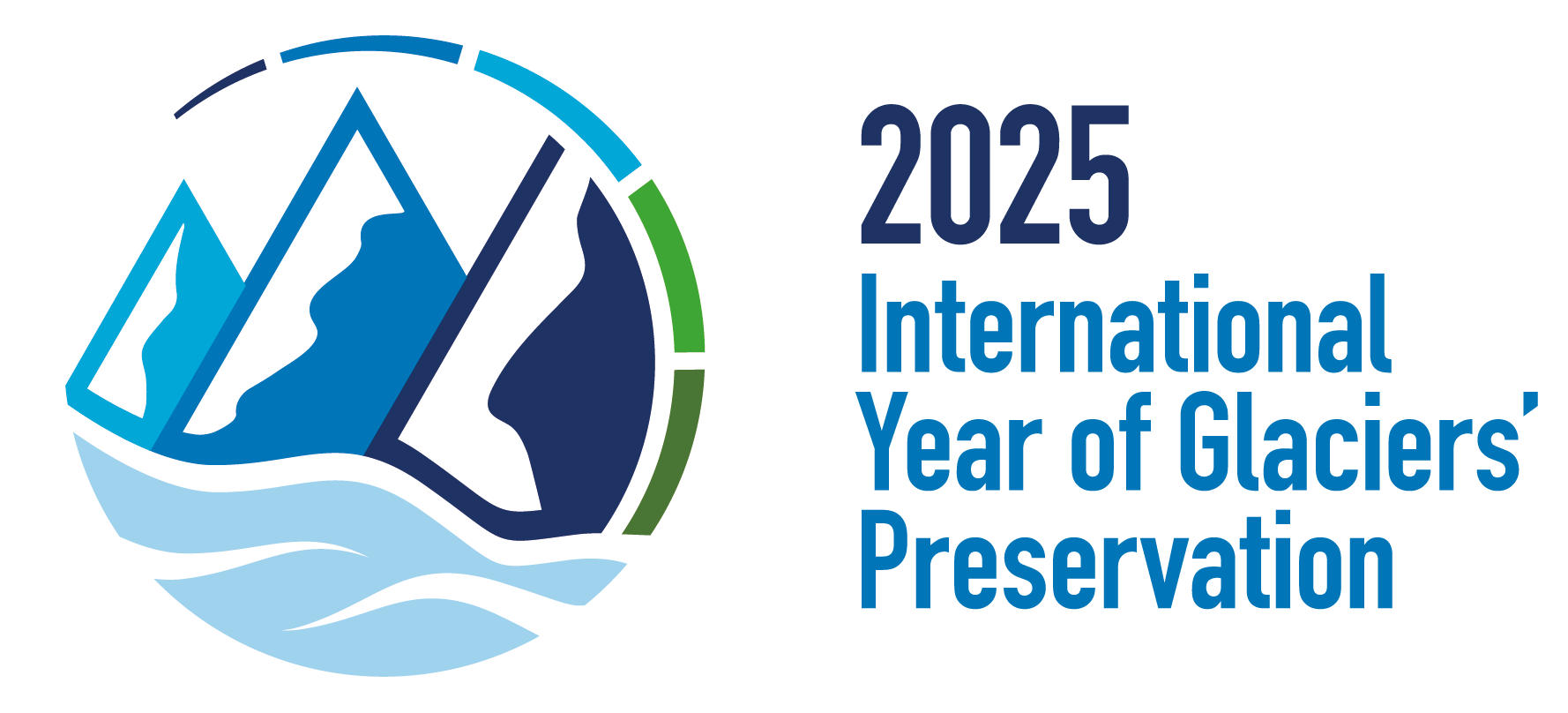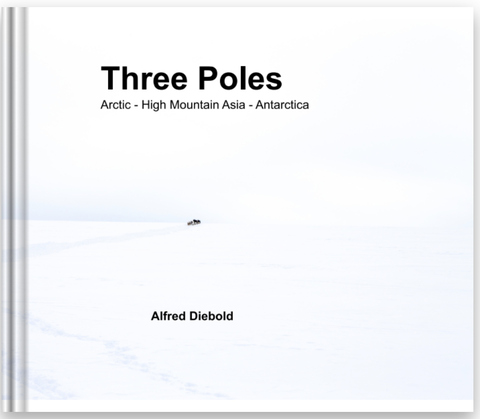Arctic
Svalbard, North Pole and Greenland
North Pole
Reaching the geographic North Pole is unlike any other destination on Earth. There is no landmass, no permanent station, no flag fluttering on solid ground. The Pole lies in the middle of the Arctic Ocean, on a shifting skin of sea ice that floats atop water four kilometers deep. Getting there requires persistence, patience—and a touch of obsession.The North Pole is not just a location—it’s a mythic place, a symbol of exploration, endurance, and now, ecological tipping points. Standing there, surrounded by white in all directions, you feel the curvature of the Earth. You are nowhere and everywhere. There is no time zone, no border, no horizon. Just drifting ice, biting cold, and the deafening silence of a planet holding its breath. And yet, even here, change is visible. The ice is thinner than it was a generation ago. Summer ice cover is retreating at unprecedented rates. Scientists warn of a future—perhaps within our lifetime—where the North Pole may be ice-free during summer. What happens at the top of the world doesn’t stay there. It comes back to us in floods, droughts, and shifting seasons.
I came to the North Pole not to conquer it, but to witness it. As a photographer, I tried to capture its emptiness, its surreal light, its delicate balance. As a storyteller, I felt compelled to share not just the images, but the questions this place raises: What do we value? Who decides the fate of shared spaces? And are we listening to the places that cannot speak for themselves? At 90° North, there is nothing—and everything. It is a point that connects all lines of longitude. A place where the Earth spins beneath you. And maybe, just maybe, a place where we can reimagine how to live more lightly on this planet.
Svalbard
Located halfway between the northern coast of Norway and the North Pole, this Arctic archipelago is a place of staggering contrasts—ice and fire, science and silence, memory and change. I have visited Svalbard several times over the past two decades. Each time, it feels both familiar and new. The glaciers have shifted. The sea ice retreats earlier. The tundra flowers bloom longer. The air is warmer—noticeably so. Svalbard is one of the fastest-warming places on Earth, a living barometer of climate change.
For most visitors to Svalbard, seeing a polar bear—the Isbjørn, the ice bear—is the dream. For me, each encounter has been unforgettable. Over the years, during my expeditions through the fjords and along the coasts of Svalbard aboard ice-class expedition vessels, I have witnessed these powerful yet vulnerable creatures many times. Often, the bear would appear as a distant silhouette—moving slowly across the ice, pausing to sniff the air, vanishing into the white. Sometimes, the ship would stop engines, and we would drift quietly, watching as a solitary male walked across a frozen bay or a mother with her cubs clambered over snow-covered ridges. The silence in those moments was immense. With a bit of luck a polar bear comes to the ship and rests on the ice. Scientists estimate that polar bears live between 20 and 25 years, though many die younger due to starvation, drowning, or human conflict. In Svalbard, the bears are protected, but their territory is shrinking. The sea ice forms later, retreats sooner, and is thinner every year.
The polar bear has become the symbol of Arctic climate change. But it is more than a symbol—it is a real, breathing, vulnerable creature. A mother. A hunter. A traveler like us, moving through a world that is vanishing.
Glaciers in Svalbard – Frozen Archives in Motion
In Svalbard, glaciers are everywhere—cascading down valleys, spilling into fjords, or perched high on mountain plateaus. Covering nearly 60% of the archipelago, these ancient rivers of ice are not just part of the landscape—they are its architects. They carve, grind, push, and reshape. And they remember. Each layer of compressed snow is a page in a frozen archive, holding the secrets of Earth’s past.
Over the years, during my travels through Spitsbergen, the largest island in Svalbard, I’ve stood in front of these massive ice walls—Monacobreen, Esmarkbreen, Kronebreen, to name a few—and listened. You can hear them groan and crack, sometimes with thunderous echoes that bounce across the fjord. It’s the sound of ice in motion. But in recent years, that motion has become faster, more chaotic, more desperate.
Svalbard's glaciers are among the most rapidly retreating in the world. Scientists have observed dramatic losses in both mass and extent, especially since the early 2000s. The reasons are clear: temperatures in Svalbard have risen more than 4°C over the past 50 years—about six times the global average. This is one of the most extreme cases of Arctic amplification. The result? Many glaciers are thinning, retreating inland, or breaking apart. Where once solid tongues of ice reached into the sea, now there are gravel beds and new lakes. Some glaciers have collapsed entirely, revealing bare rock that hasn’t seen daylight in thousands of years. The calving rate of many Svalbard glaciers has increased dramatically. In some areas, permafrost melt beneath the glacier beds has destabilized the entire system. What once flowed slowly is now disintegrating.
Across Greenland and the High Arctic
The Arctic has a rhythm. It is slow, deliberate, shaped by wind, silence, and the shifting of light on snow. Over the years, I have returned to it again and again—drawn not only by its epic landscapes and surreal beauty, but by the way time seems to stretch and the world is distilled to its essence. Among the many places I have traveled in the circumpolar North, Greenland stands apart.
My first steps in Nuuk, Greenland’s capital, felt oddly familiar. The town is modest in size, but it pulses with a quiet energy. Colorful houses perch on rock outcrops, their paint a visual language—red for public buildings, blue for commercial, green for telephone services, yellow for hospitals. A modern university sits beside museums housing Inuit skin boats, harpoons, and the haunting faces of soapstone carvings. Cafés serve muskox burgers alongside Danish pastries. This is Greenland today: a merging of Inuit heritage, Scandinavian influence, and the raw presence of nature.
I spent time speaking with Greenlanders—teachers, artists, hunters, and students. Many are of Inuit descent, part of a culture that for centuries survived by reading ice, weather, and animal behavior like a text. They still hunt seals and narwhals, but now use GPS and social media to track weather systems and share photos of their catch. Young people in Nuuk love football, hip-hop, and climate activism. They live between two worlds, and most navigate both with pride.
Football, surprisingly, is a national obsession. Despite the lack of grass fields, gravel pitches appear even in remote towns. In summer, under the midnight sun, games are played across the country, connecting communities otherwise divided by ice, mountains, and sea.
East Greenland, a region far less populated, wilder, and more traditional. In Tasiilaq, the largest town in the east, I met hunters preparing their dog sleds for the spring journeys over sea ice. Greenlandic sled dogs are not pets. They are working animals—lean, tough, and bred for stamina. When they run, there is poetry in their power. The sled glides, the wind cuts your face, and the silence of the ice becomes a canvas for motion.
This is a world where the weather rules everything. Plans change by the hour. A storm closes the sky, and you are grounded for days. But these delays bring gifts: time to sit in warm kitchens, drink coffee, and listen to stories.
Inuit families welcomed me into their homes. The conversation was often around hunting, climate, and community. They told me how the ice forms later and breaks earlier, how seal hunting routes are more dangerous now, and how some glaciers that once touched the sea are now dry valleys. These are not climate models or satellite images—these are eyewitness accounts from people whose lives are intertwined with ice.
Scoresbysund – Ice Cathedrals and Solitude
One of the most breathtaking chapters of my journey was sailing into Scoresbysund, the largest fjord system on Earth. Towering icebergs drifted silently—massive sculptures carved by time and temperature. Some resembled cathedrals, with spires and buttresses; others looked like ancient ships with sails of light. At dawn, they glowed in soft orange; at night, they turned blue, like ghosts in a polar dream.
In these remote places, time feels different. You measure the day by the movement of light, the drift of ice, and the call of Arctic birds. We anchored in bays where no one had stood for years. In the distance, I saw muskoxen grazing and polar foxes darting across rocky ridges. The silence was complete, yet filled with presence.
Siorapaluk – At the Edge of Human Life
In the far north, near the edge of the Nares Strait, lies Siorapaluk, the northernmost permanently inhabited settlement in Greenland. Fewer than 50 people live here, almost all of them Inughuit—descendants of the Inuit who adapted to some of the harshest conditions on Earth.
I was humbled by their welcome. Children laughed in the snow while elders prepared skins for clothing and tools. The community hunts narwhal, walrus, and polar bear with strict quotas and deep respect. This is one of the last places on Earth where subsistence hunting still provides most of a family’s food.
Yet even here, the changes are undeniable. The sea ice is thinner, breaking up earlier than before. Hunters have fallen through weakened ice. Food security is at risk. And while climate scientists speak of data points, in Siorapaluk, the melting is a lived experience.
Ilulissat and the Glacier That Roars
Back in West Greenland, I visited Ilulissat, a town famous for its dramatic ice fjord. From the rocky hills above, I looked out over an impossible sight: a field of broken ice stretching into the horizon. The Sermeq Kujalleq Glacier, one of the world’s fastest and most active glaciers, ends here—calving icebergs with the force of an avalanche.
You hear it before you see it: a deep rumble, then a cracking boom. A mass of ice tumbles into the sea. A wave radiates out. It is stunning—and unsettling. This is climate change made visible.
Scientists warn that if Greenland’s ice sheet continues to melt at the current pace, global sea levels could rise dramatically. The inland ice, stretching more than 2,000 kilometers from north to south, holds the equivalent of seven meters of sea-level rise. In Ilulissat, you can see the tipping point being carved, piece by piece.
Why This Story Matters
I have returned from these journeys with thousands of photographs—but more importantly, with a deepened sense of urgency. The Arctic is not just a wilderness. It is a climate archive, a mirror of human resilience, and a warning signal.
The Inuit of Greenland are not relics of a disappearing world. They are guides, interpreters, and stewards of a land we are only beginning to understand. Their knowledge, their traditions, and their adaptability offer wisdom we urgently need.
In the melting of the ice, we are not just losing glaciers. We are losing memory, culture, and equilibrium.
Through this story—and through my images—I want to share not only what I have seen, but what we still have a chance to protect. Greenland is a place of awe, of silence, of raw beauty. But it is also a place of voices. We need to listen.
